Hermes, the Epiphytes
“Hermes, the Epiphytes” was a solo exhibition in the Sunroom Porch of Wave Hill in the Bronx NY in 2014. It was an exhibition of three artist books.
Prologue
Hermes is the messenger and translator between the gods and mortals. A kind trickster, he is the protector of travelers, and inventor of language and lies.
Here, Hermes has transformed into three epiphytes, kind-hearted and sneaky plants that cling onto host plants (such as trees) for structural support. Benevolent opportunists, these plants never hurt their host. It is just nutritionally advantageous for the epiphyte to clutch onto a stronger plant, positioning itself for the best source of light and rainfall.










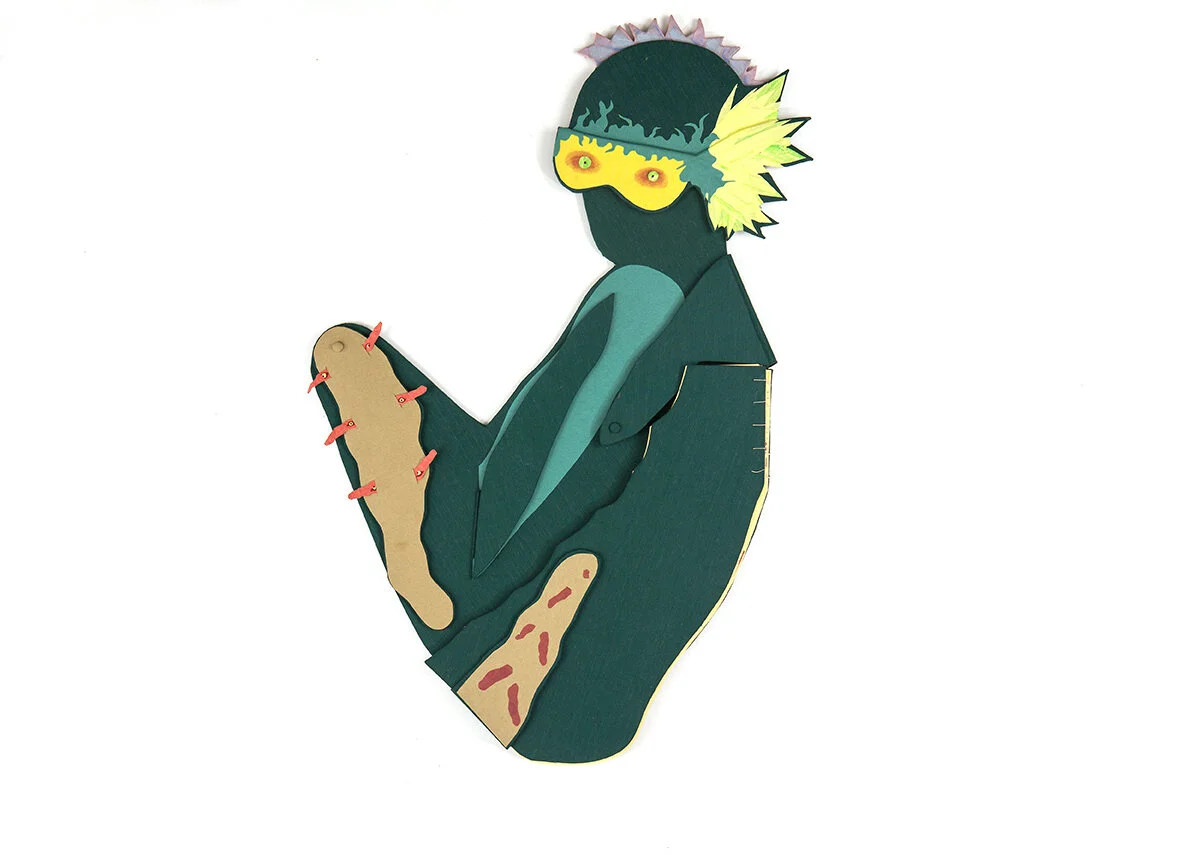
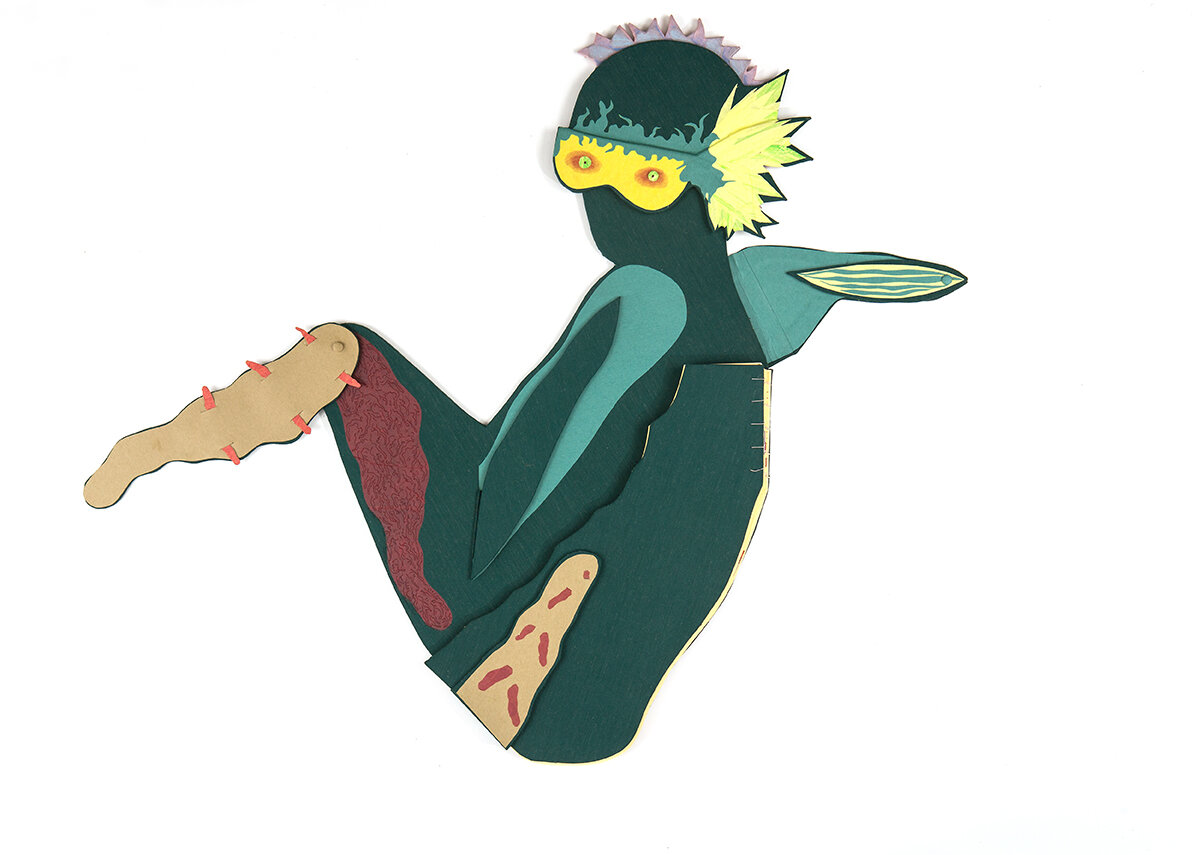
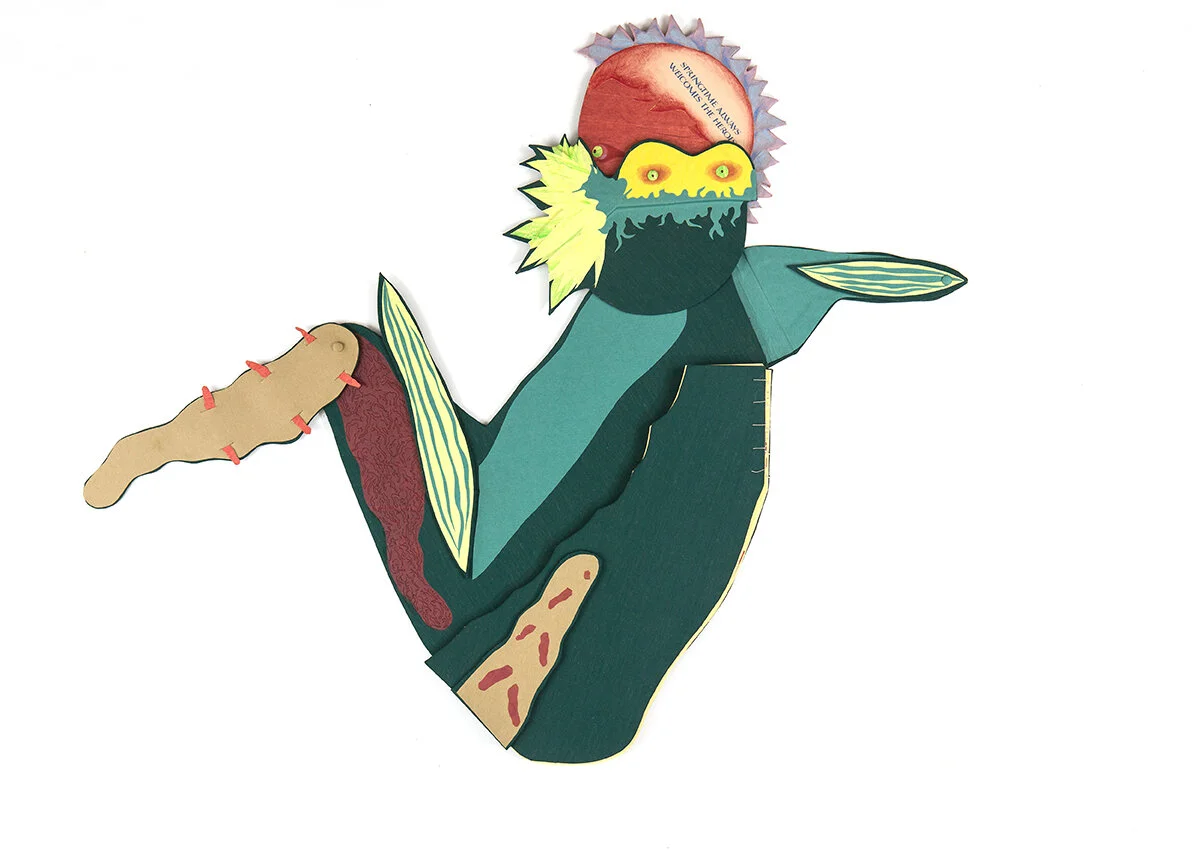
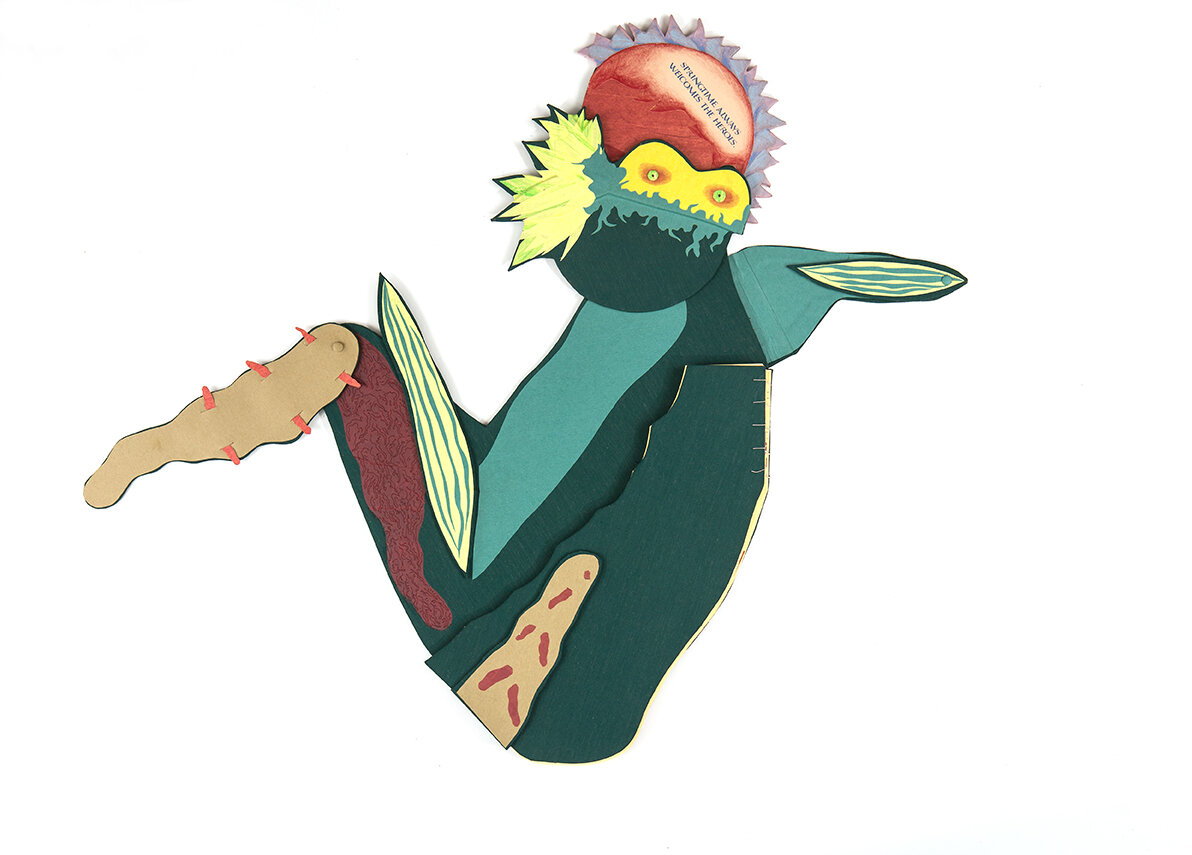
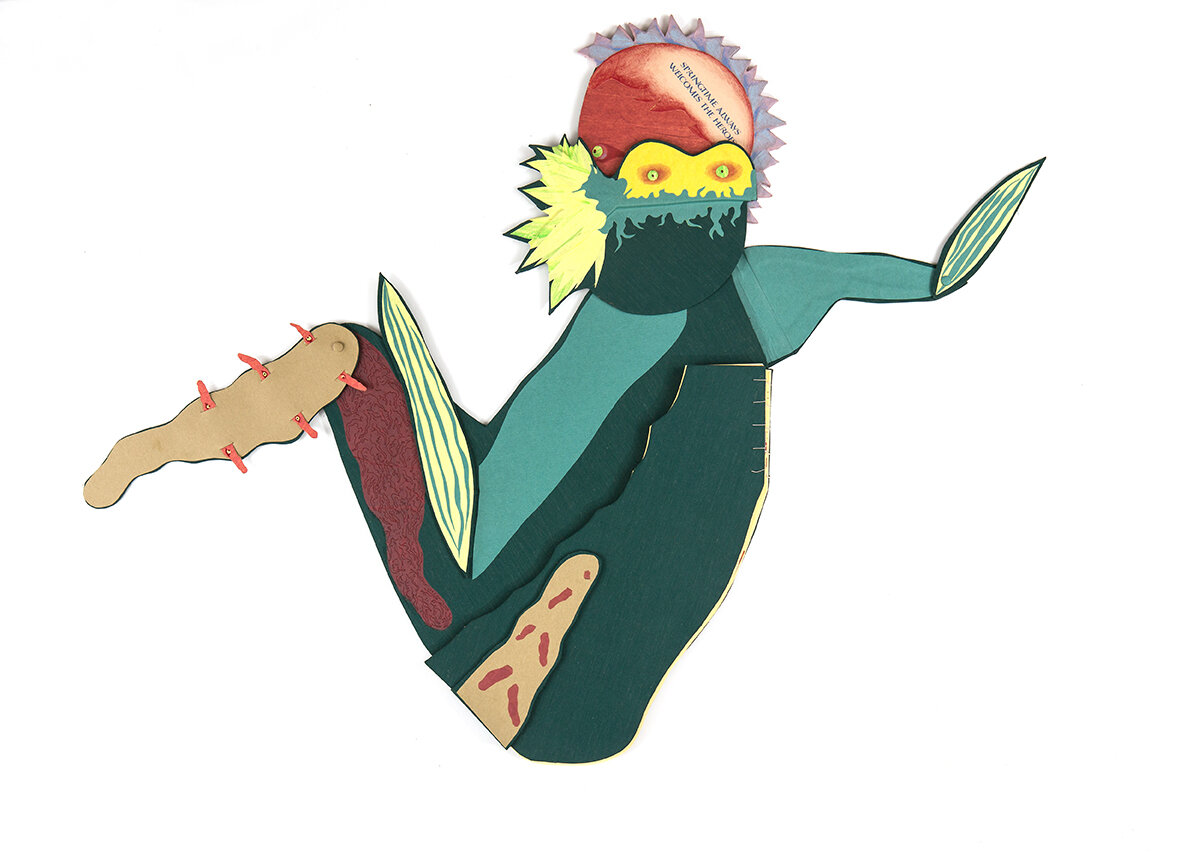
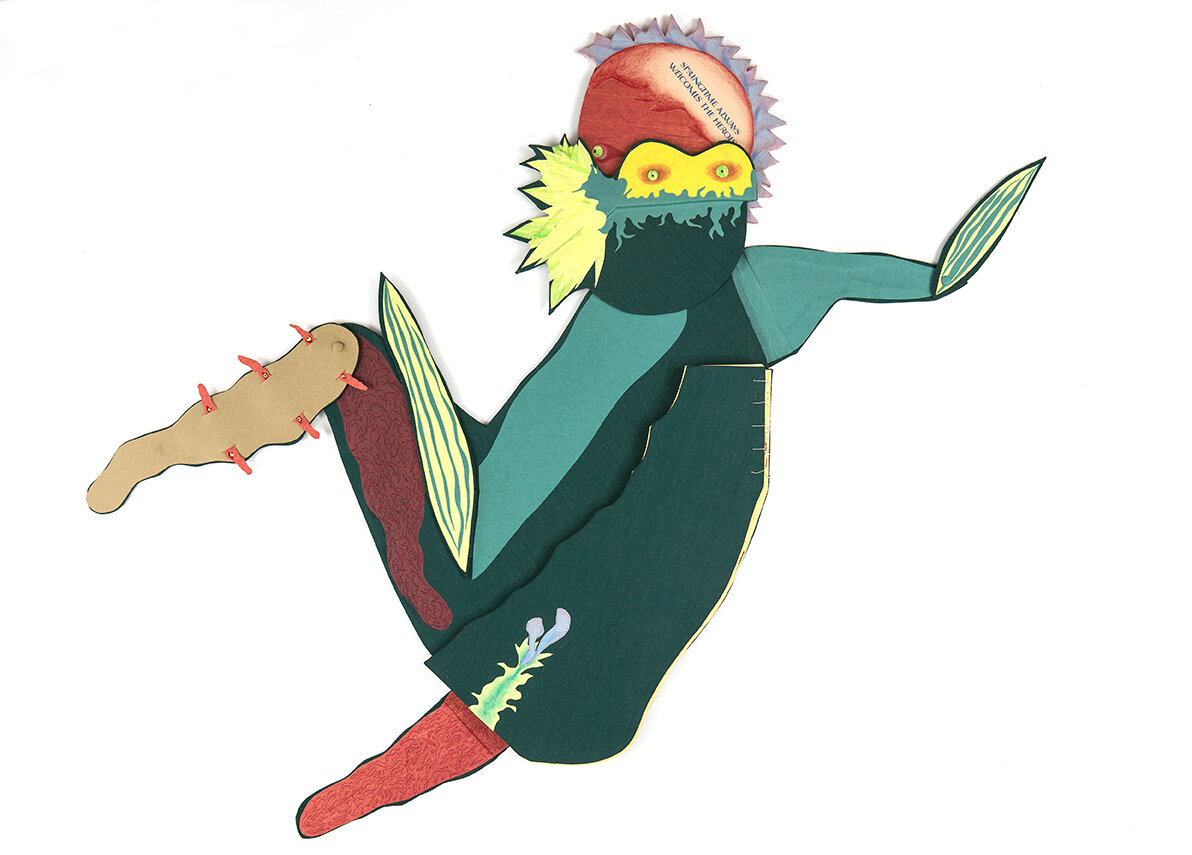
Bromelia Neoregelia
The Greek word for spring is hora, which shares the same root as hero.
Why ask my generation?
As is the generation of leaves, so is that of humanity.
The wind scatters the leaves on the ground, but the live timber
burgeons with leaves again in the season of spring returning.
So one generation of men will grow while another
dies.
There is an ecosystem
inside of the bromelia neoregelia,
the epiphyte that clings onto
the large trunks of trees by its roots.
The center of the plant is a cup
that holds rainfall. It is a pond where
all of the flowers grow.
Many emerald green buds stick
their tops through the surface of the water.
The buds are wet and glimmering; seductive
as you try to glimpse at your reflection.
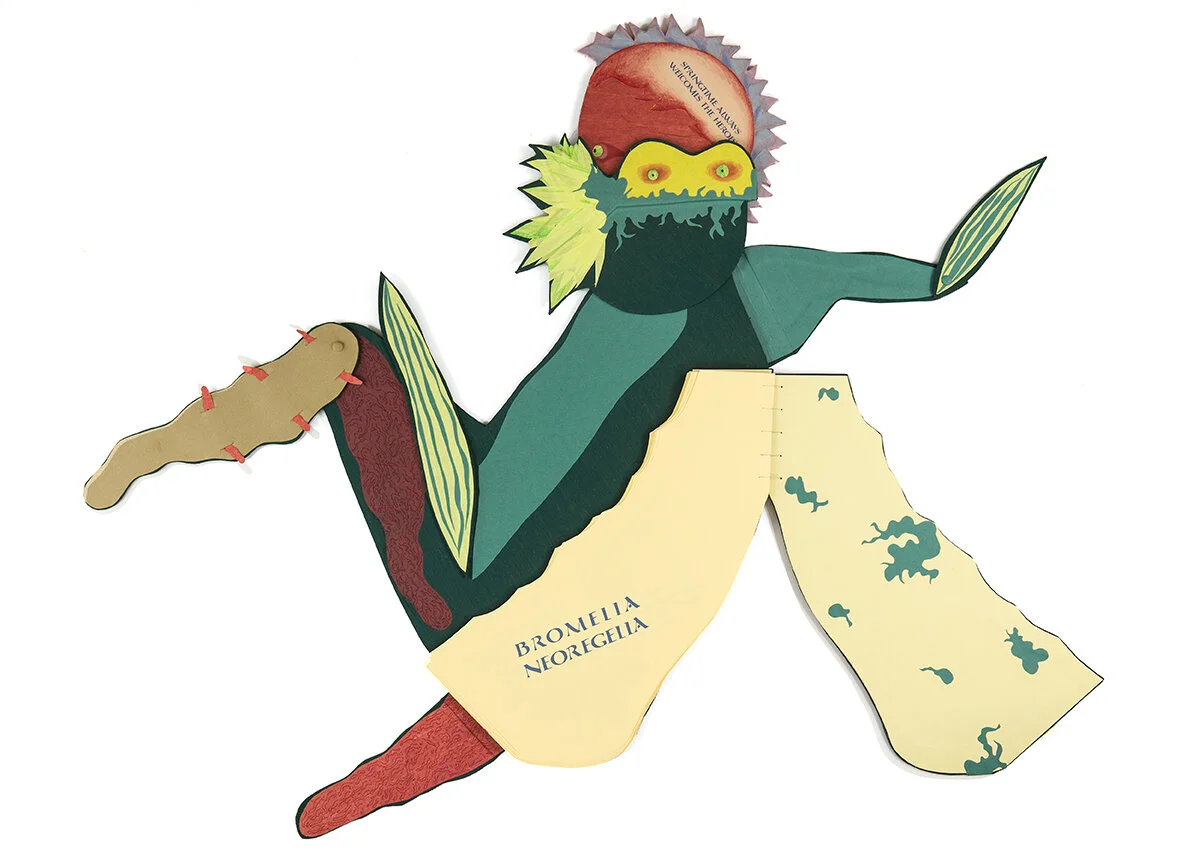

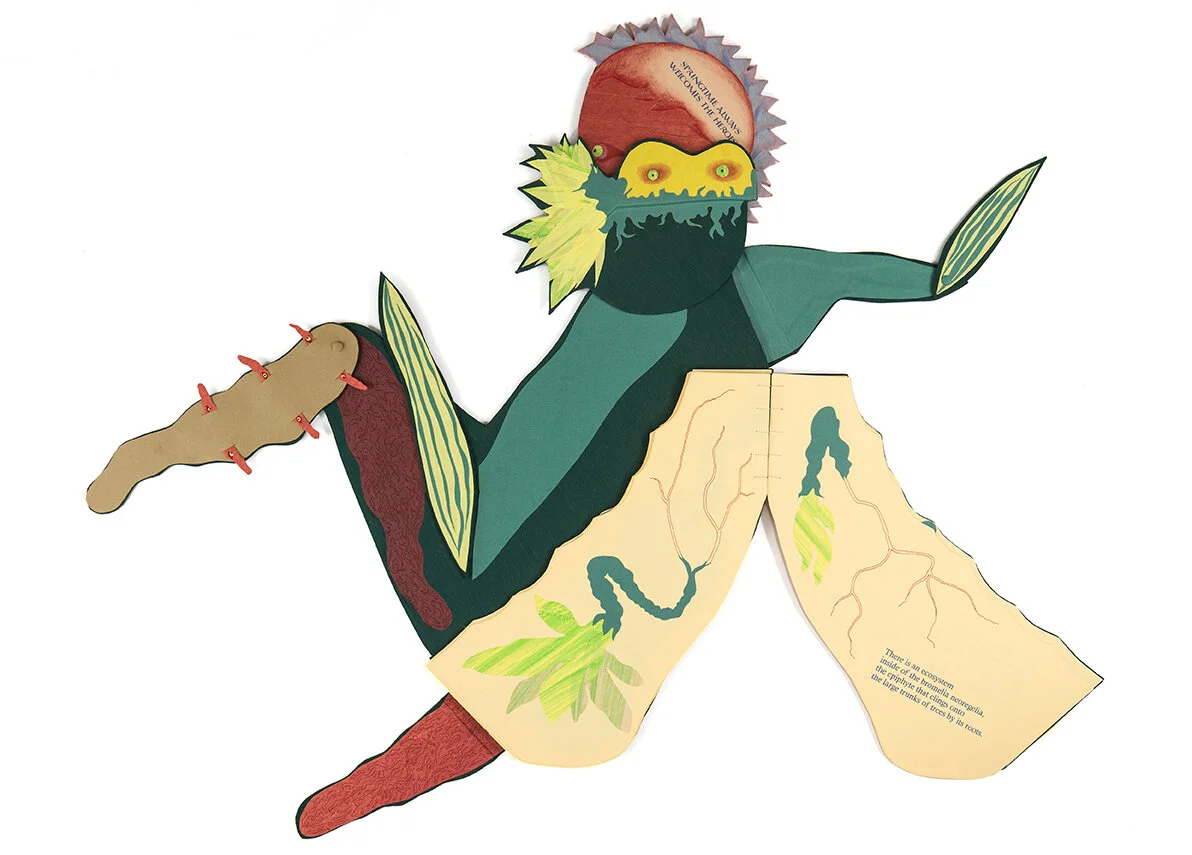
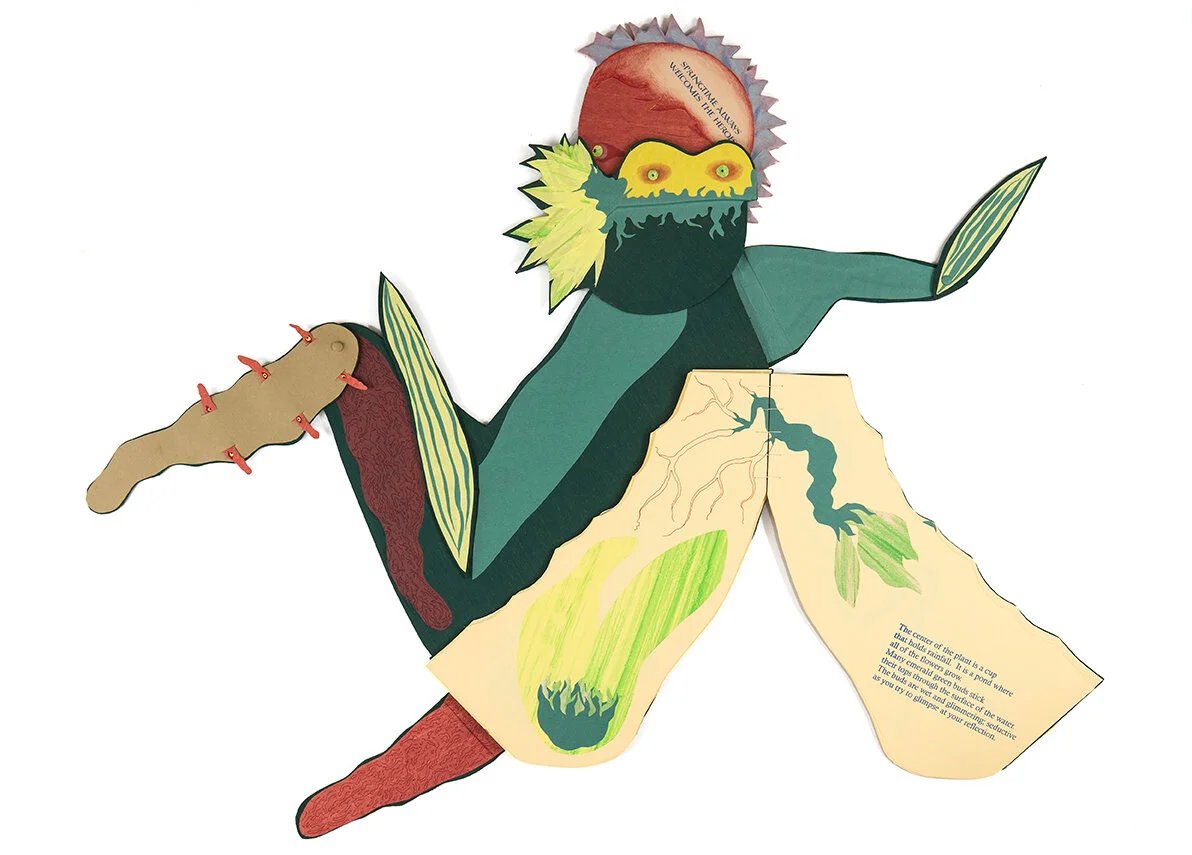
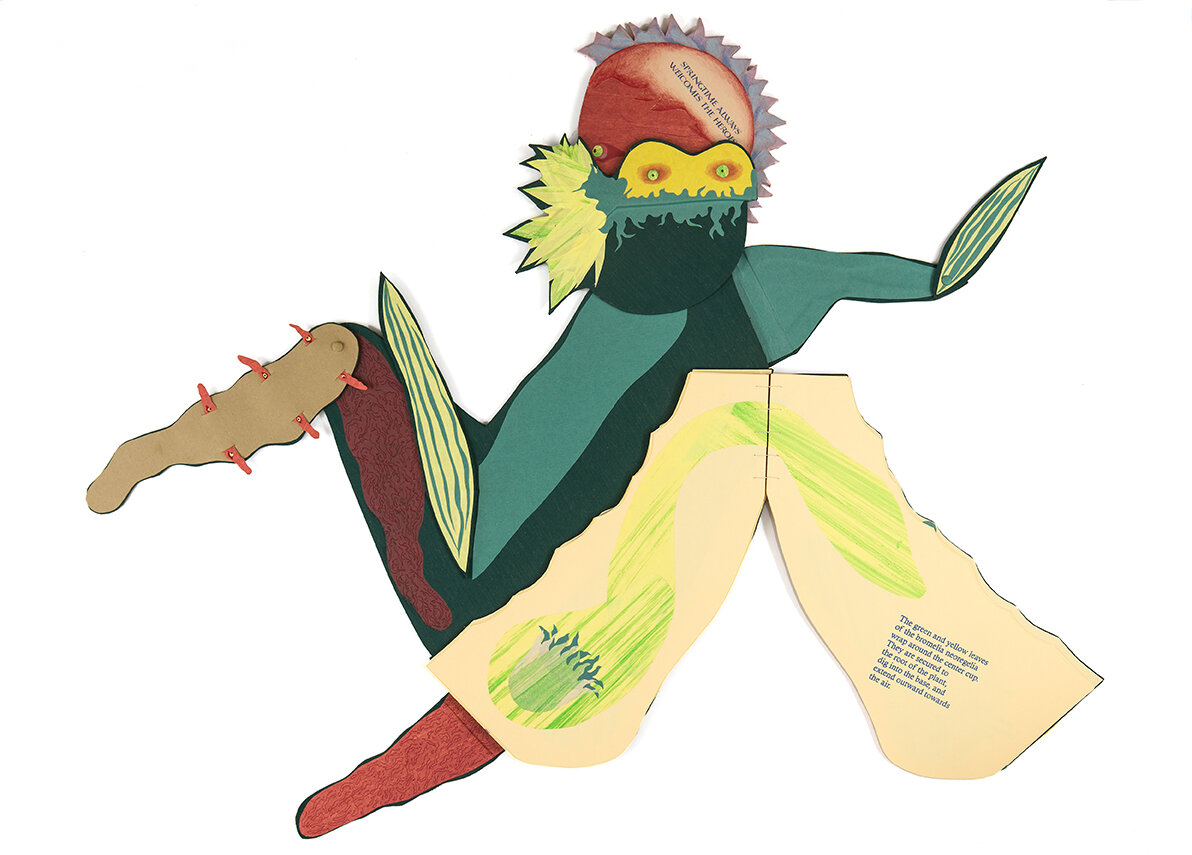

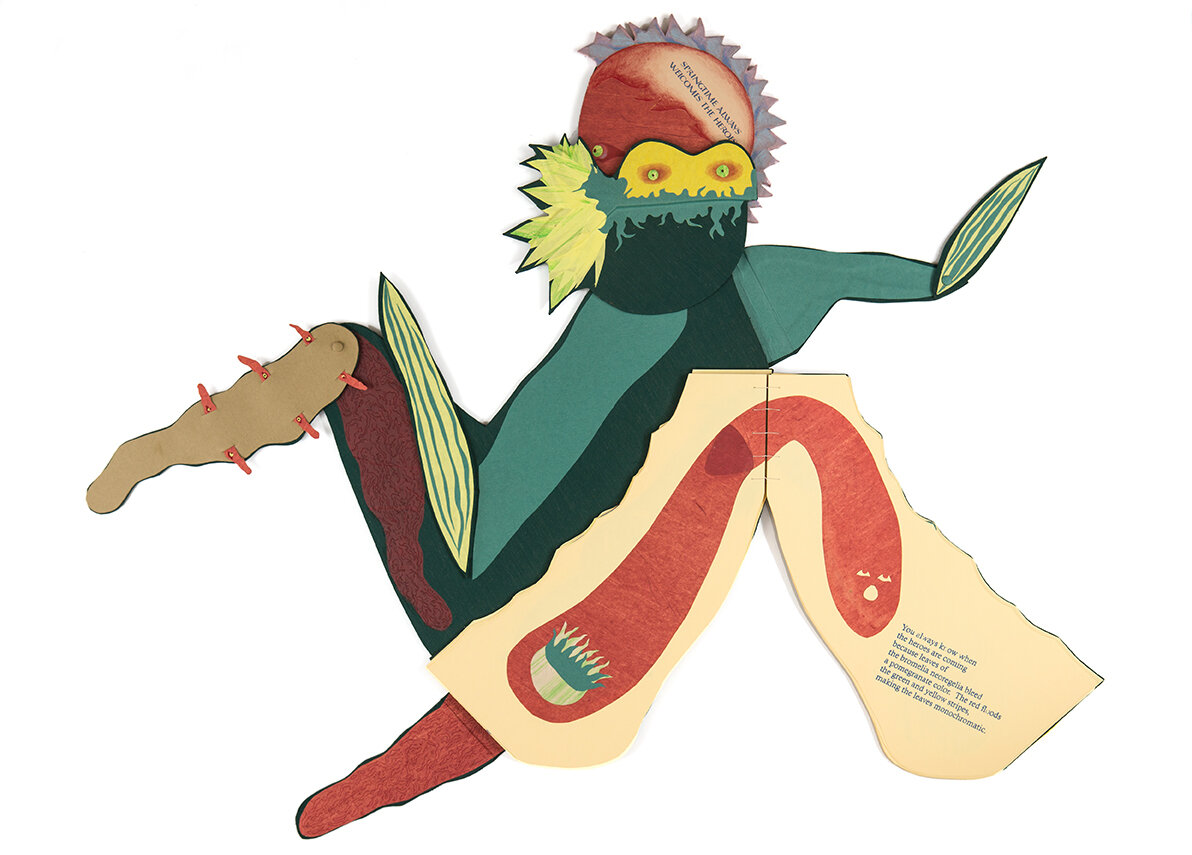
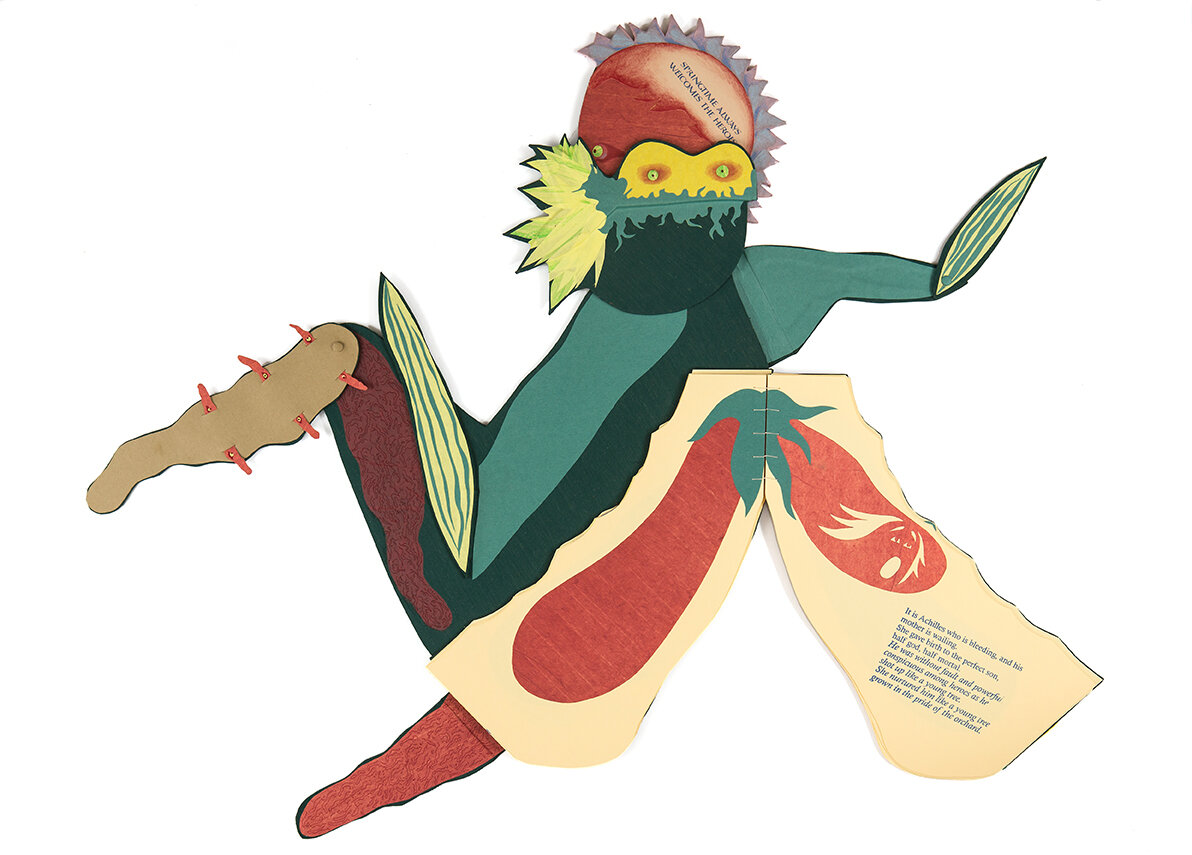
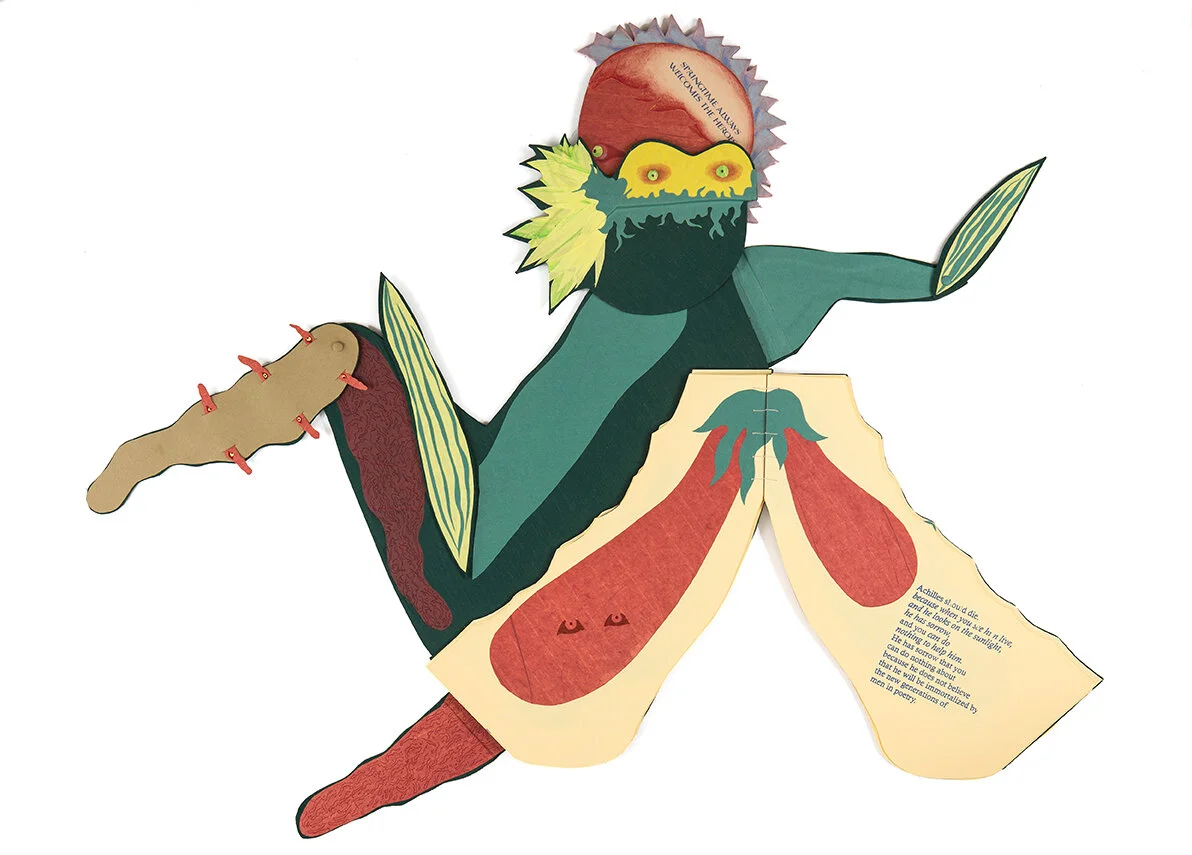
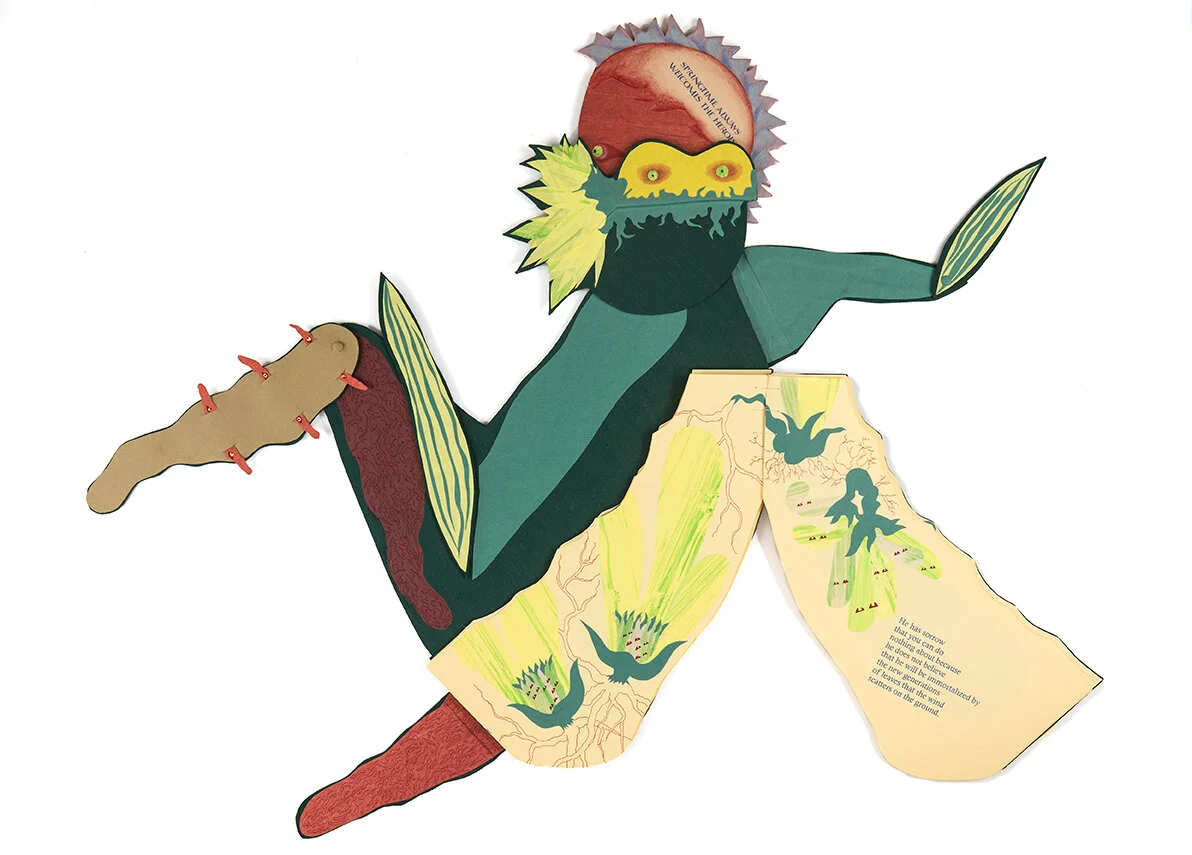
The green and yellow leaves
of the bromelia neoregelia
wrap around the center cup.
They are secured to
the root of the plant,
dig into the base, and
extend outward towards
the air.
You always know when
the flowers are coming
because the leaves of
the bromelia neoregelia bleed
a pomegranate color. The red floods
the green and yellow stripes,
making the leaves monochromatic.
You always know when
the heroes are coming
because the leaves of
the bromelia neoregelia bleed
a pomegranate color. The red floods
the green and yellow stripes,
making the leaves monochromatic.
It is Achilles who is bleeding, and his
mother is wailing.
She gave birth to the perfect son,
half god, half mortal.
He was without fault and powerful,
conspicuous among heroes as he
shot up like a young tree.
She nurtured him like a young tree
grown in the pride of the orchard.
Achilles should die,
because when you see him live,
and he looks on the sunlight,
he has sorrow,
and you can do
nothing to help him.
He has sorrow that you
can do nothing about
because he does not believe
that he will be immortalized by
the new generations of
men in poetry.
detail
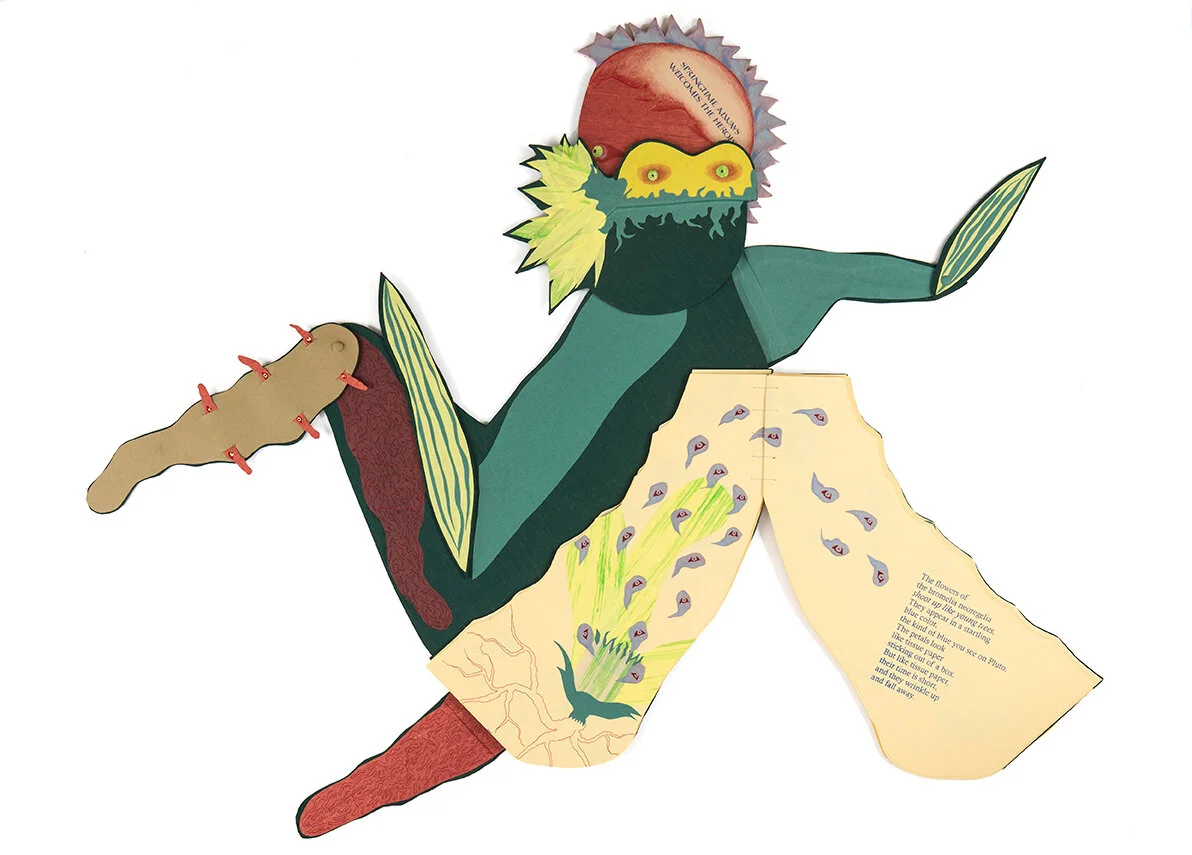
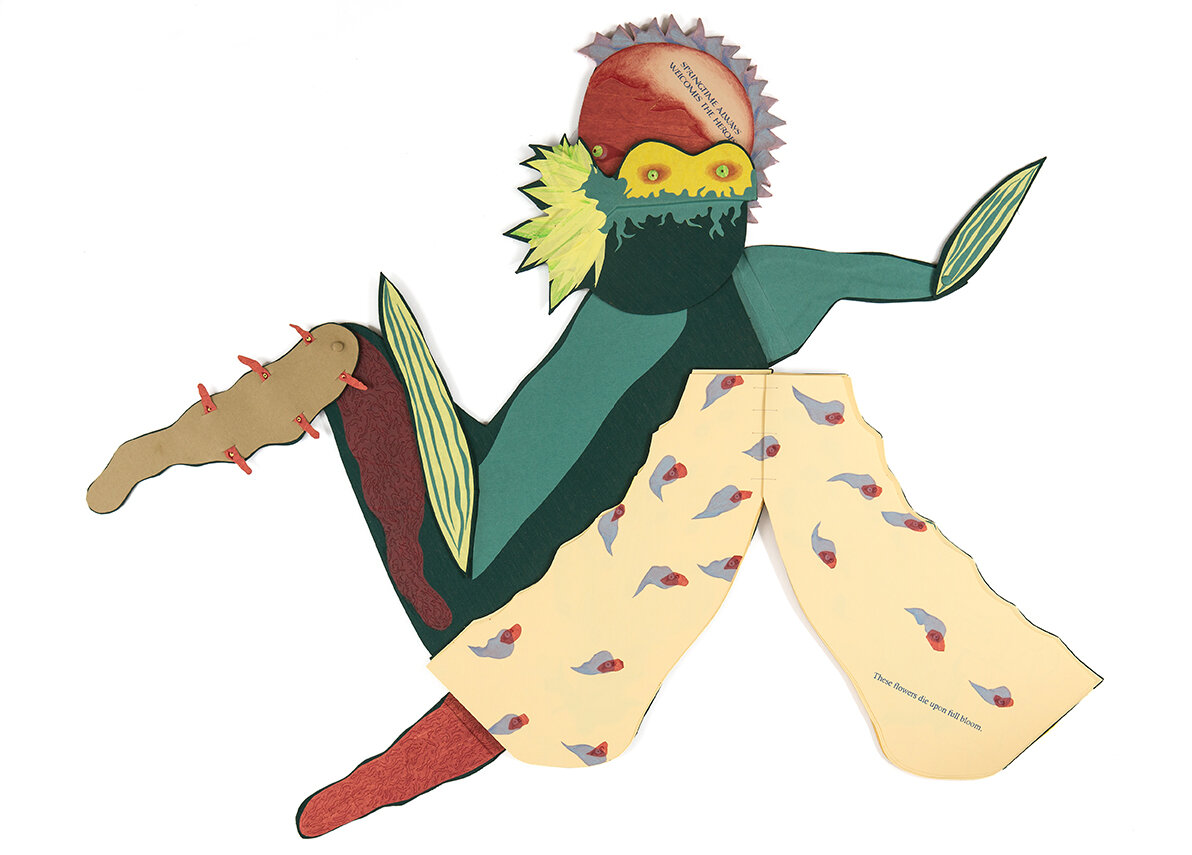
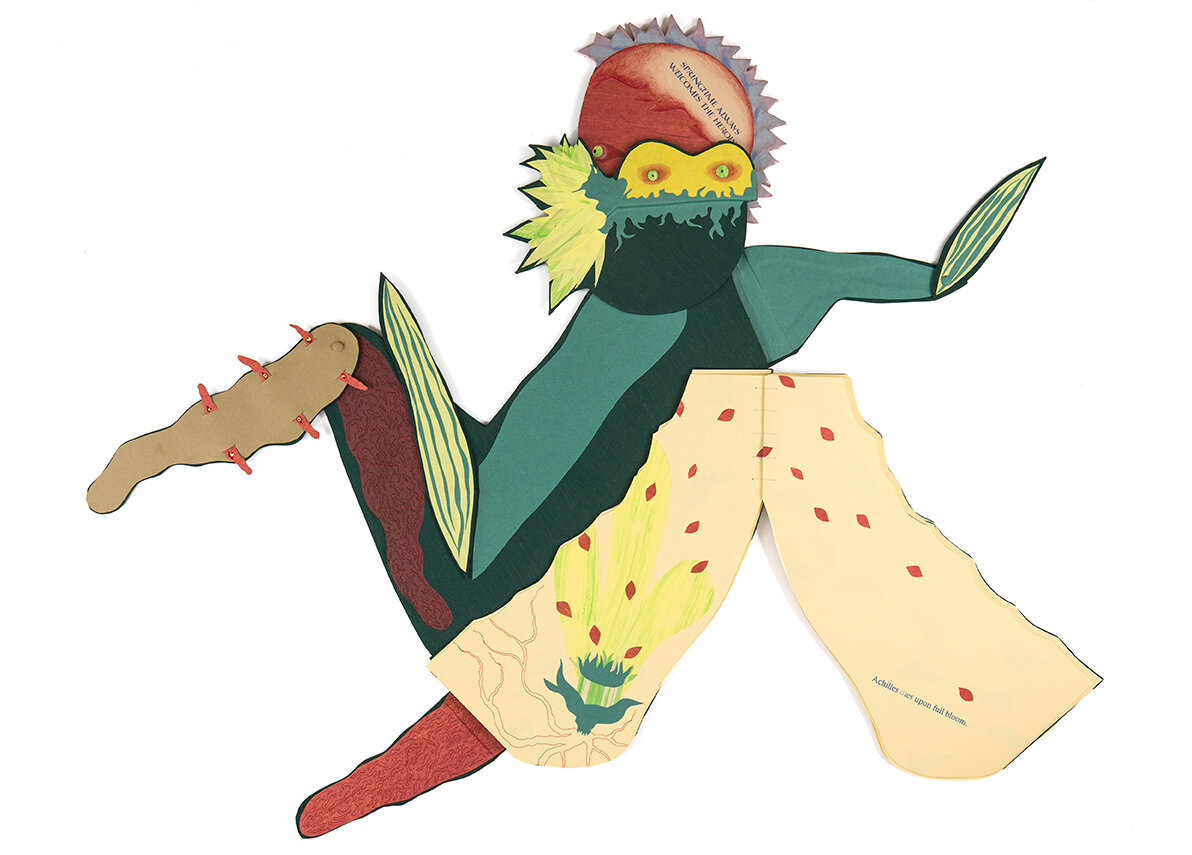
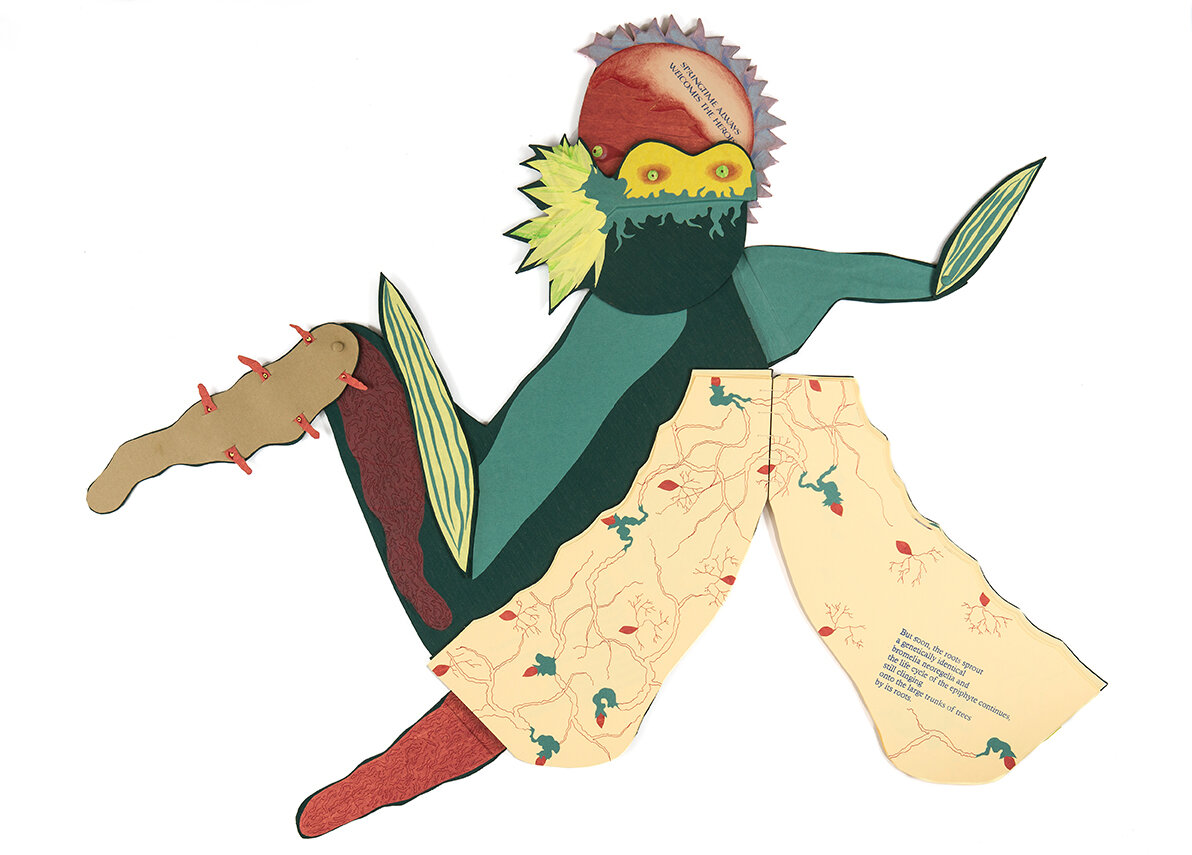
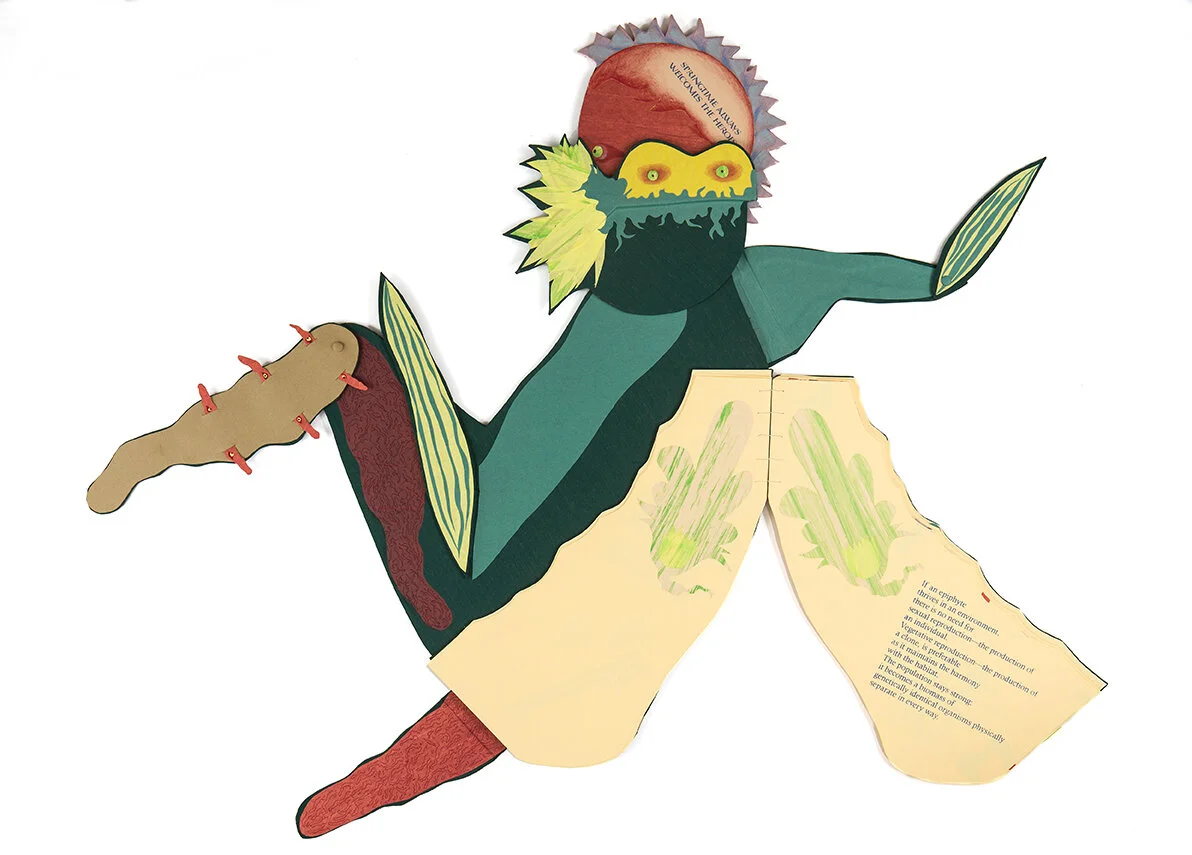
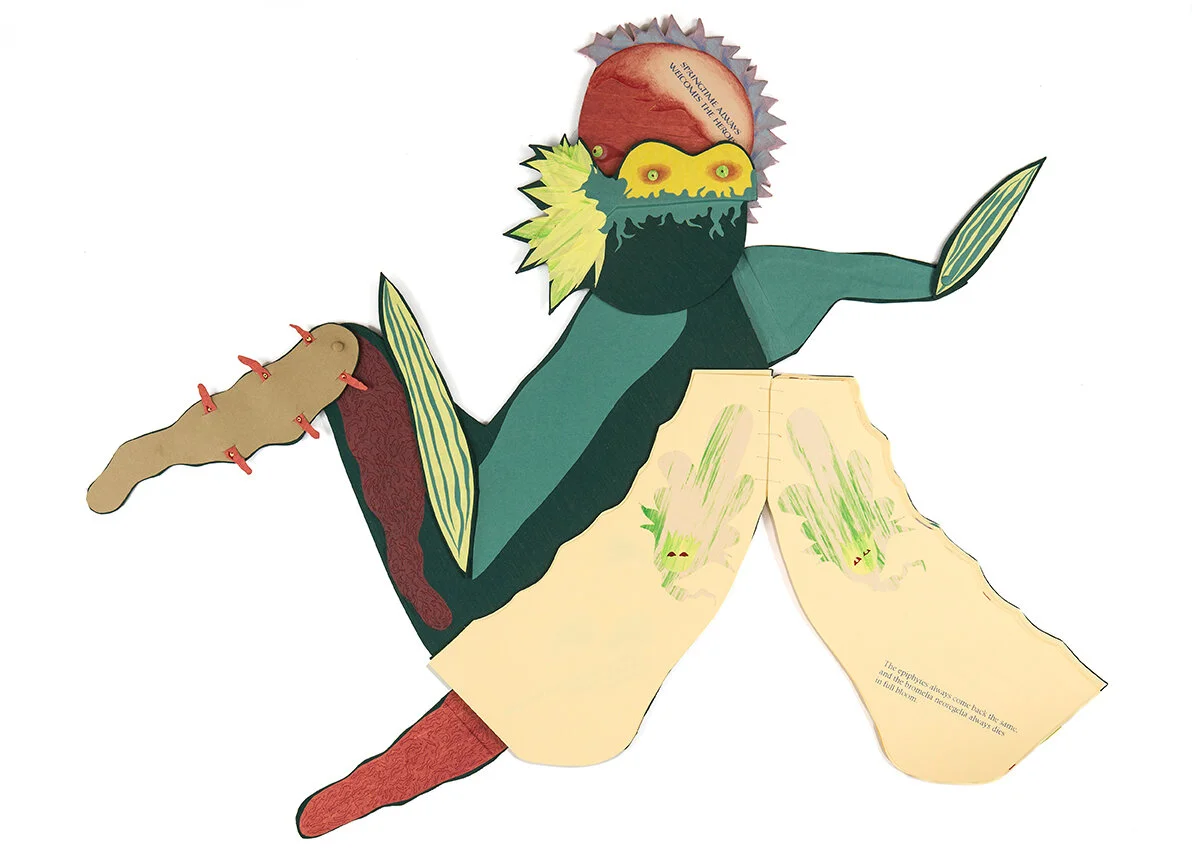
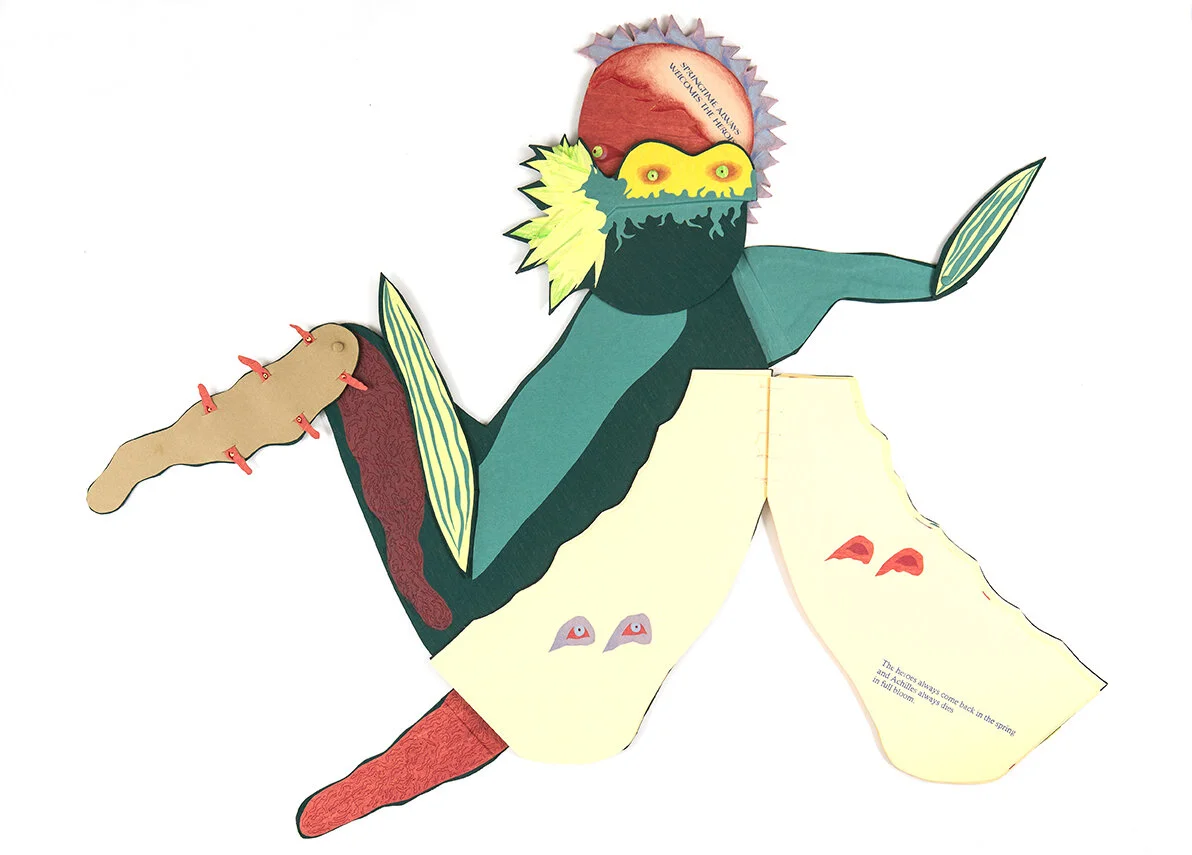

He has sorrow
that you can do
nothing about because
he does not believe
that he will be immortalized by
the new generations
of leaves that the wind
scatters on the ground.
The flowers of
the bromelia neoregelia
shoot up like young trees.
They appear in a startling
blue color,
the kind of blue you see on Pluto.
The petals look
like tissue paper
sticking out of a box.
But like tissue paper,
their time is short,
and they wrinkle up
and fall away.
These flowers die upon full bloom.
Achilles dies upon full bloom.
But soon, the roots sprout
a genetically identical
bromelia neoregelia and
the life cycle of the epiphyte continues,
still clinging
onto the large trunks of trees
by its roots.
If an epiphyte
thrives in an environment,
there is no need for
sexual reproduction—the production of
an individual.
Vegetative reproduction—the production of
a clone, is preferable
as it maintains the harmony
with the habitat.
The population stays strong;
it becomes a biomass of
genetically identical organisms physically
separate in every way.
The epiphytes always come back the same,
and the bromelia neoregelia always dies
in full bloom.
The heroes always come back in the spring,
and Achilles always dies
in full bloom.


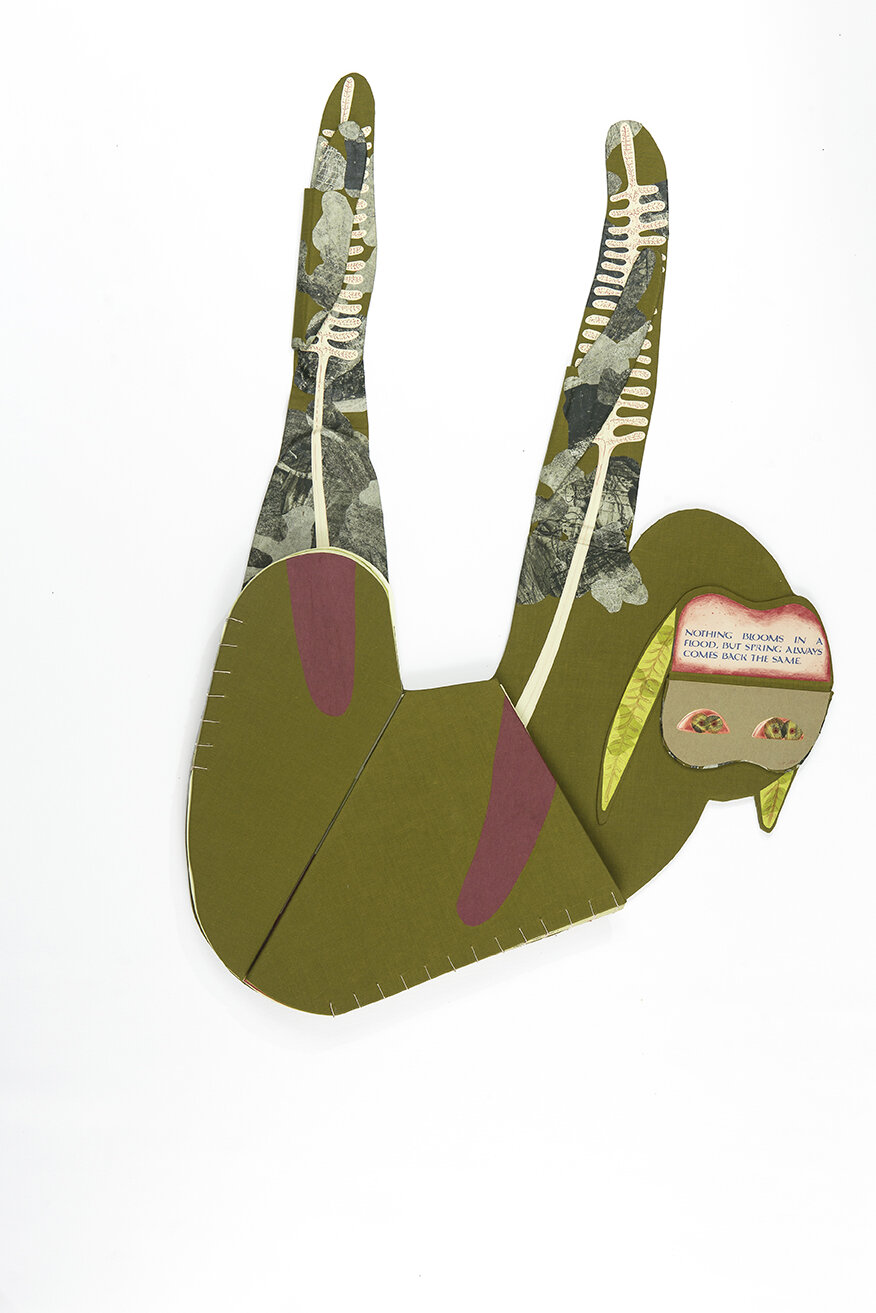


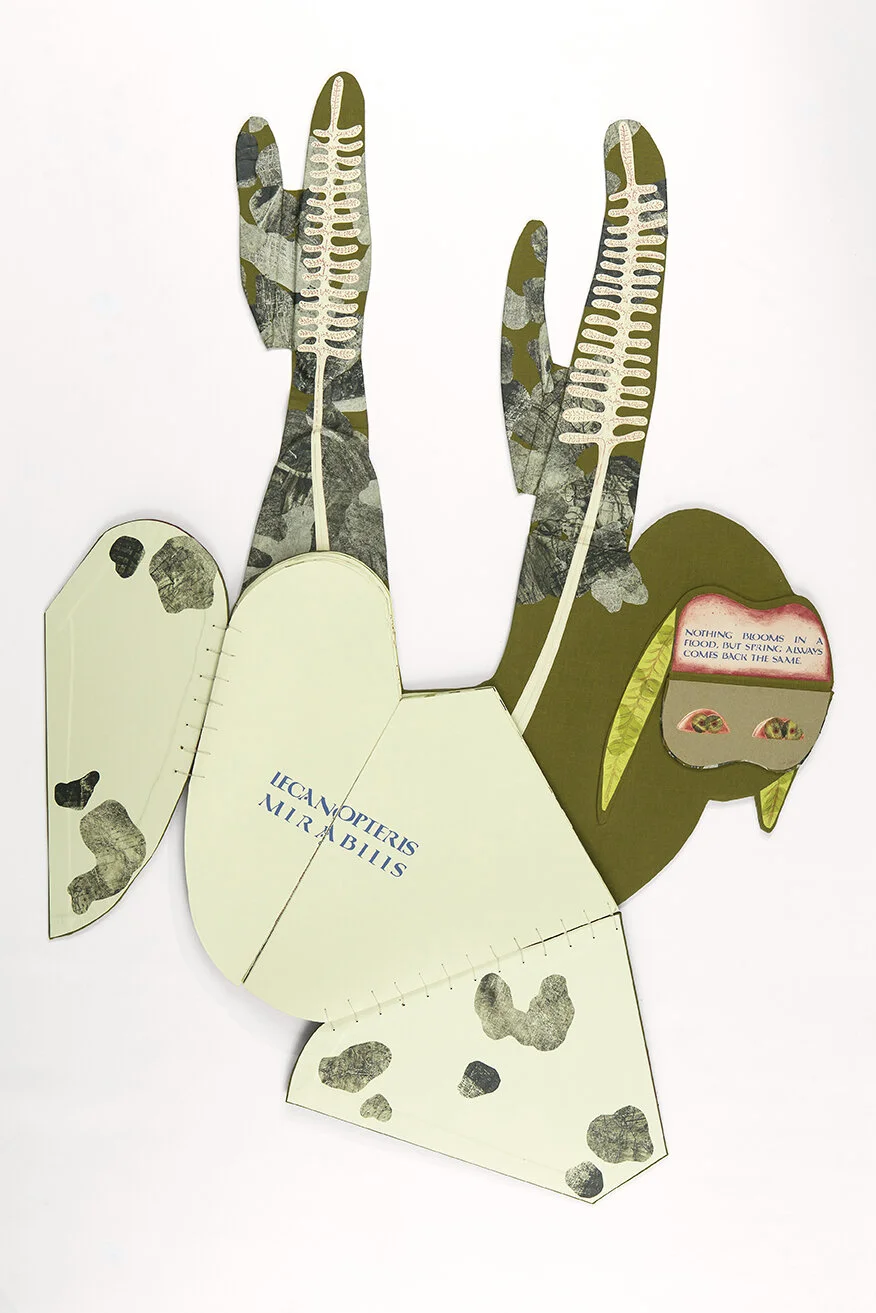
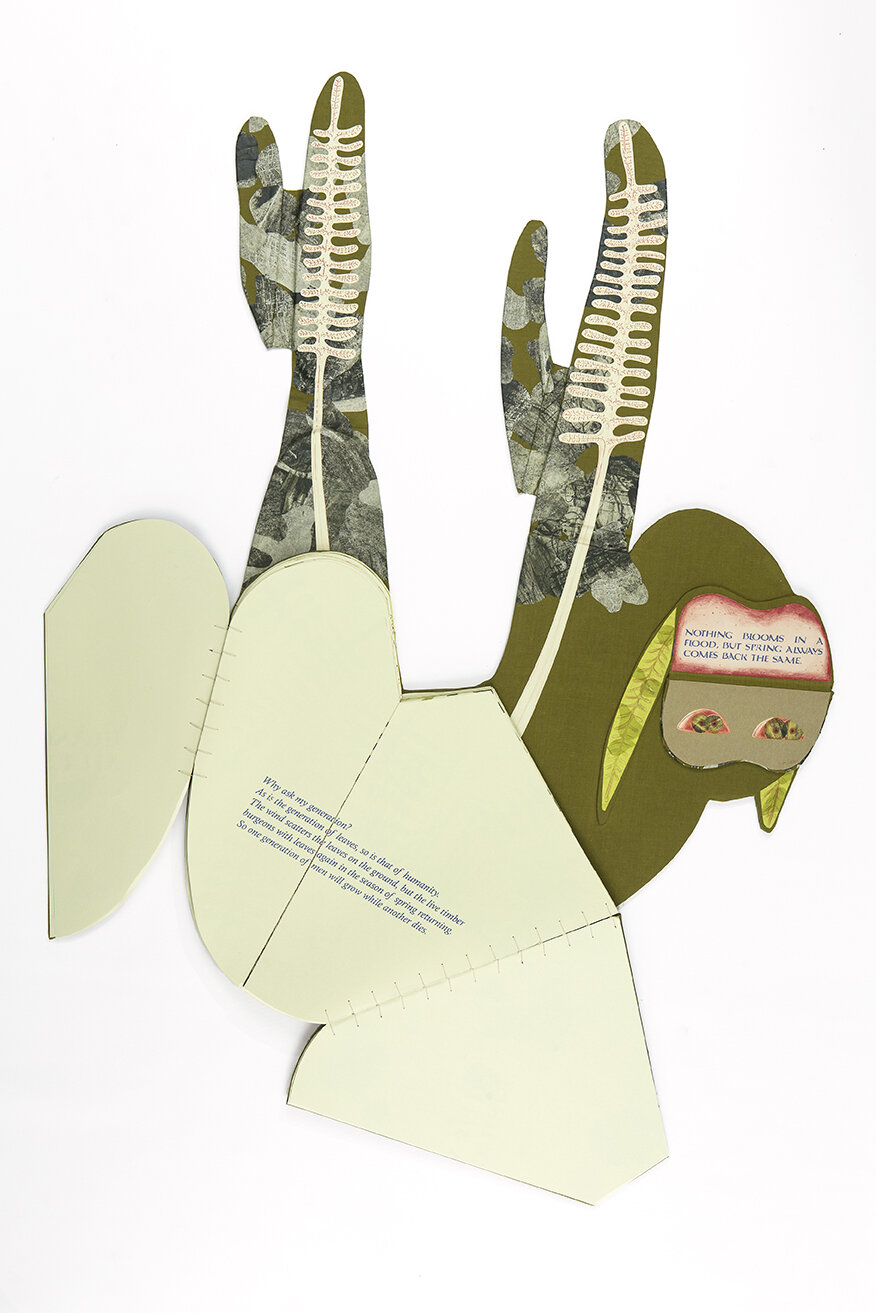
Lecanopteris Mirabilis
Nothing blooms in a flood, but spring always comes back the same.
Why ask my generation?
As is the generation of leaves, so is that of humanity.
The wind scatters the leaves on the ground, but the live timber
burgeons with leaves again in the season of spring returning.
So one generation of men will grow while another
dies.
One can easily overlook the fern
called lecanopteris mirabilis,
especially in a rainforest with other ferns.
Like other ferns,
the leaves of a lecanopteris mirabilis
consist of a long straw like axis
where smaller leaves are attached symmetrically.
It looks old,
Prehistoric, and from another time.
The lecanopteris mirabilis also appears
sickly, as if age has gotten the best of it:
its skin is covered in moles, and
it grows out of a giant wart-like rhizome.
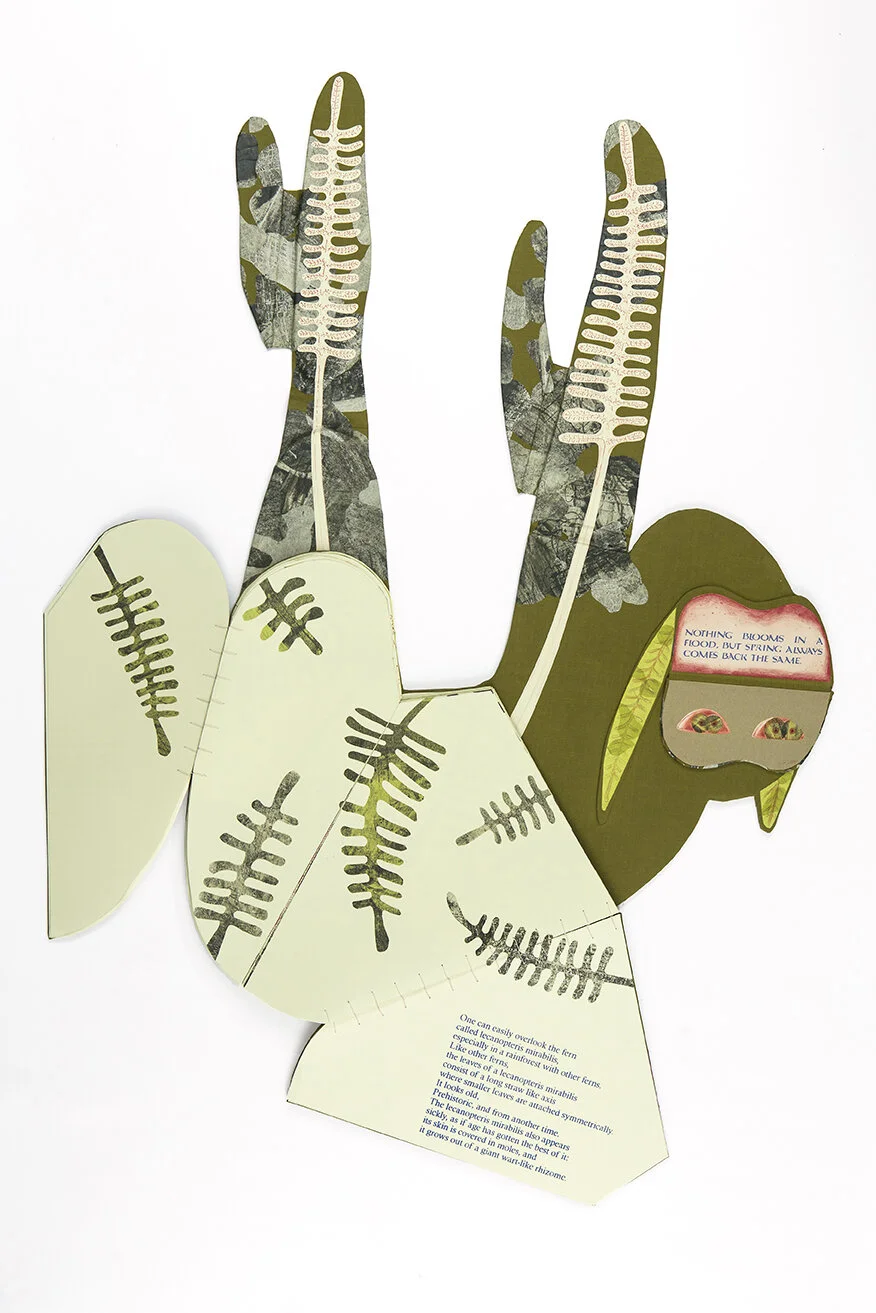
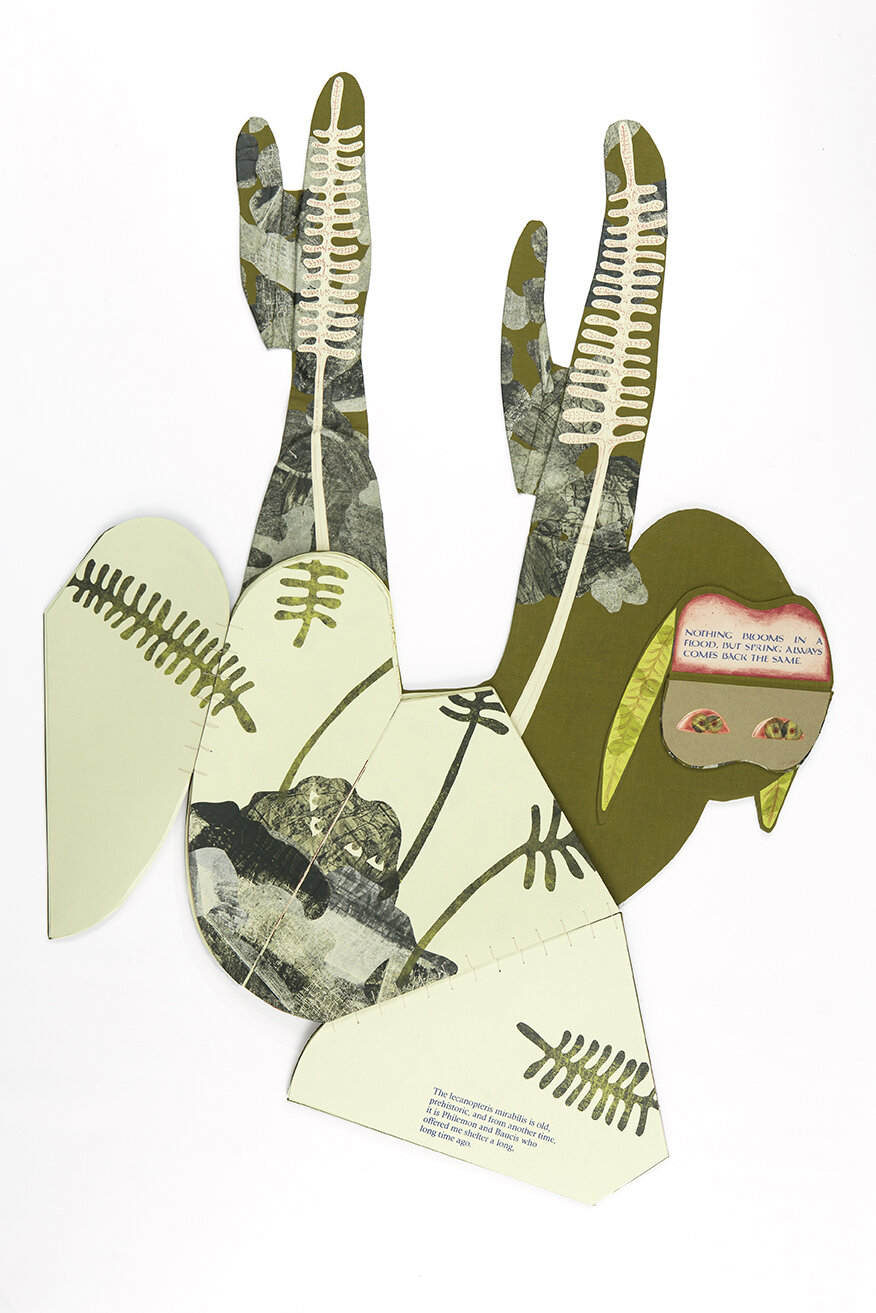
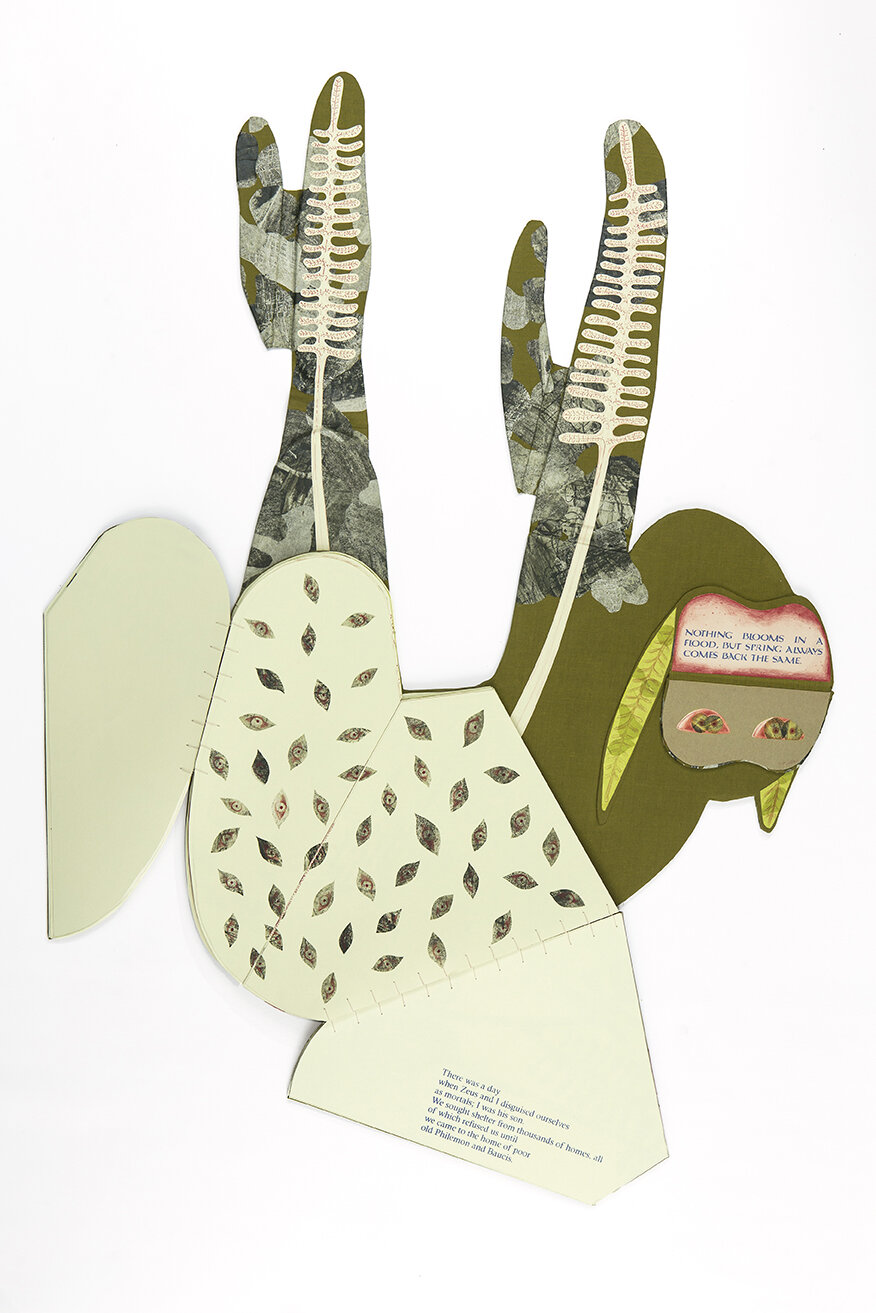
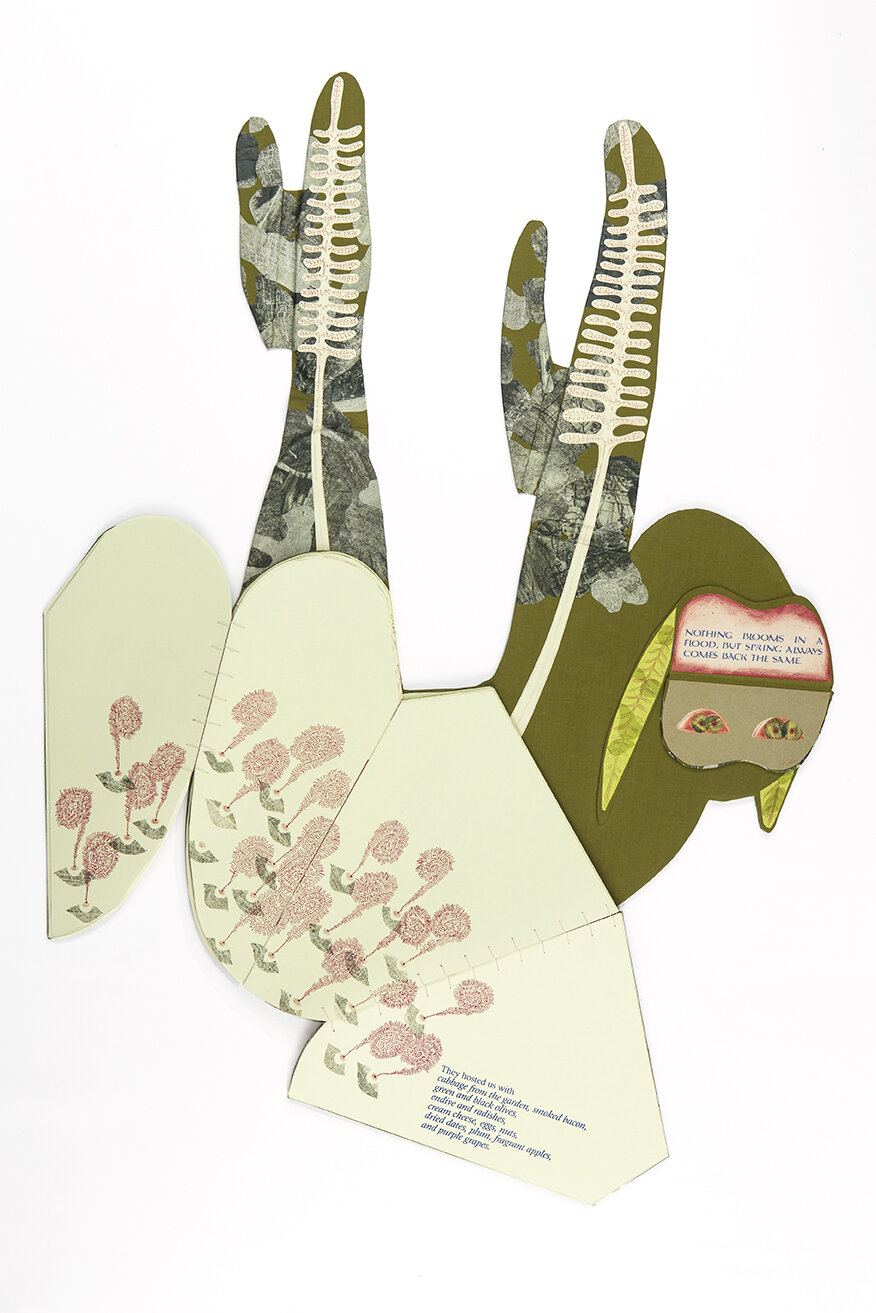
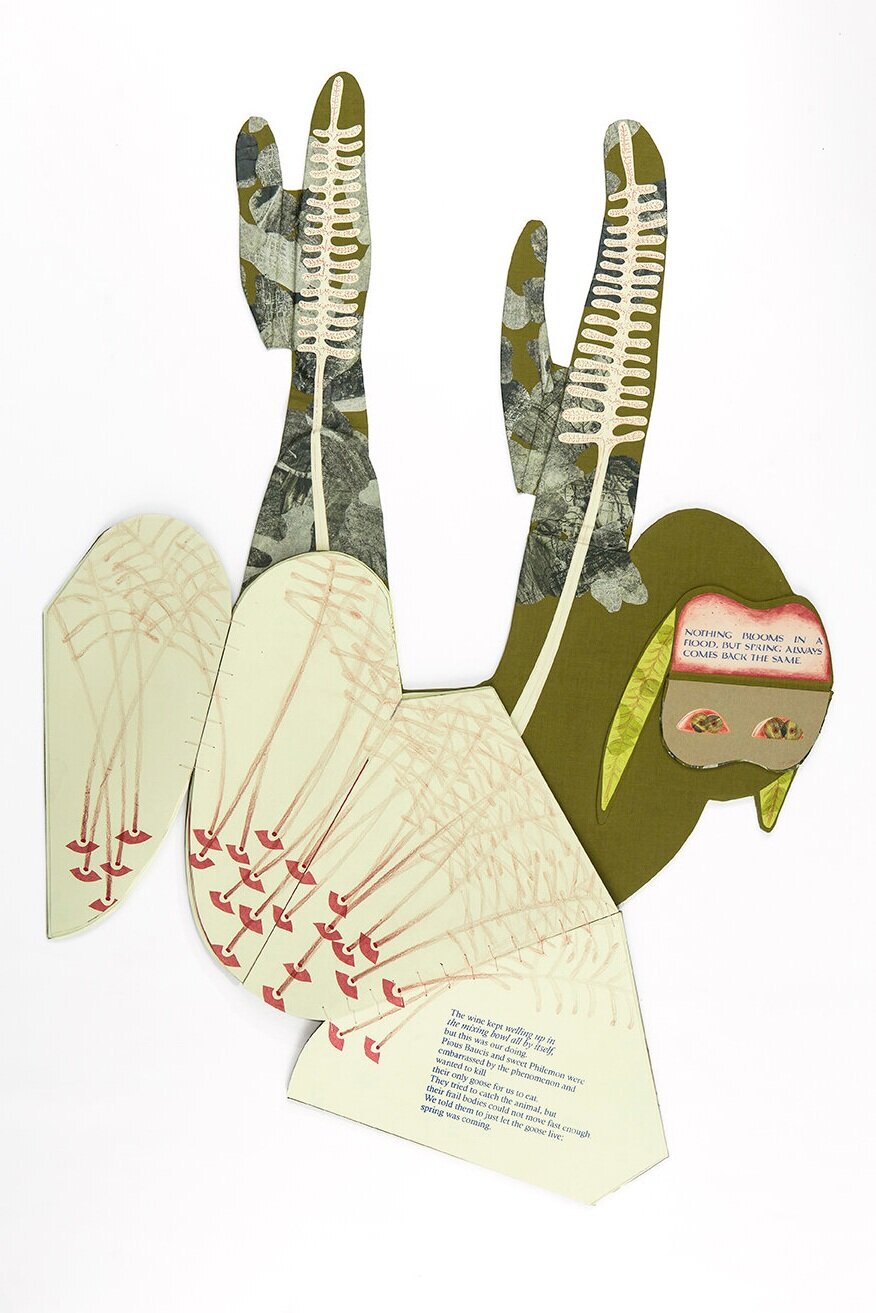

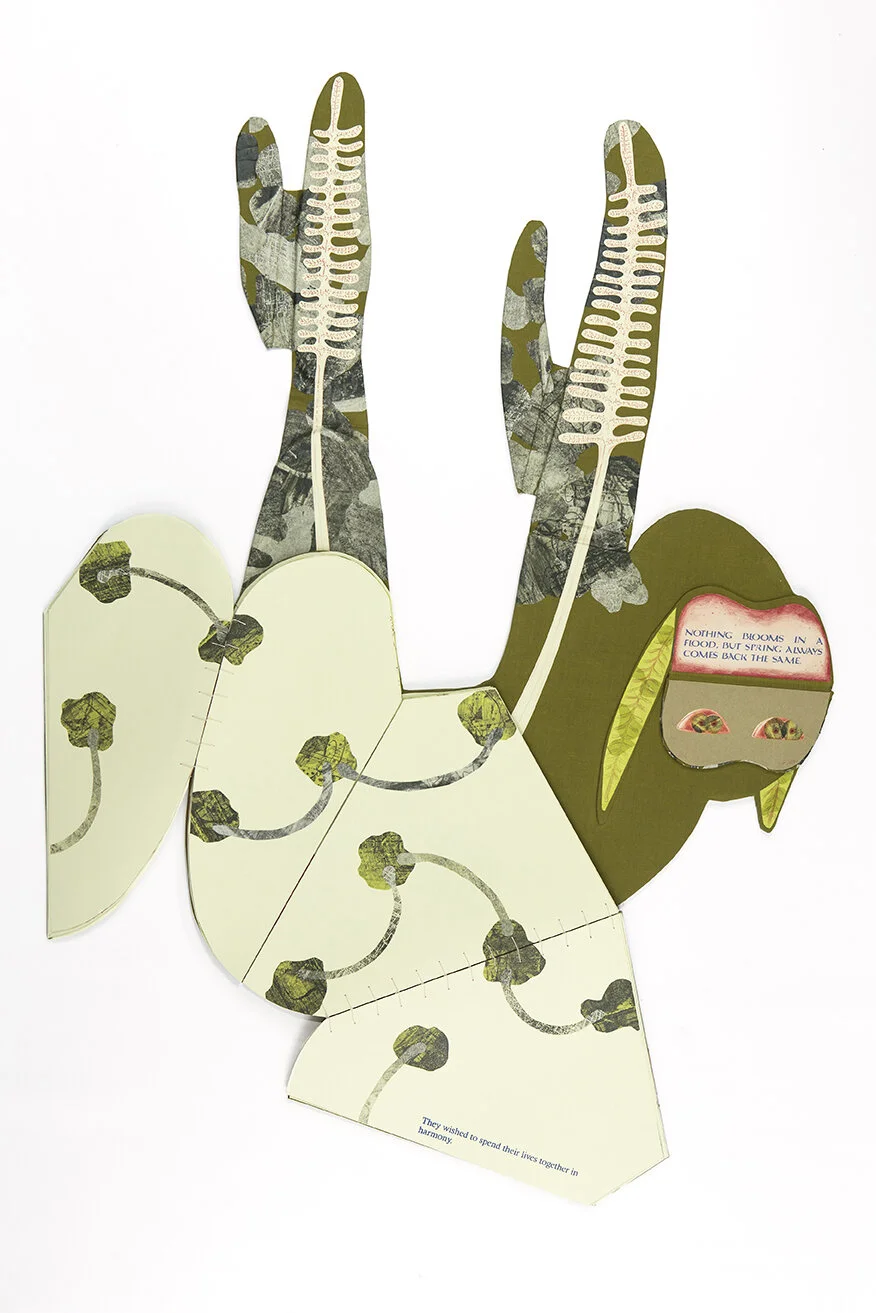

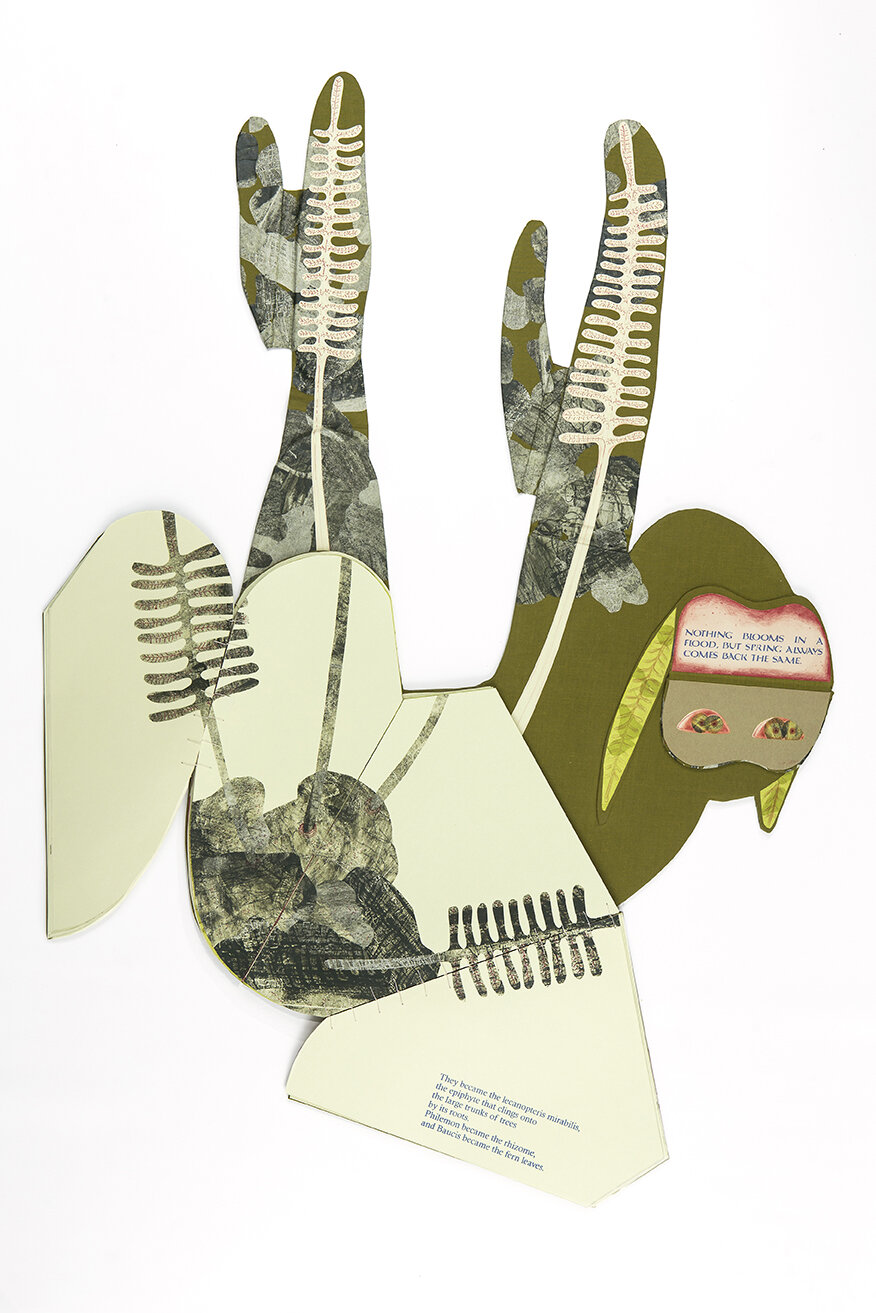
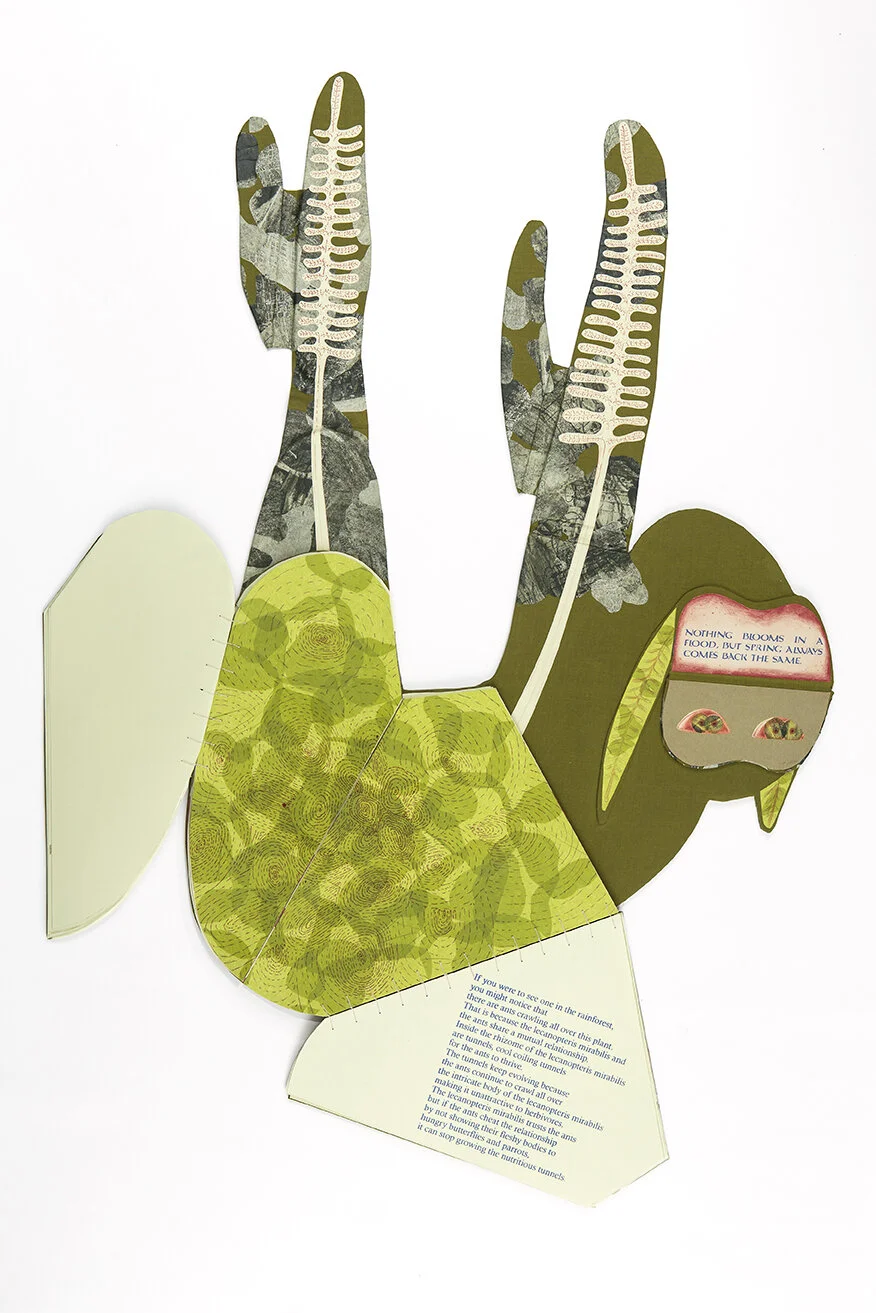
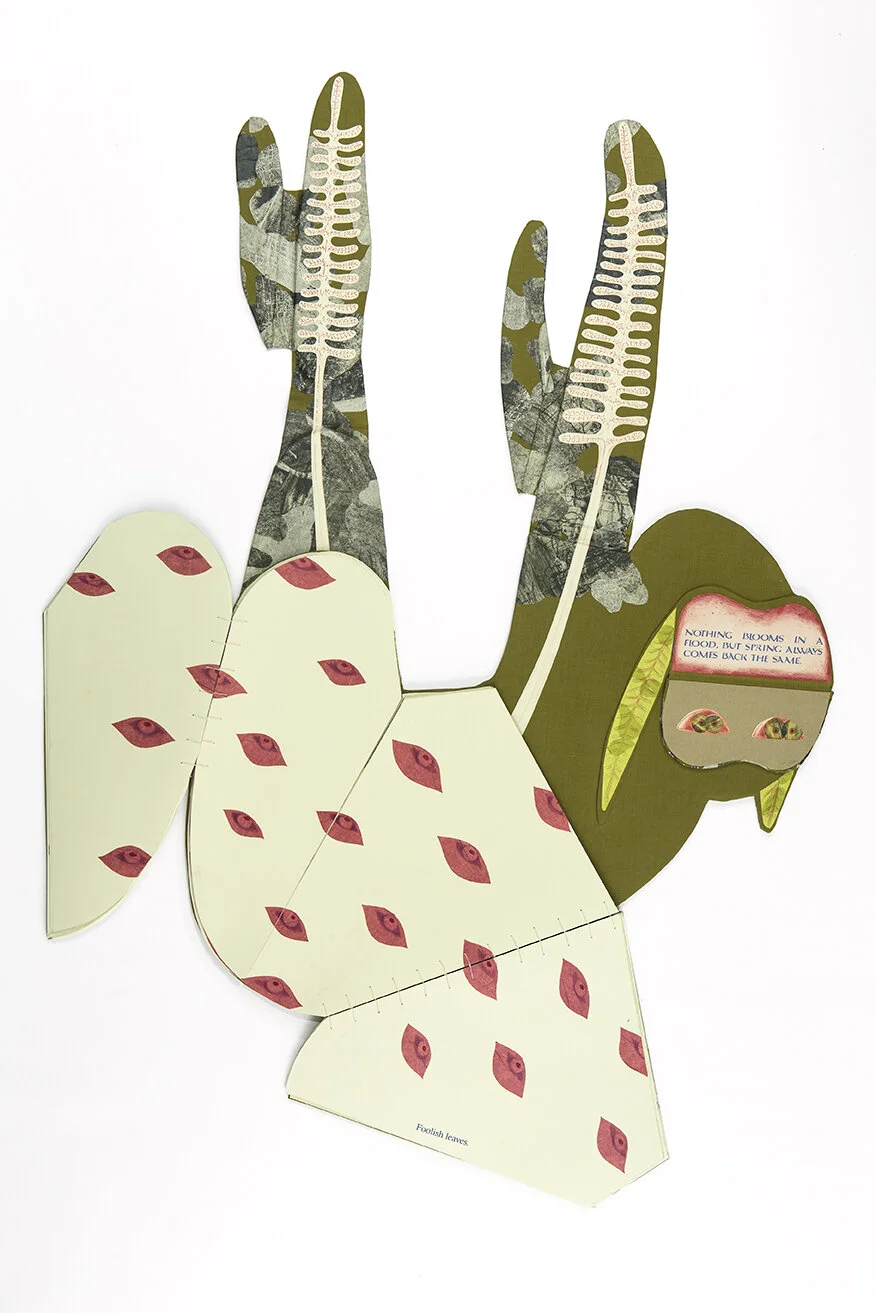
The lecanopteris mirabilis is old,
prehistoric, and from another time,
it is Philemon and Baucis who
offered me shelter a long,
long time ago.
There was a day
when Zeus and I disguised ourselves
as mortals; I was his son.
We sought shelter from thousands of homes, all of which refused us until
we came to the home of poor
old Philemon and Baucis.
They hosted us with
cabbage from the garden, smoked bacon,
green and black olives,
endive and radishes,
cream cheese, eggs, nuts,
dried dates, plum, fragrant apples,
and purple grapes.
The wine kept welling up in
the mixing bowl all by itself,
but this was our doing.
Pious Baucis and sweet Philemon were
embarrassed by the phenomenon and
wanted to kill
their only goose for us to eat.
They tried to catch the animal, but
their frail bodies could not move fast enough.
We told them to just let the goose live;
spring was coming.
Zeus and I told Philemon and Baucis to
climb to the highest point that they could,
so that we could punish the
thousands of people who did not shelter us.
The old couple did as we told, and
when they turned around they saw
everything covered with water,
except for their house.
They heard the cries of
mothers wailing,
and some patches of water
turned a pomegranate color.
What was their small house,
we turned into a temple and
Zeus granted them one wish.
They wished to spend their lives together in
harmony.
They took care of the temple and
one day their wish came true.
Philemon saw Baucis, and
Baucis saw Philemon
sprout.
The moles on her skin became spores
as her face split into bundles of leaves,
her hair twisting into long shoots.
The warts on his body merged
into one
as his body collapsed into lumps
of woody material.
They became the lecanopteris mirabilis,
the epiphyte that clings onto
the large trunks of trees
by its roots.
Philemon became the rhizome,
and Baucis became the fern leaves.
If you were to see one in the rainforest,
you might notice that
there are ants crawling all over this plant.
That is because the lecanopteris mirabilis and
the ants share a mutual relationship.
Inside the rhizome of the lecanopteris mirabilis
are tunnels, cool coiling tunnels
for the ants to thrive.
The tunnels keep evolving because
the ants continue to crawl all over
the intricate body of the lecanopteris mirabilis
making it unattractive to herbivores.
The lecanopteris mirabilis trusts the ants
but if the ants cheat the relationship
by not showing their fleshy bodies to
hungry butterflies and parrots,
it can stop growing the nutritious tunnels.
detail
Foolish leaves.
As if a temple has any authority.
I am the ants.
And the ants choose where to live.
When it floods, the ants
merge together to become a raft
and they can go anywhere.
The lecanopteris mirabilis can only hang high,
because the floods do not discriminate.
Nothing blooms in a flood.

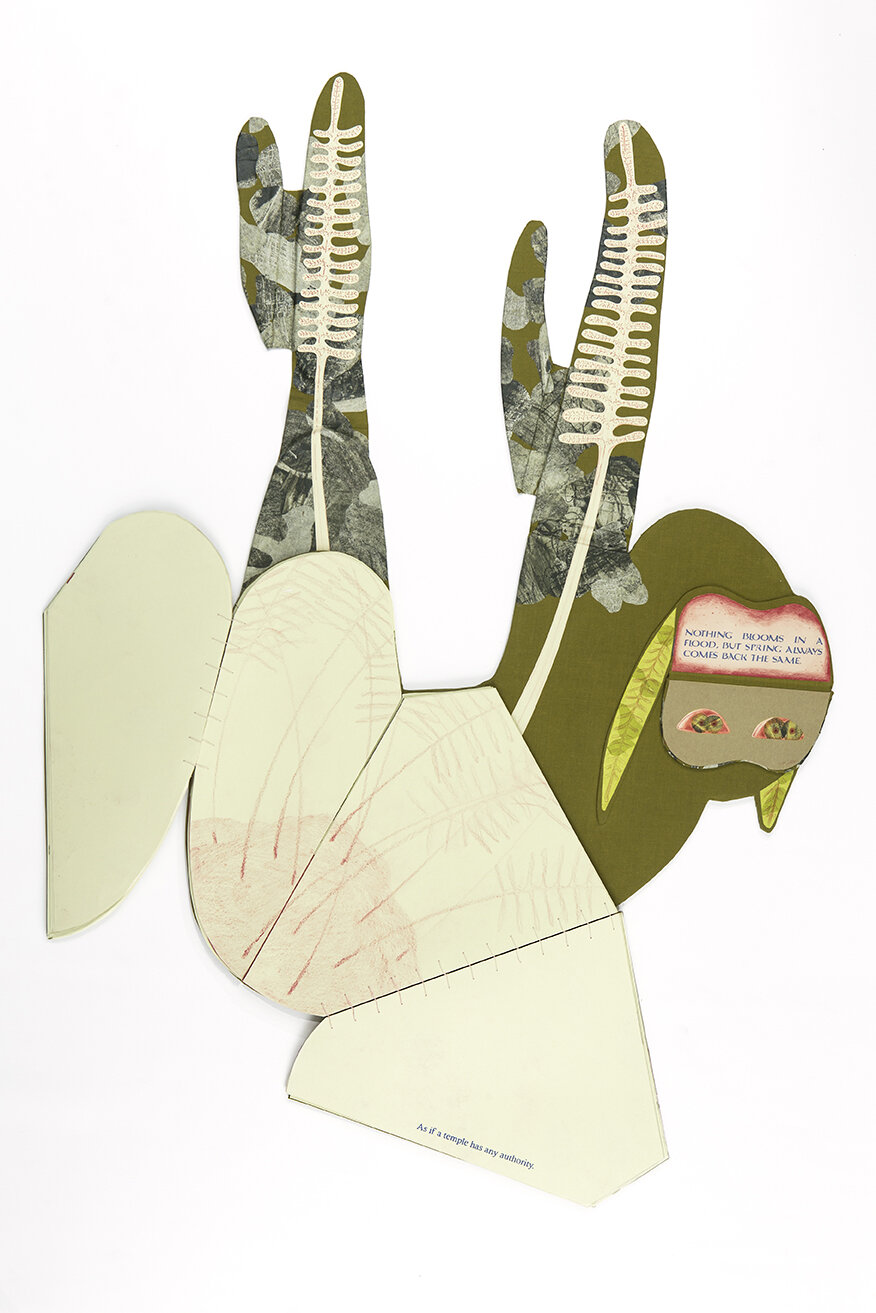

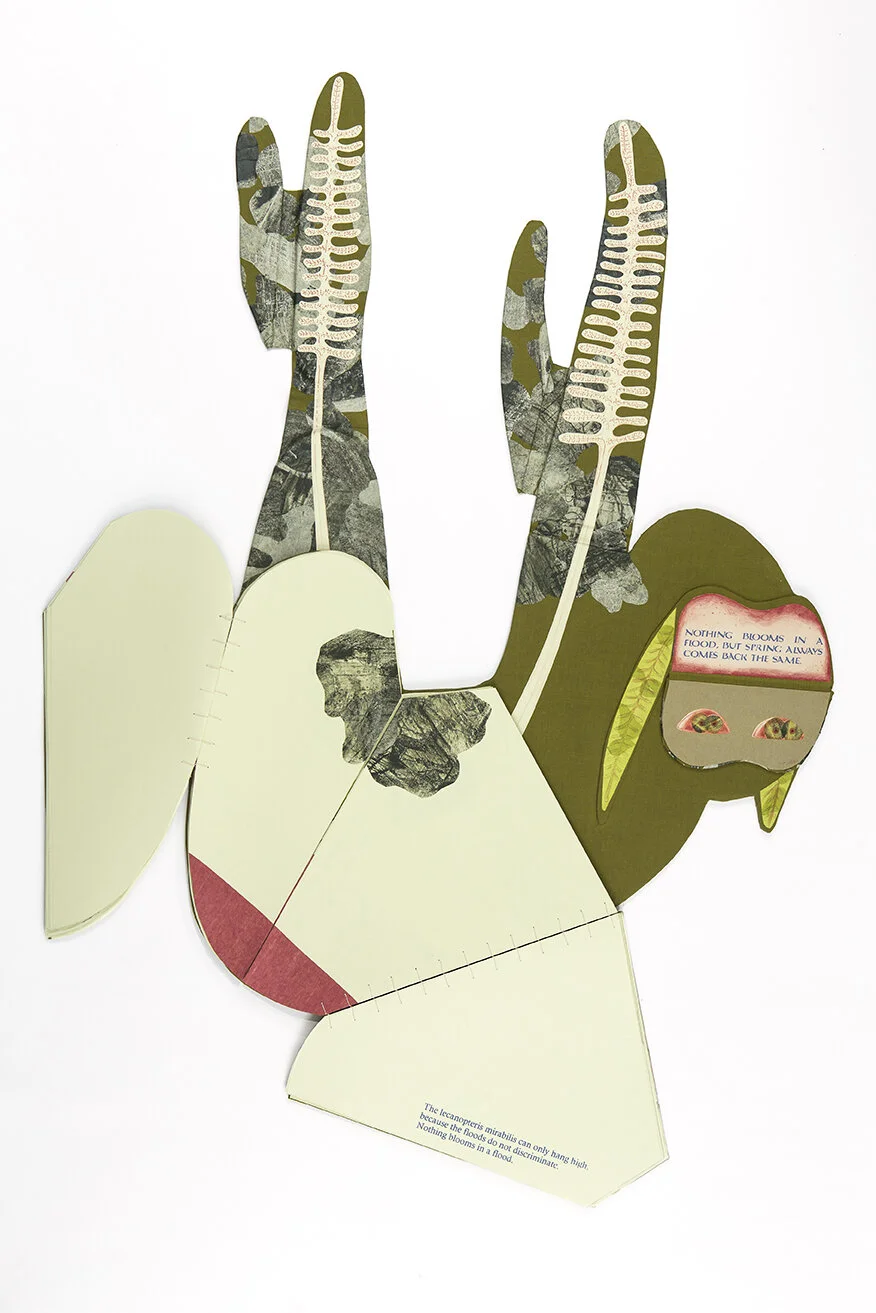

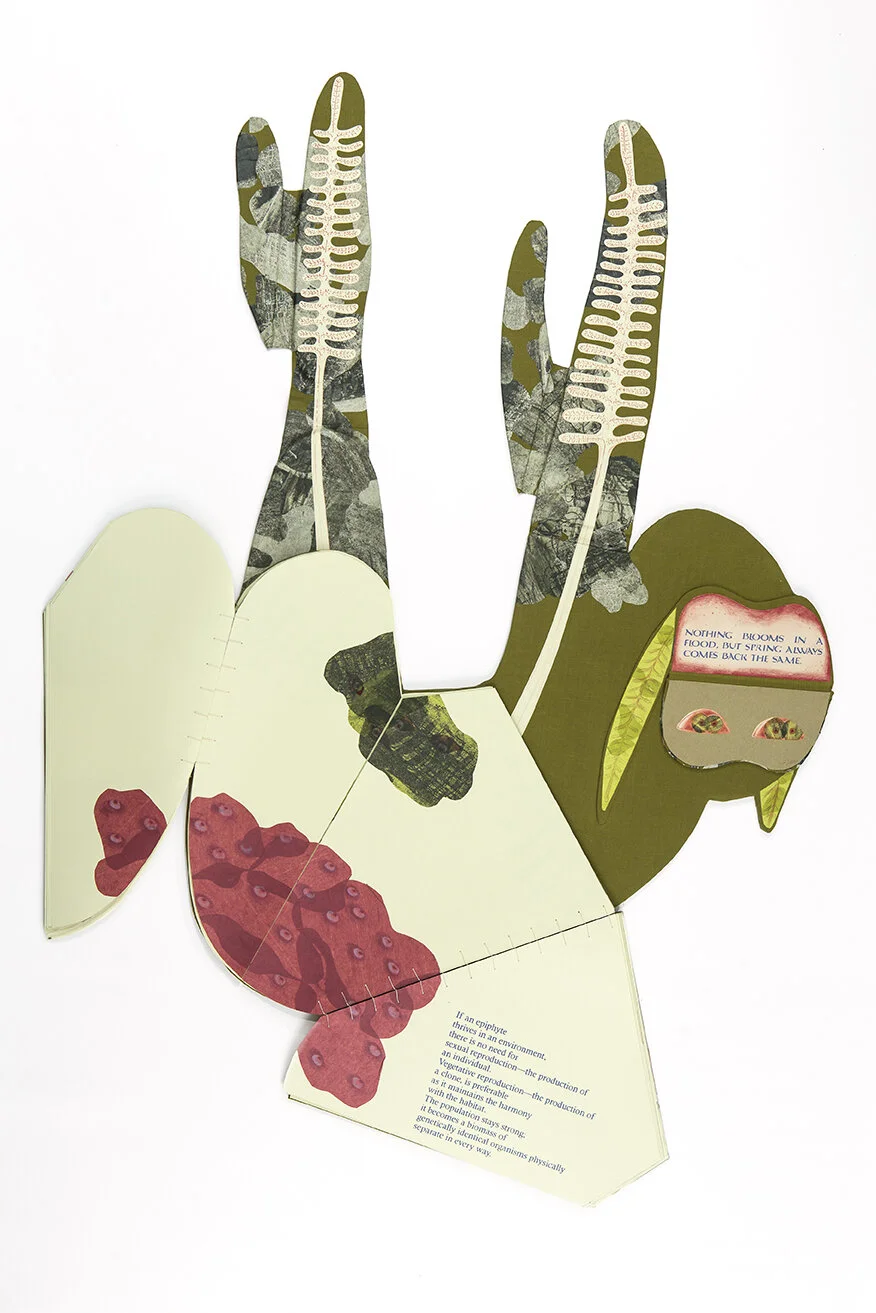
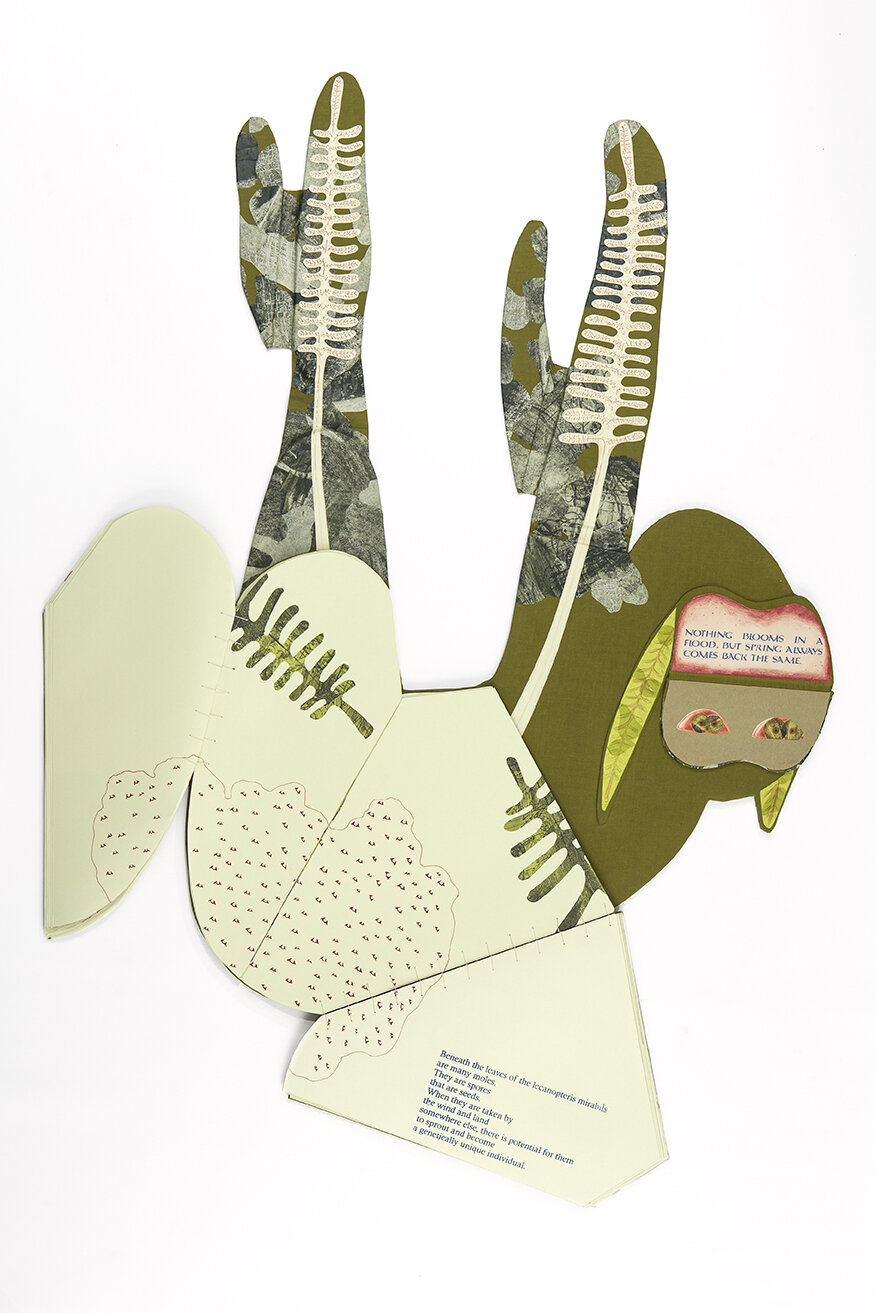
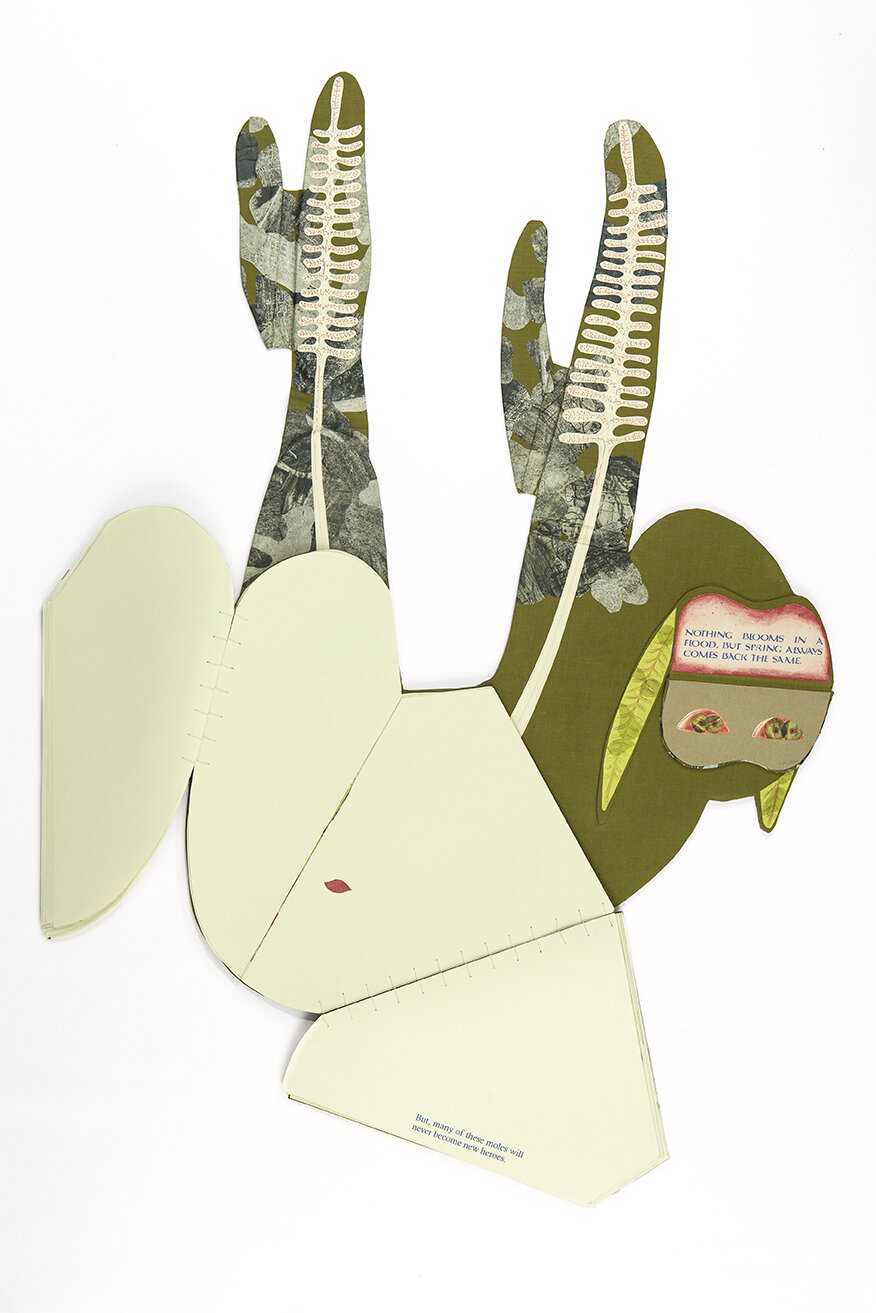
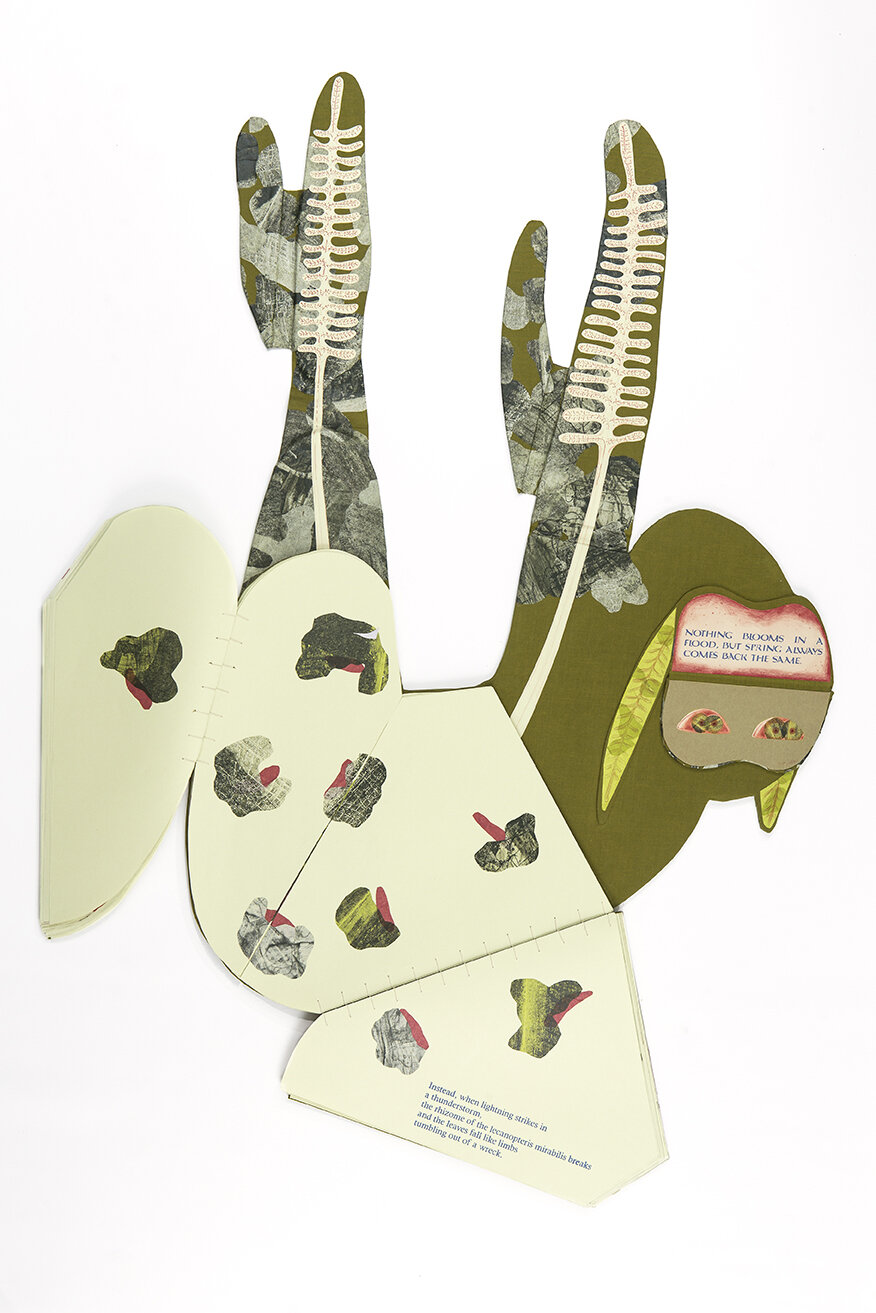
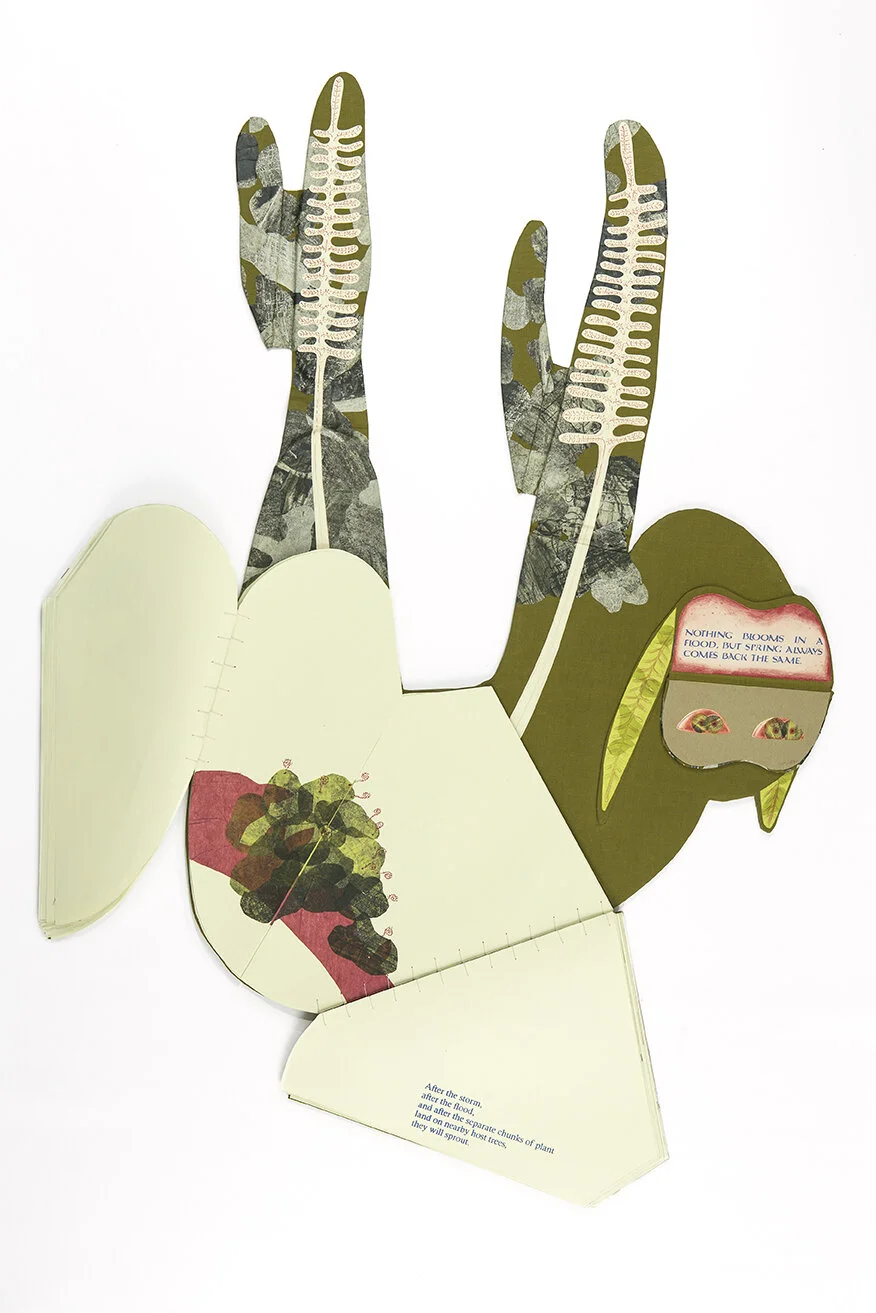


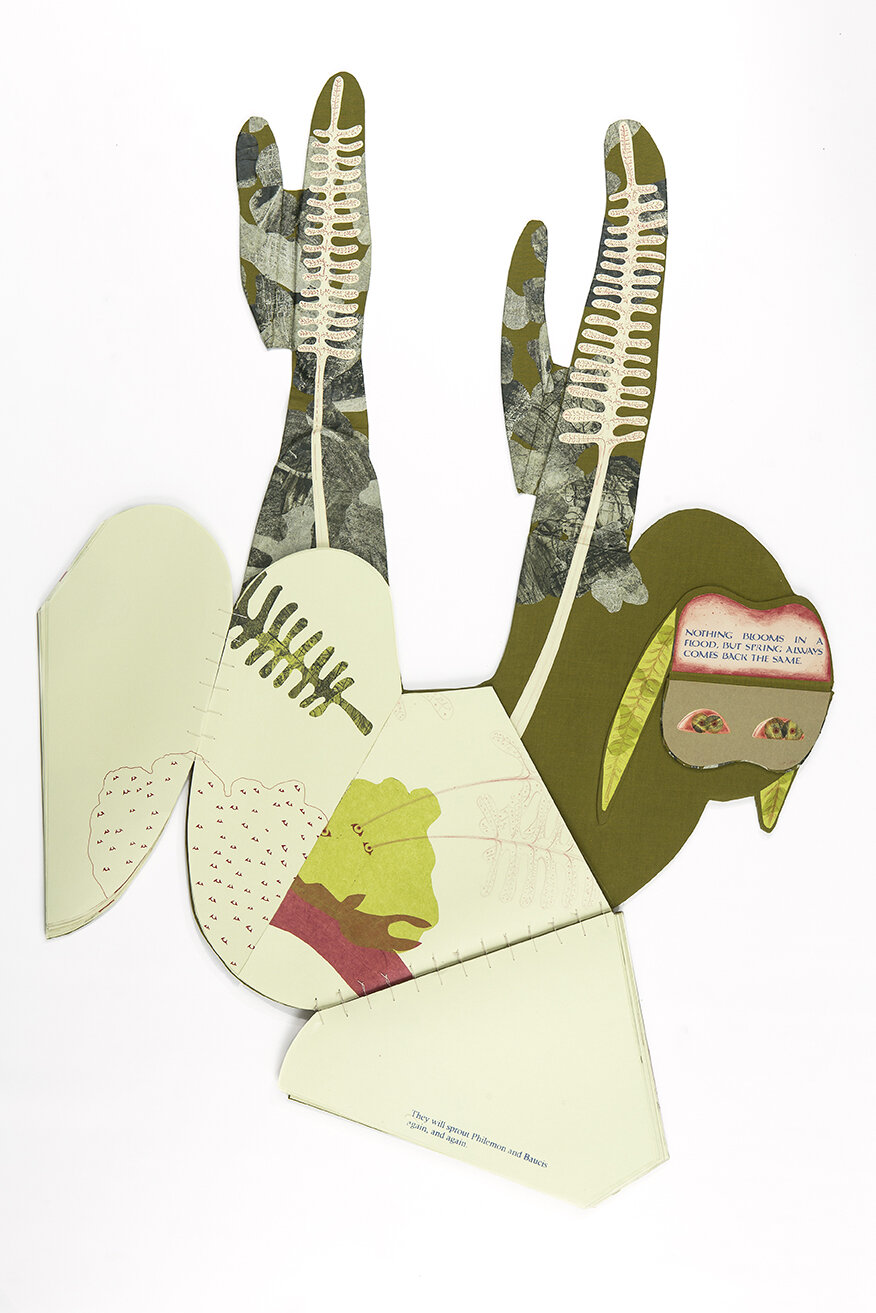
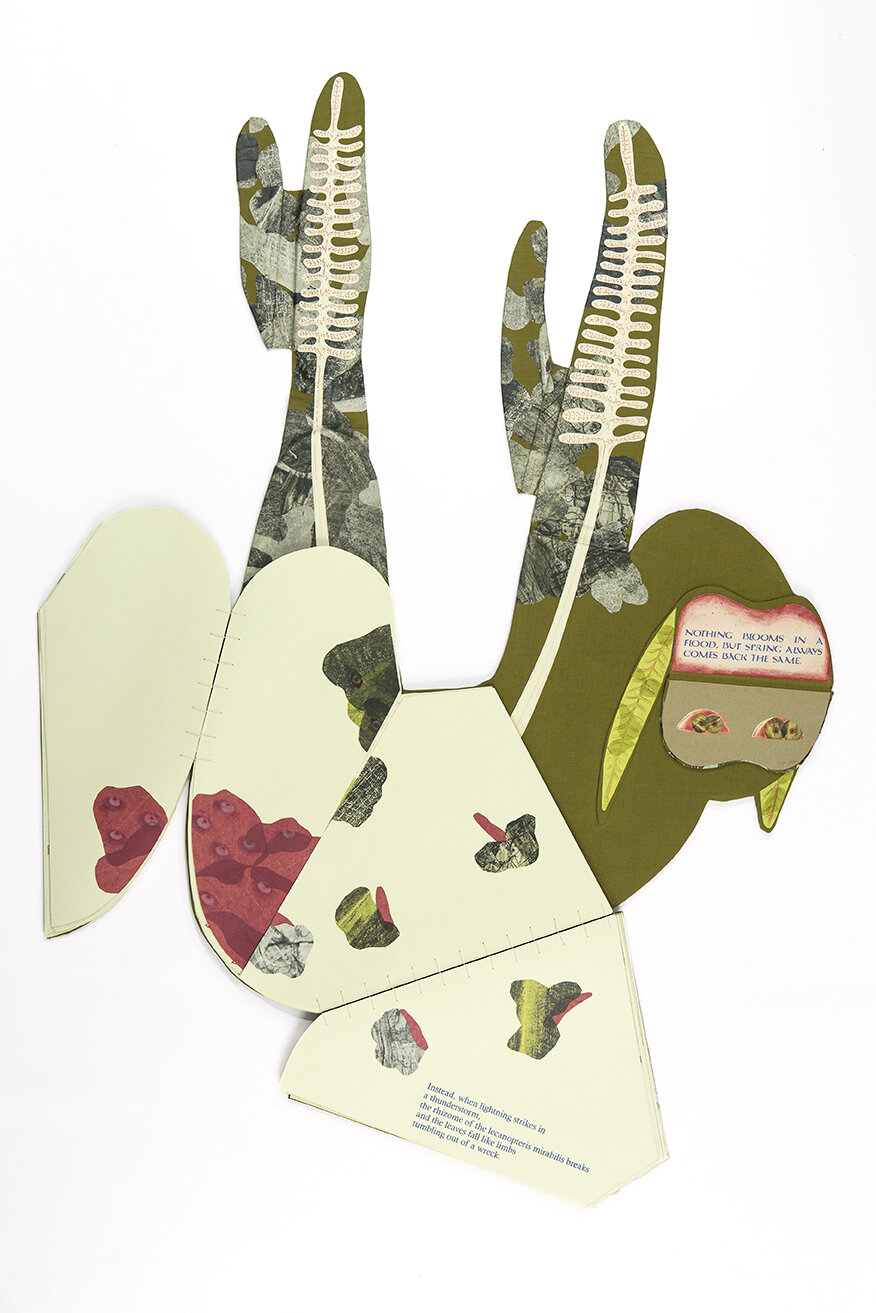
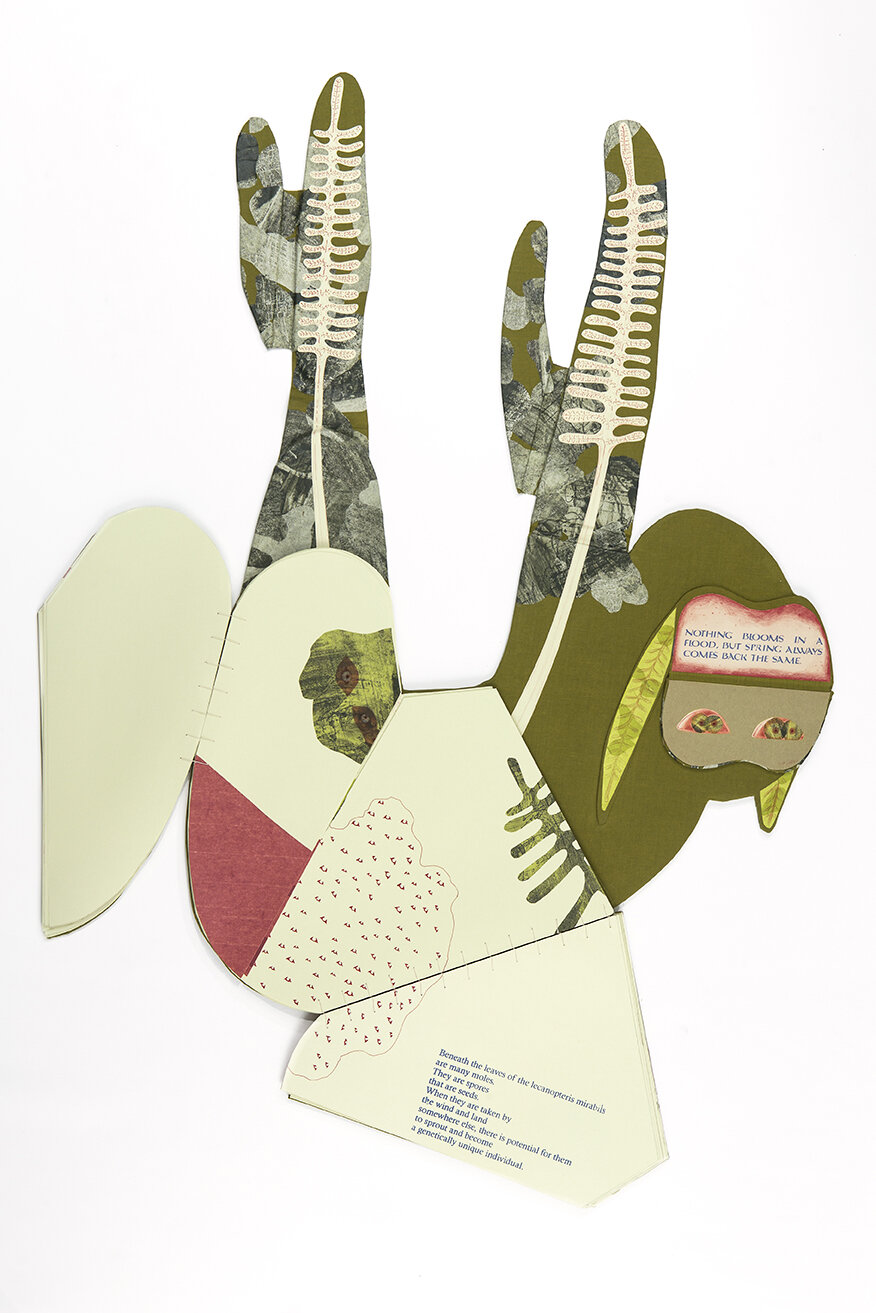
Philemon and Baucis can only hang high,
because the floods do not discriminate.
Nothing blooms in a flood.
If an epiphyte thrives in an environment,
there is no need for
sexual reproduction—the production of
an individual.
Vegetative reproduction—the production of
a clone, is preferable
as it maintains the harmony with the habitat.
The population stays strong; it becomes a
biomass of genetically identical organisms physically
separate in every way.
Beneath the leaves of the lecanopteris mirabilis
are many moles.
They are spores
that are seeds.
When they are taken by
the wind and land
somewhere else, there is potential for them
to sprout and become
a genetically unique individual.
But, many of these moles will
never become new heroes.
Instead, when lightning strikes in
a thunderstorm,
the rhizome of the lecanopteris mirabilis breaks
and the leaves fall like limbs
tumbling out of a wreck.
After the storm,
after the flood,
and after the separate chunks of plant
land on nearby host trees,
they will sprout.
They will sprout Philemon and Baucis
again, and again.
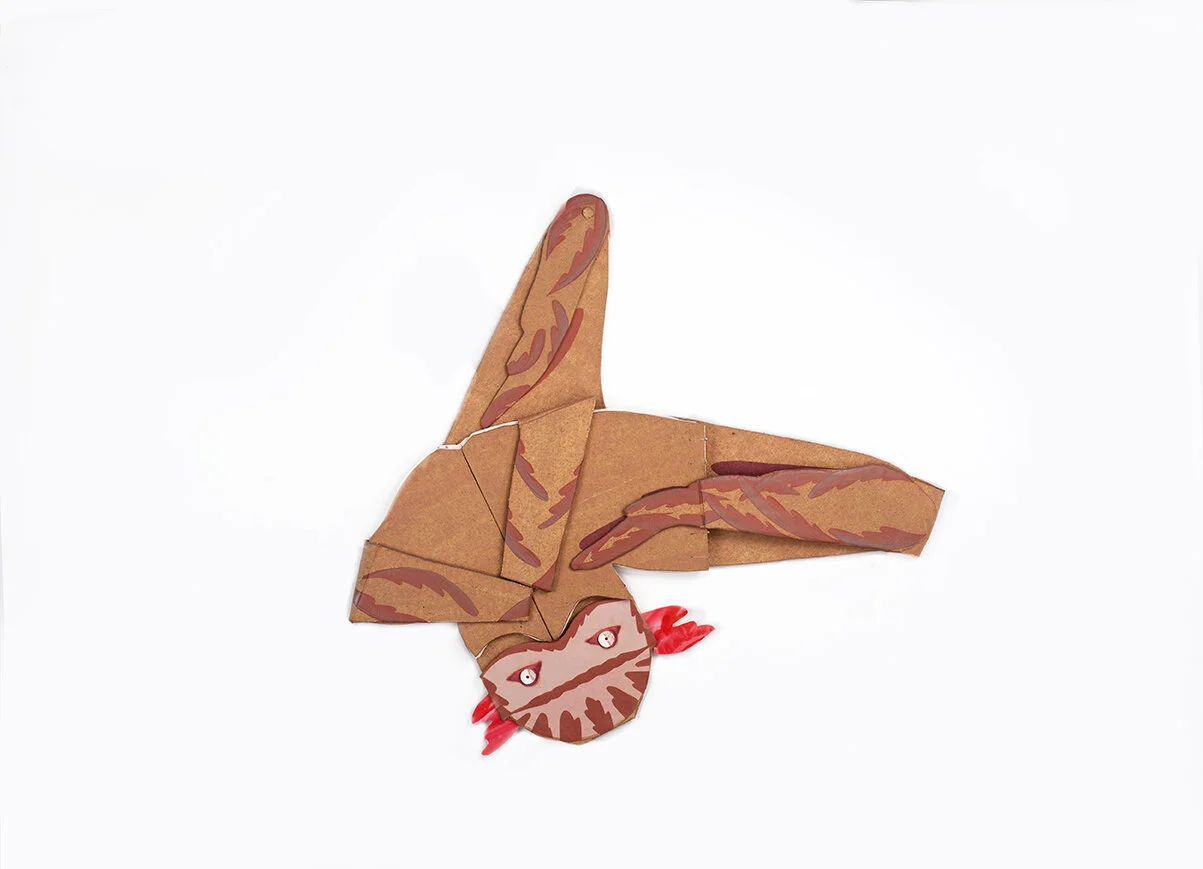




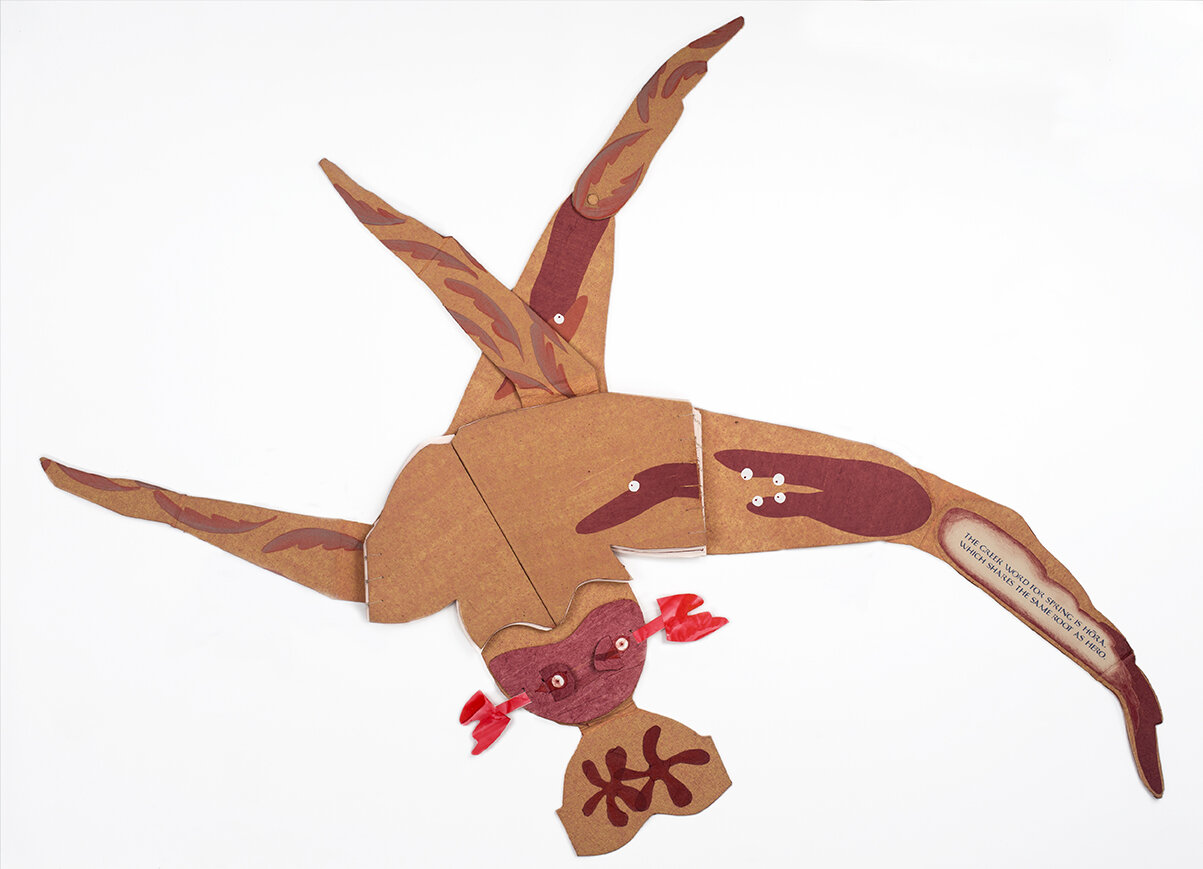
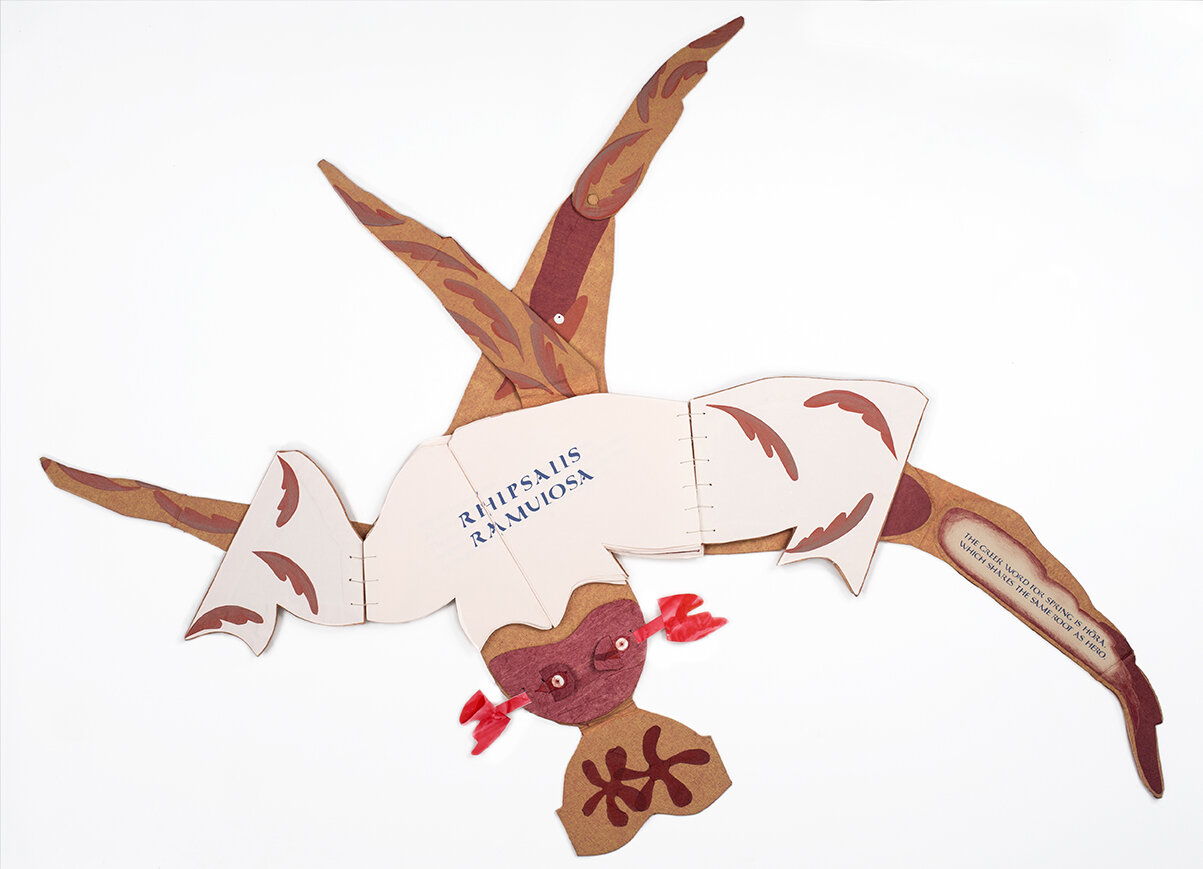
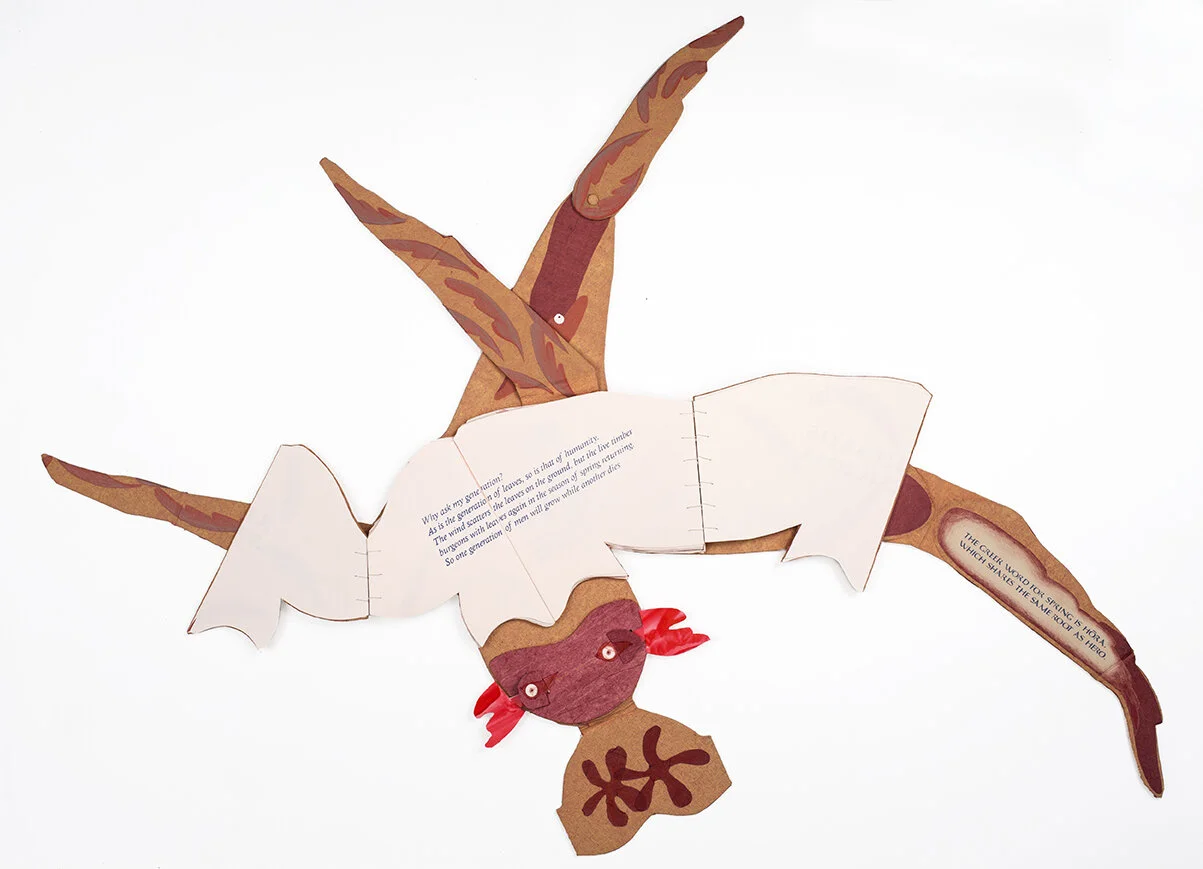
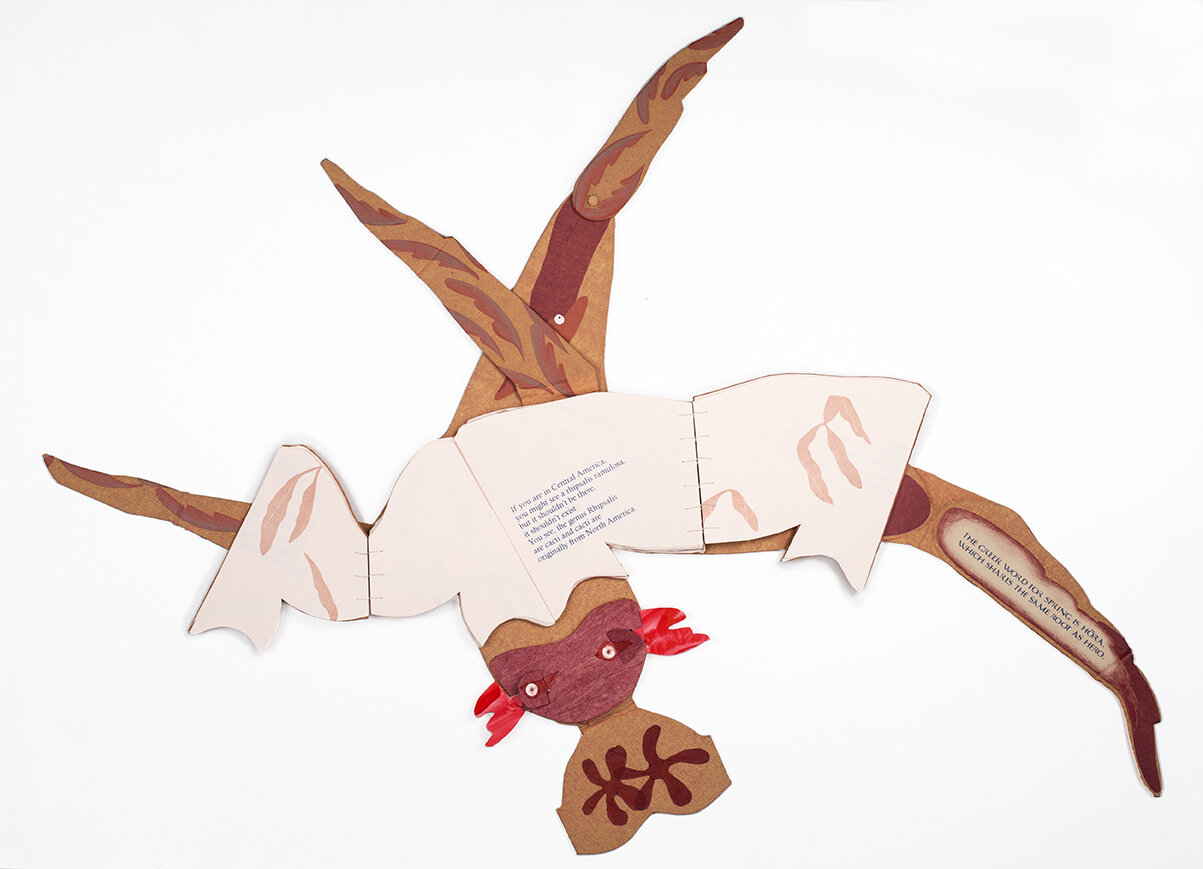
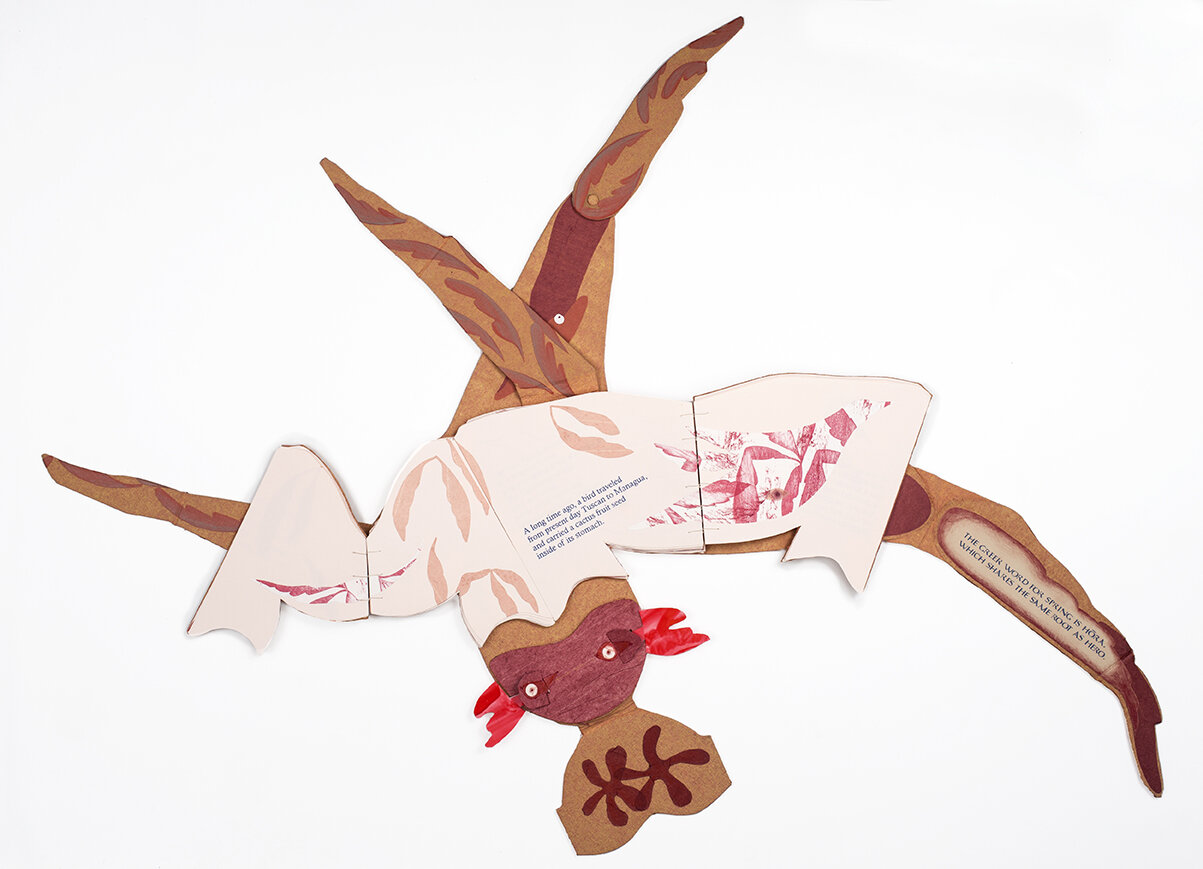
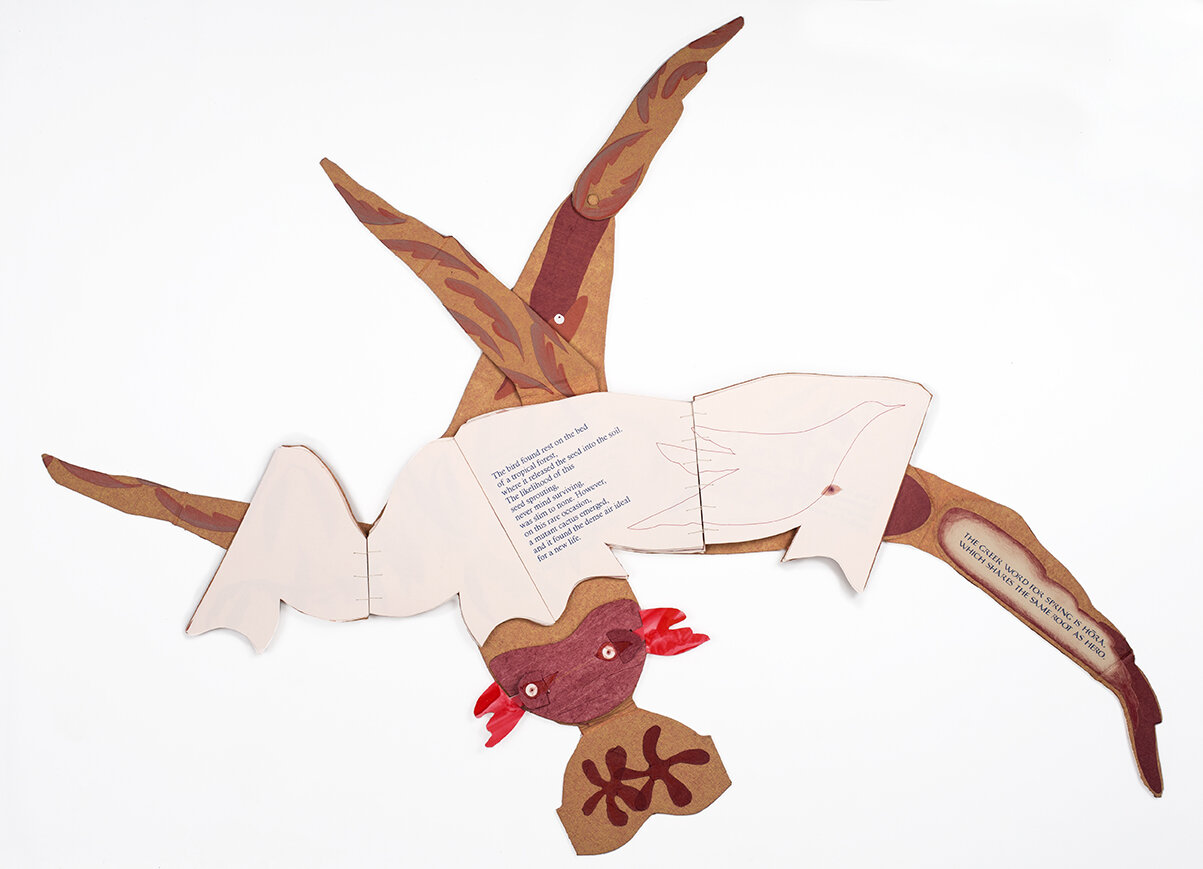
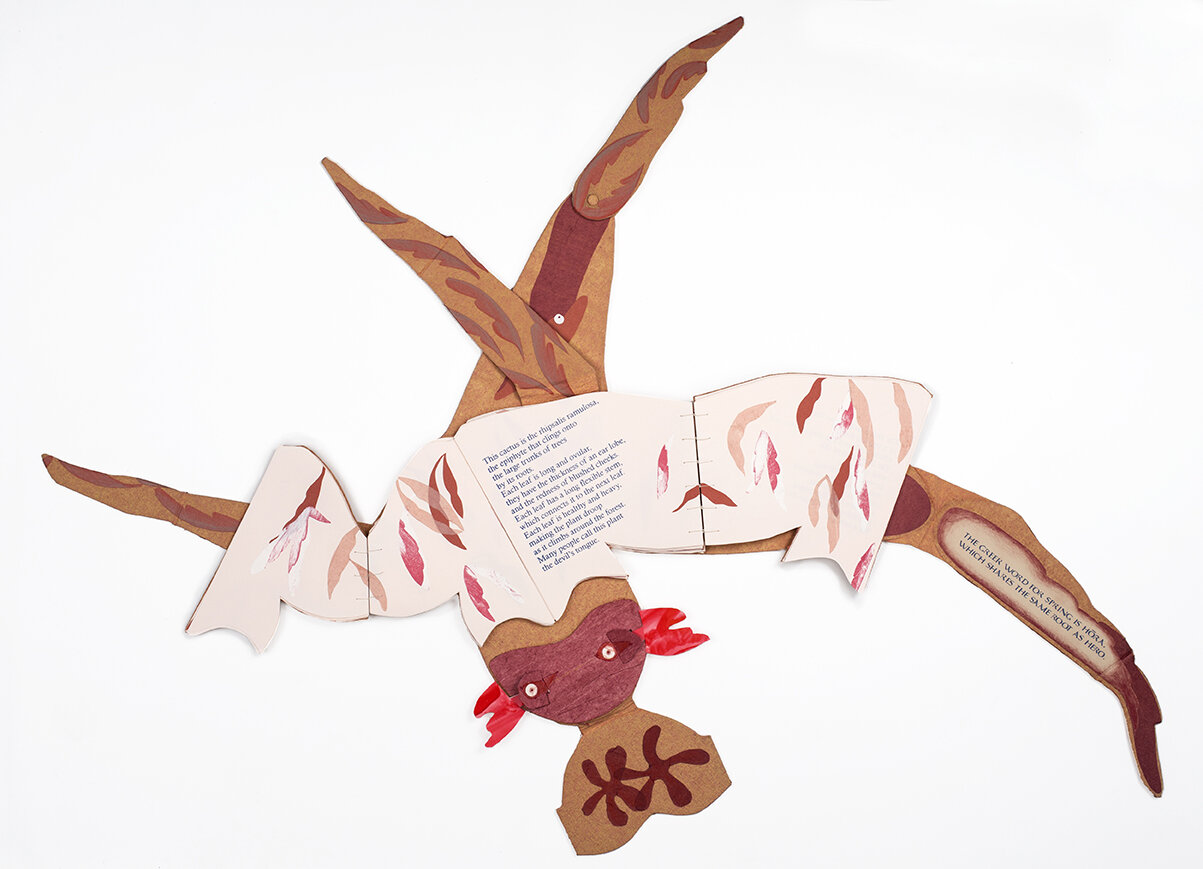
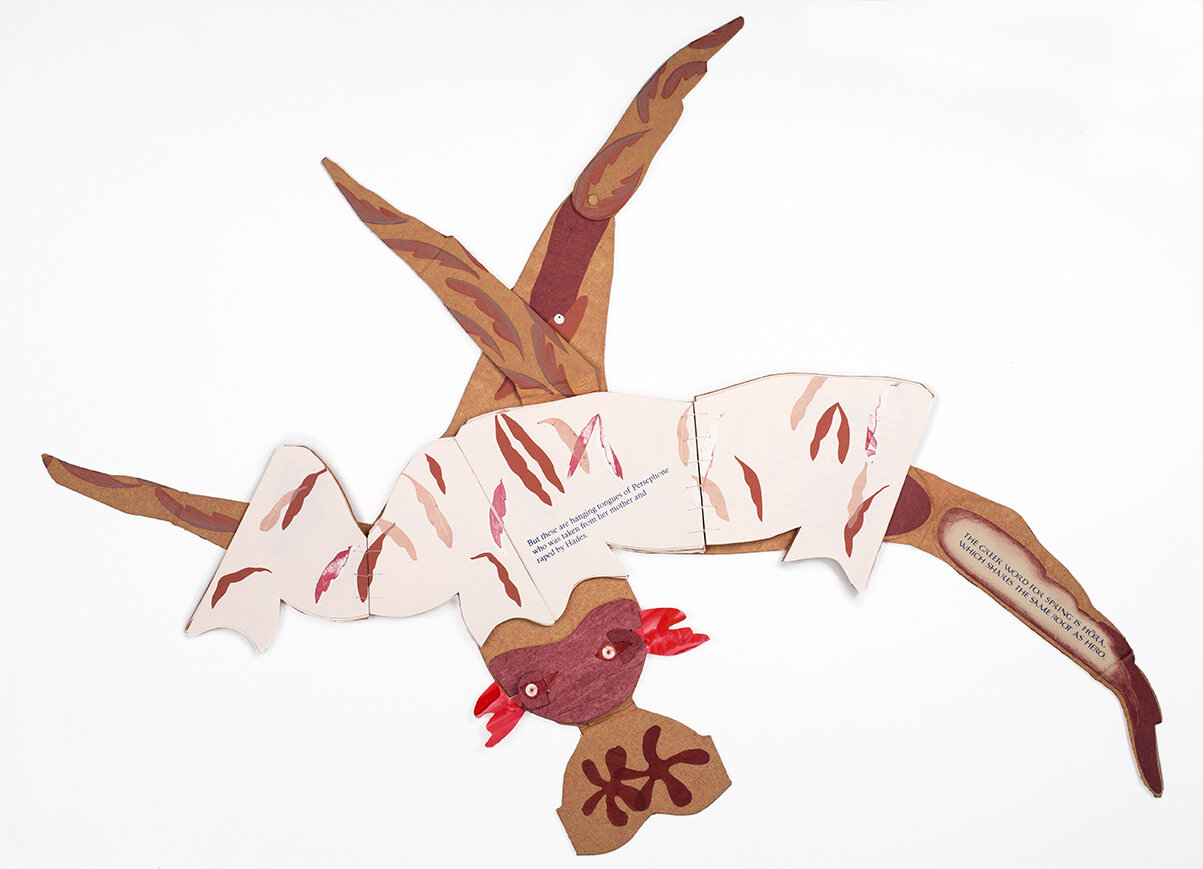
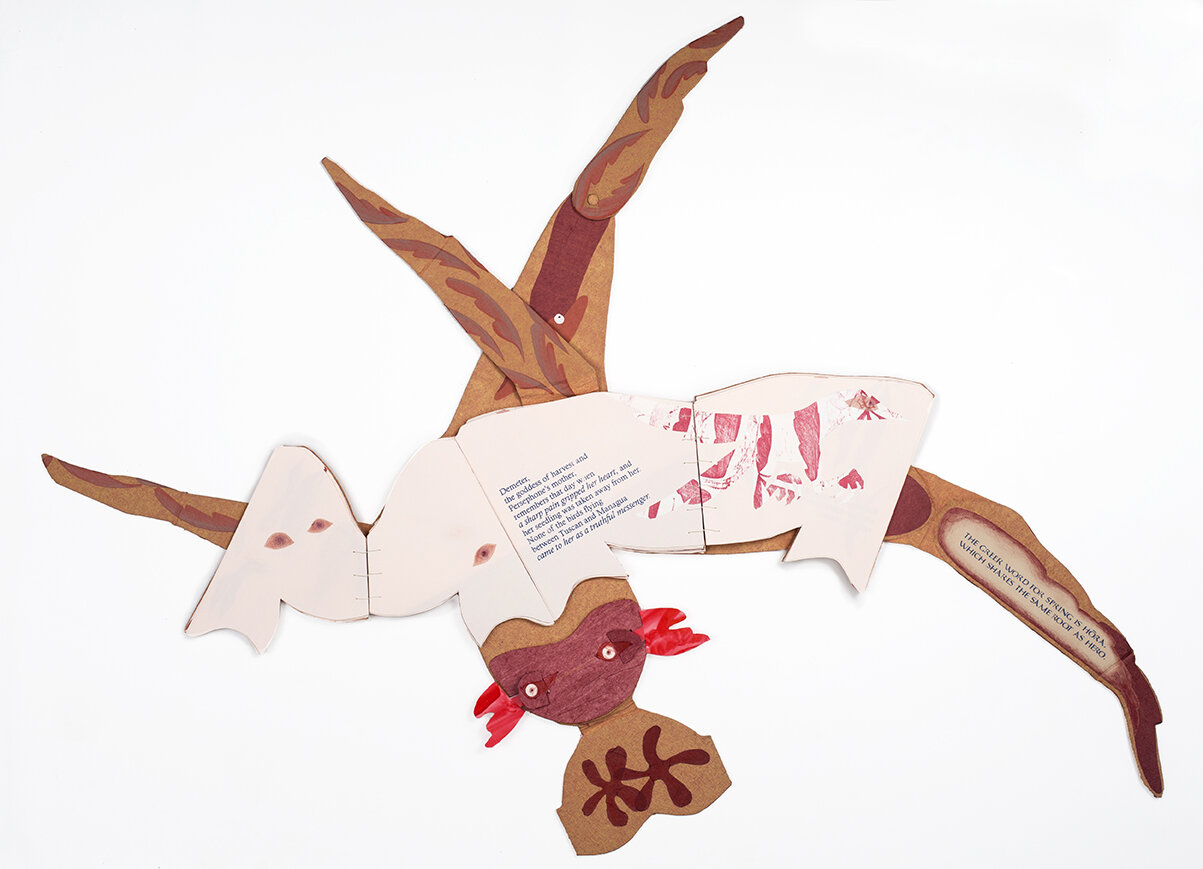
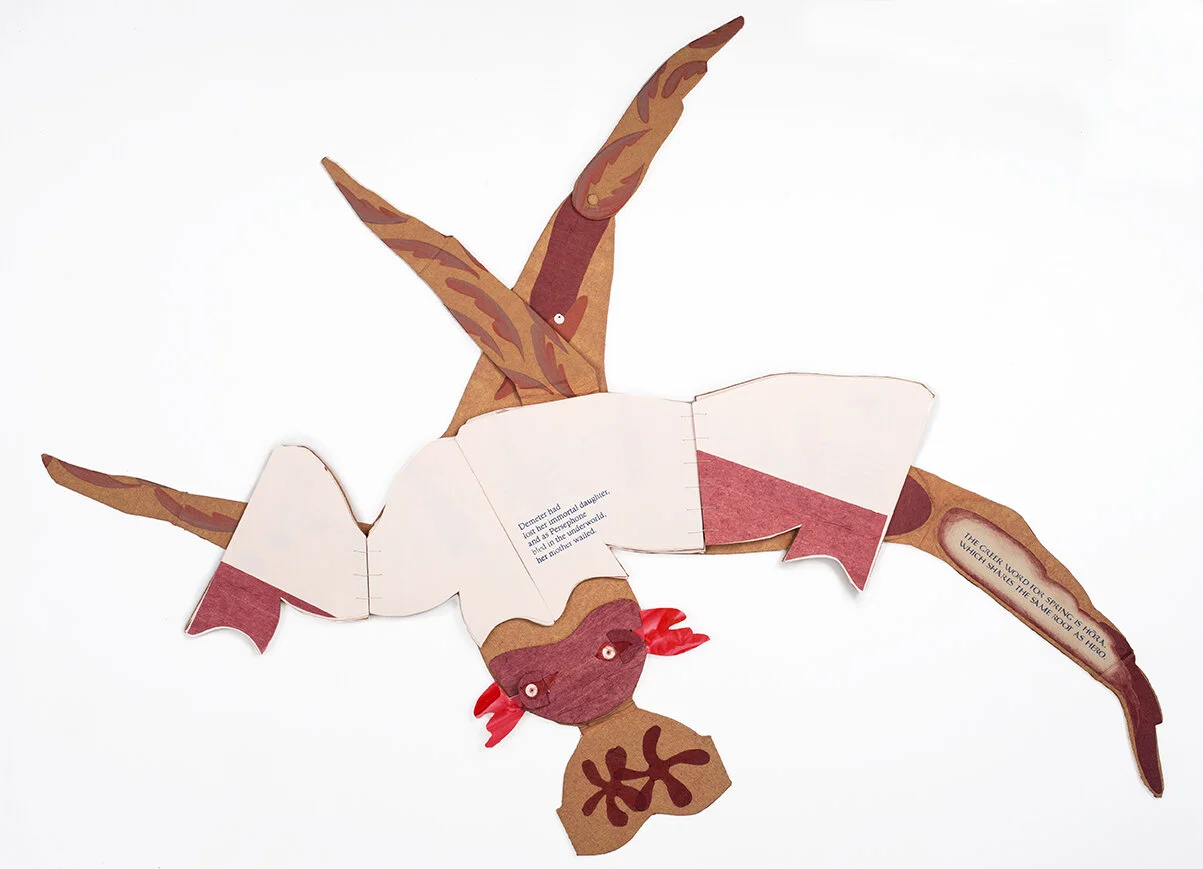
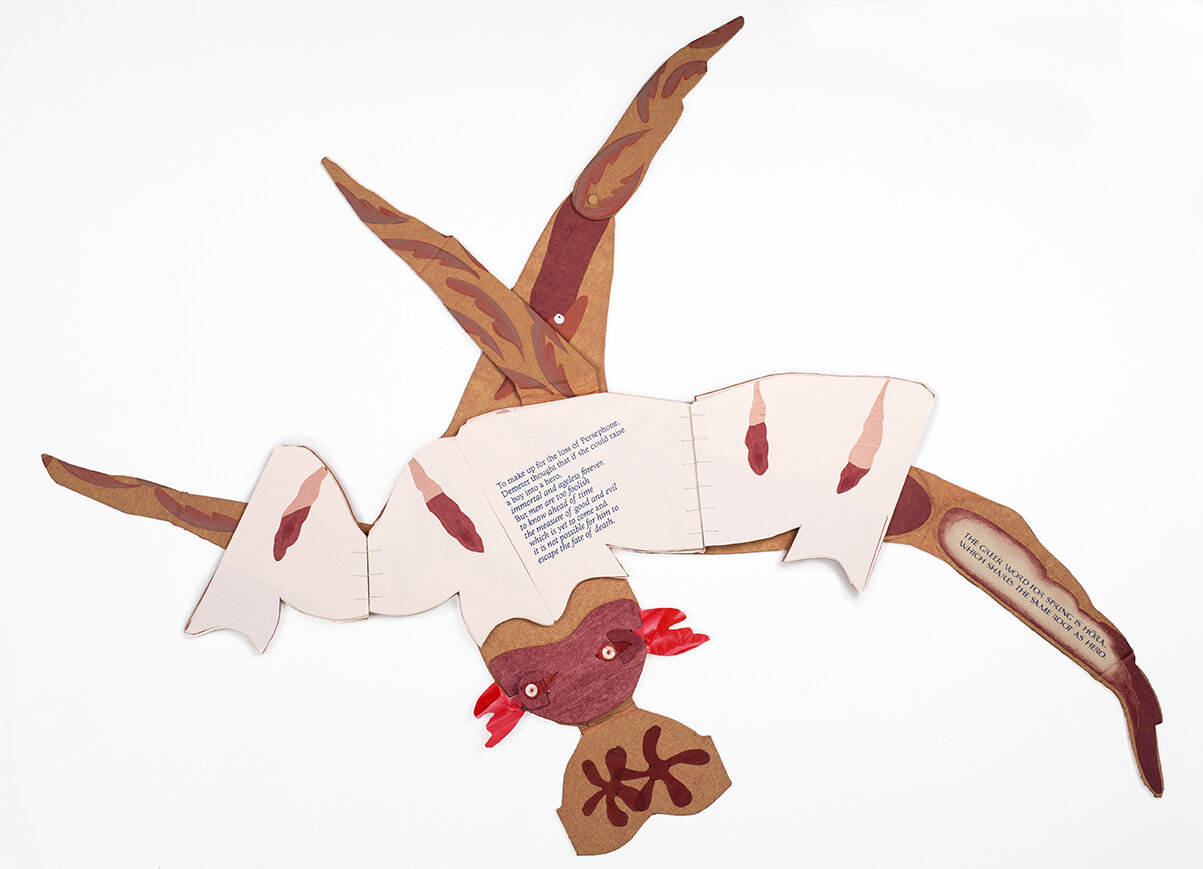
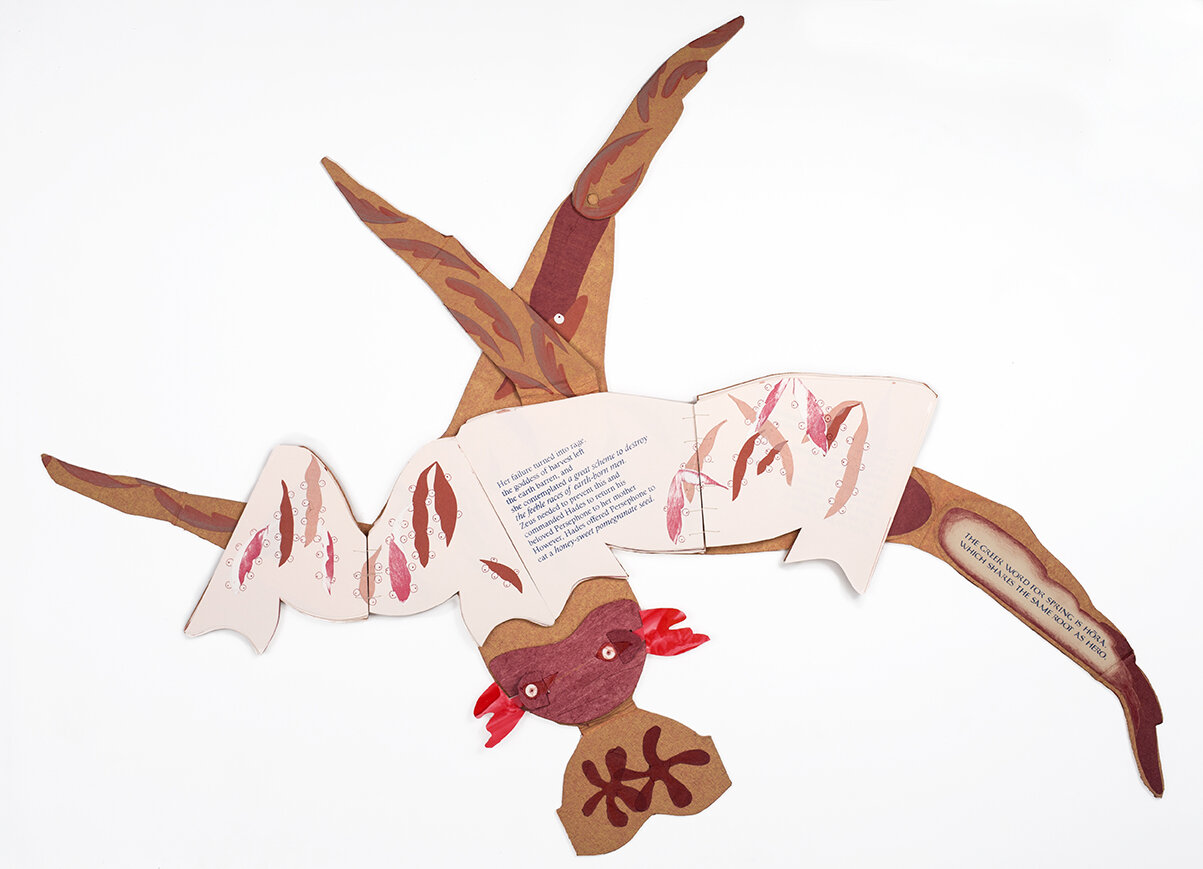
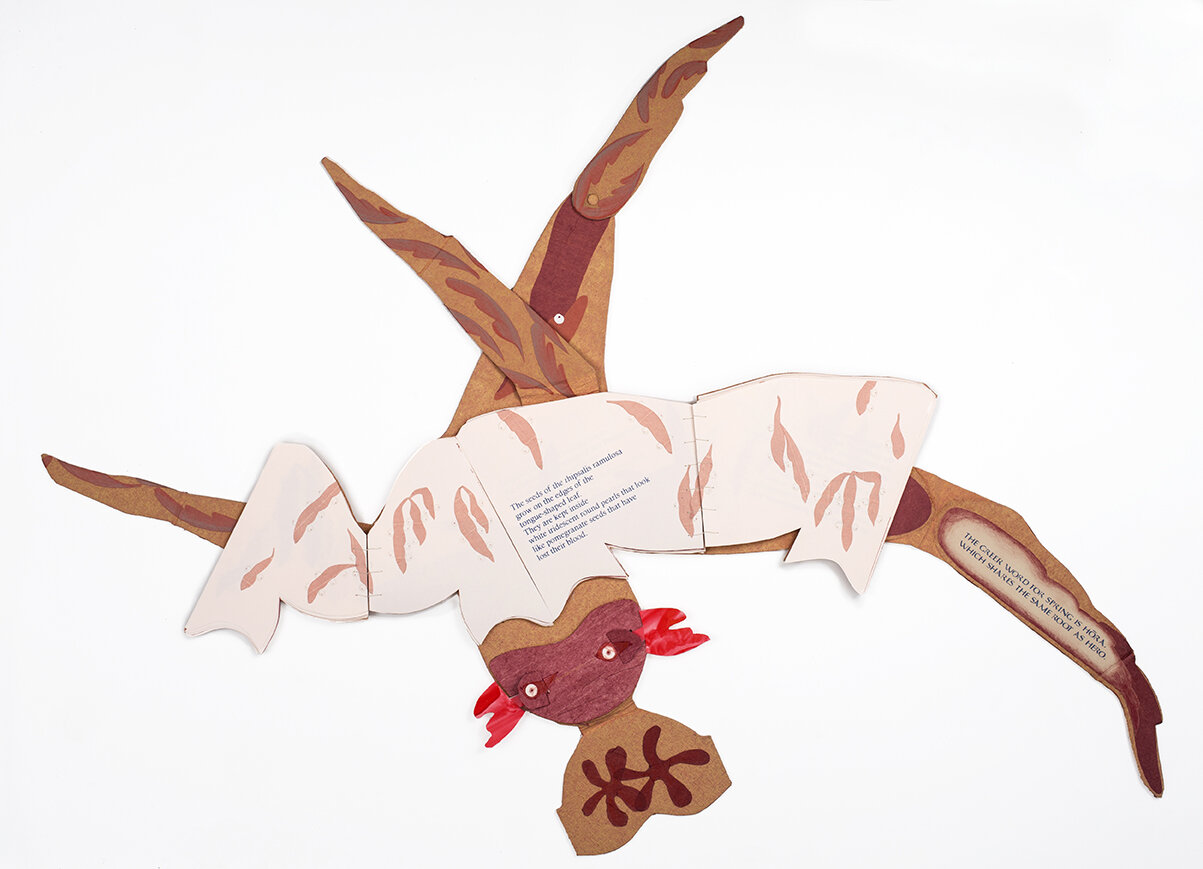
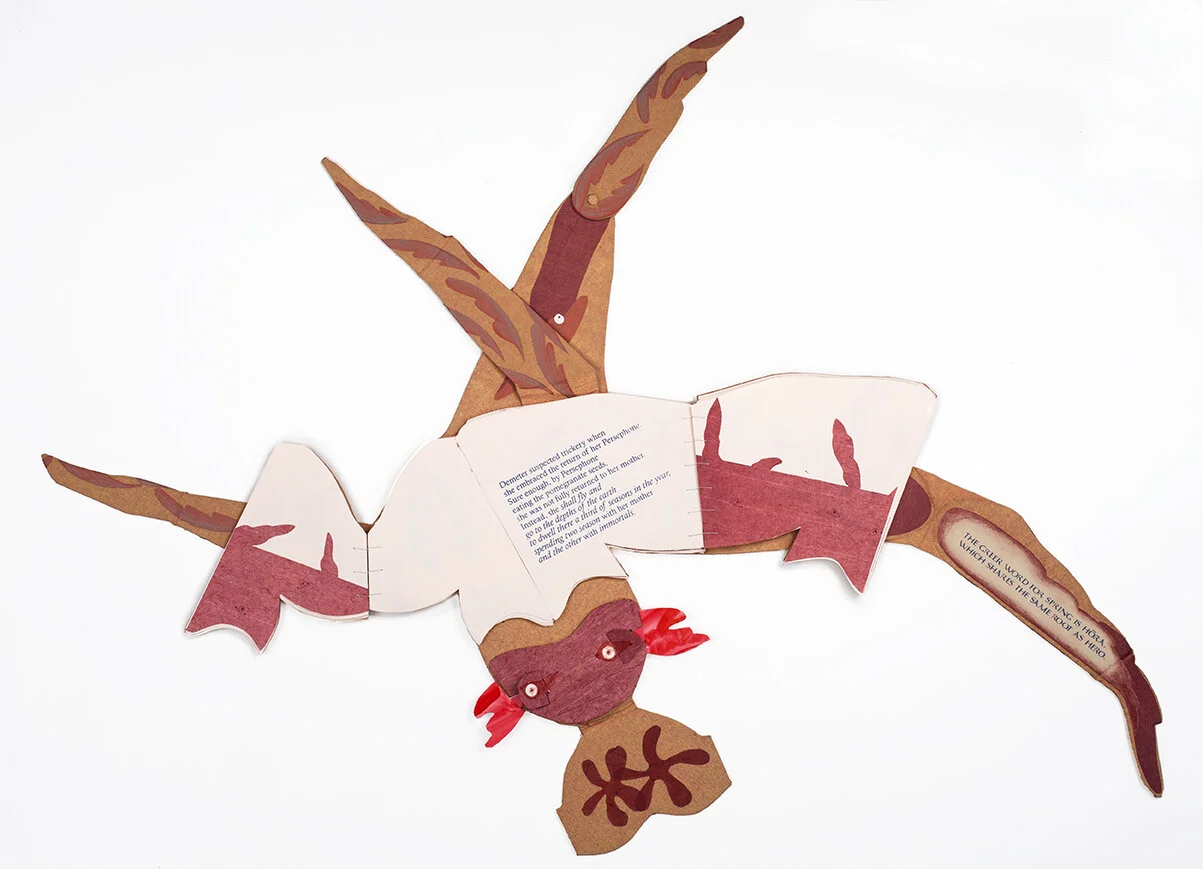
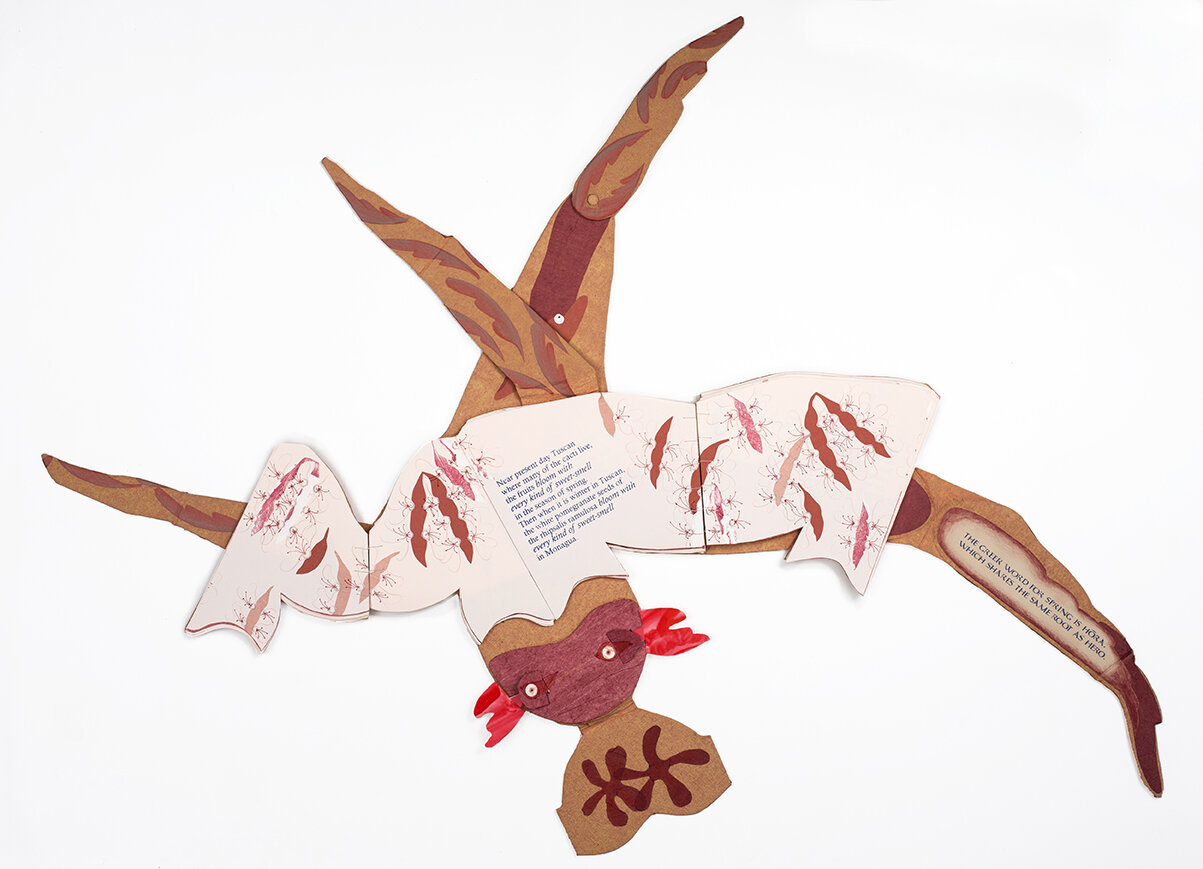
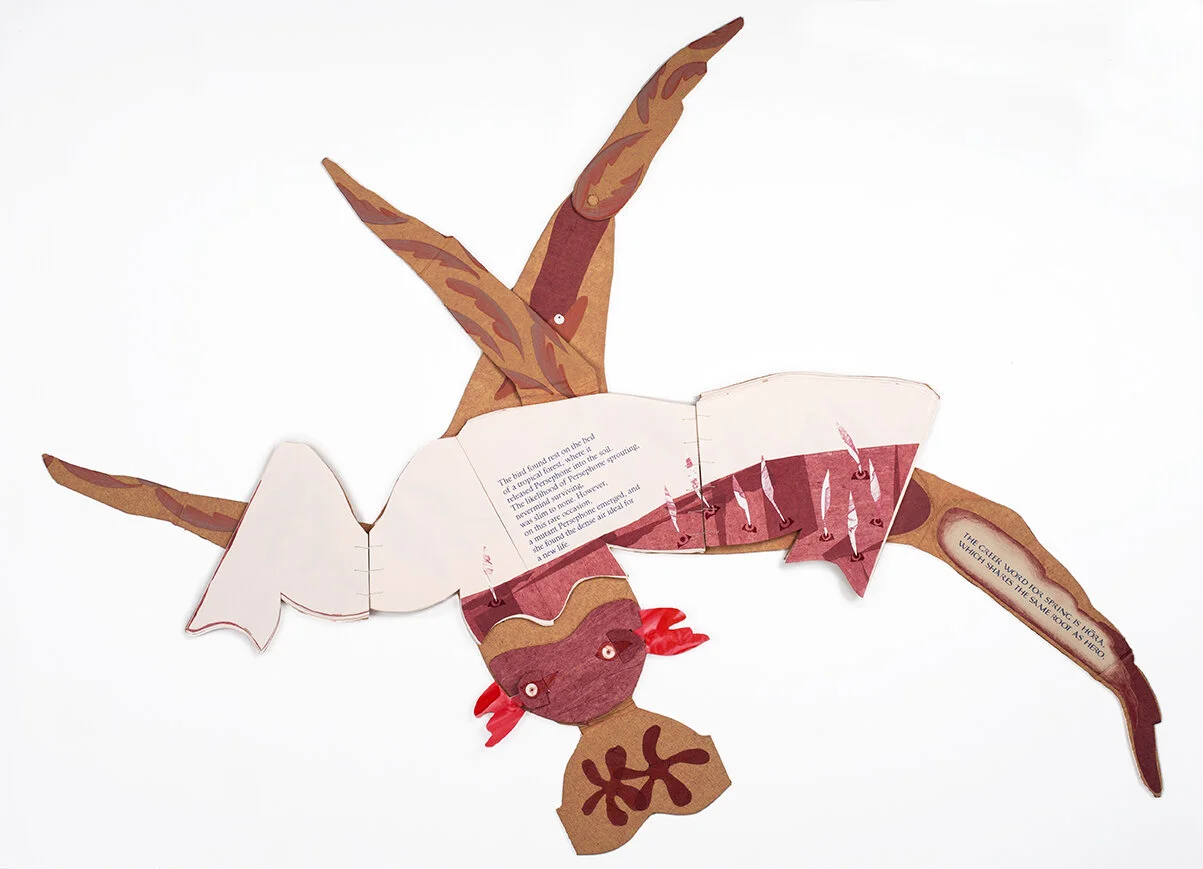
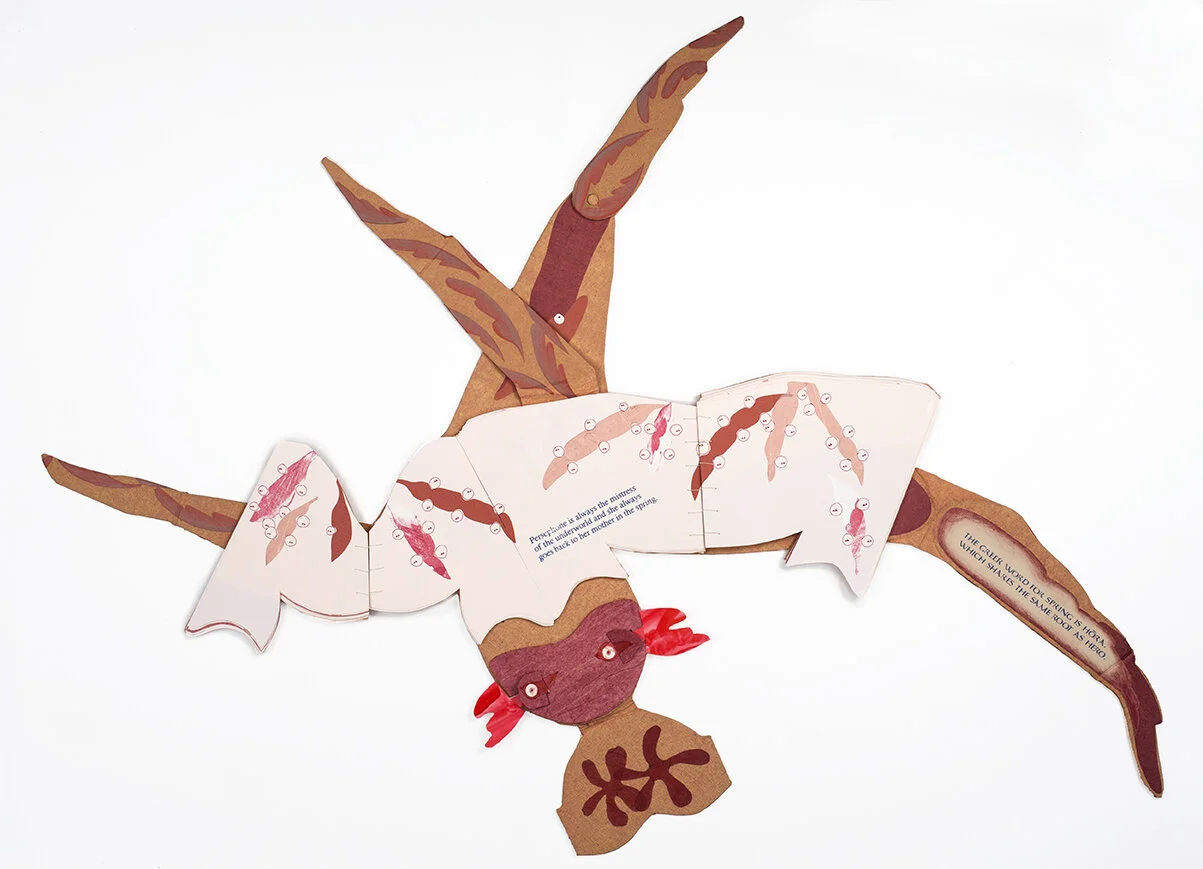
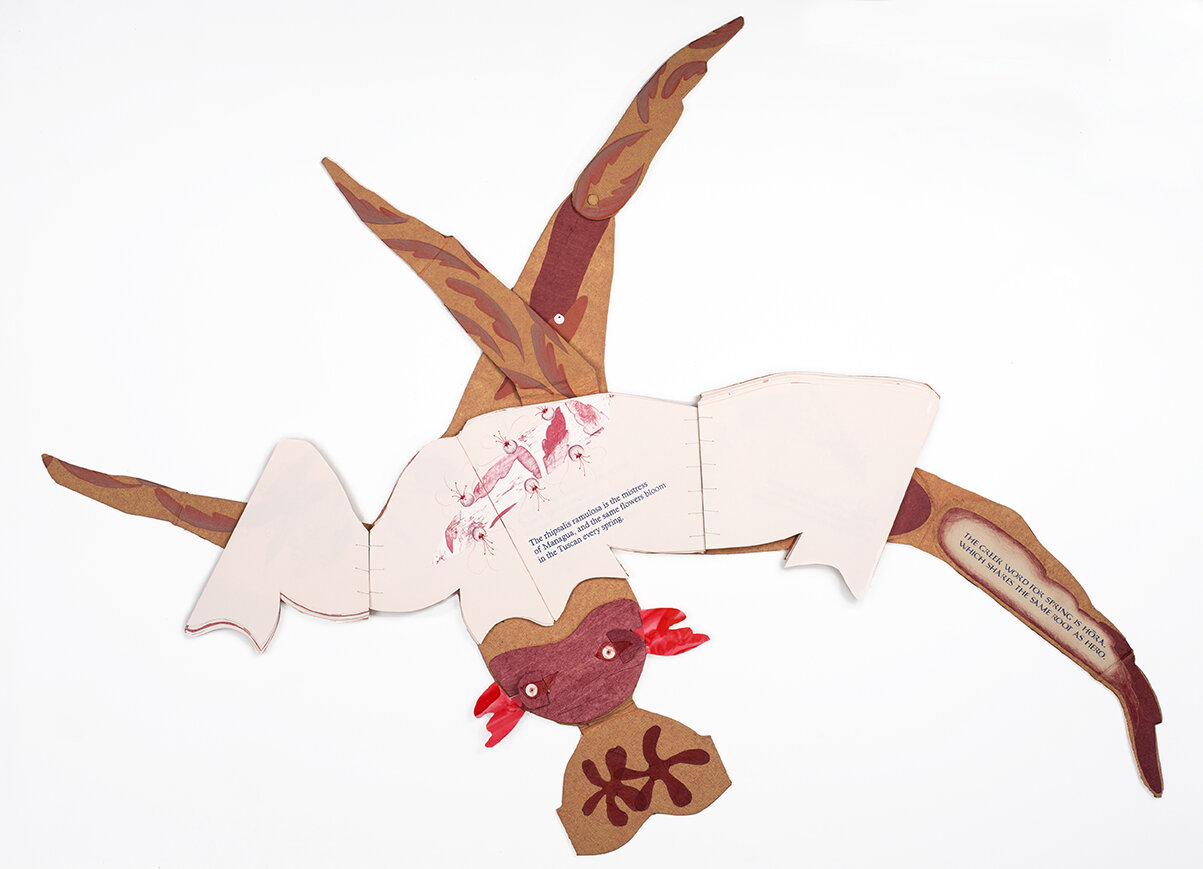
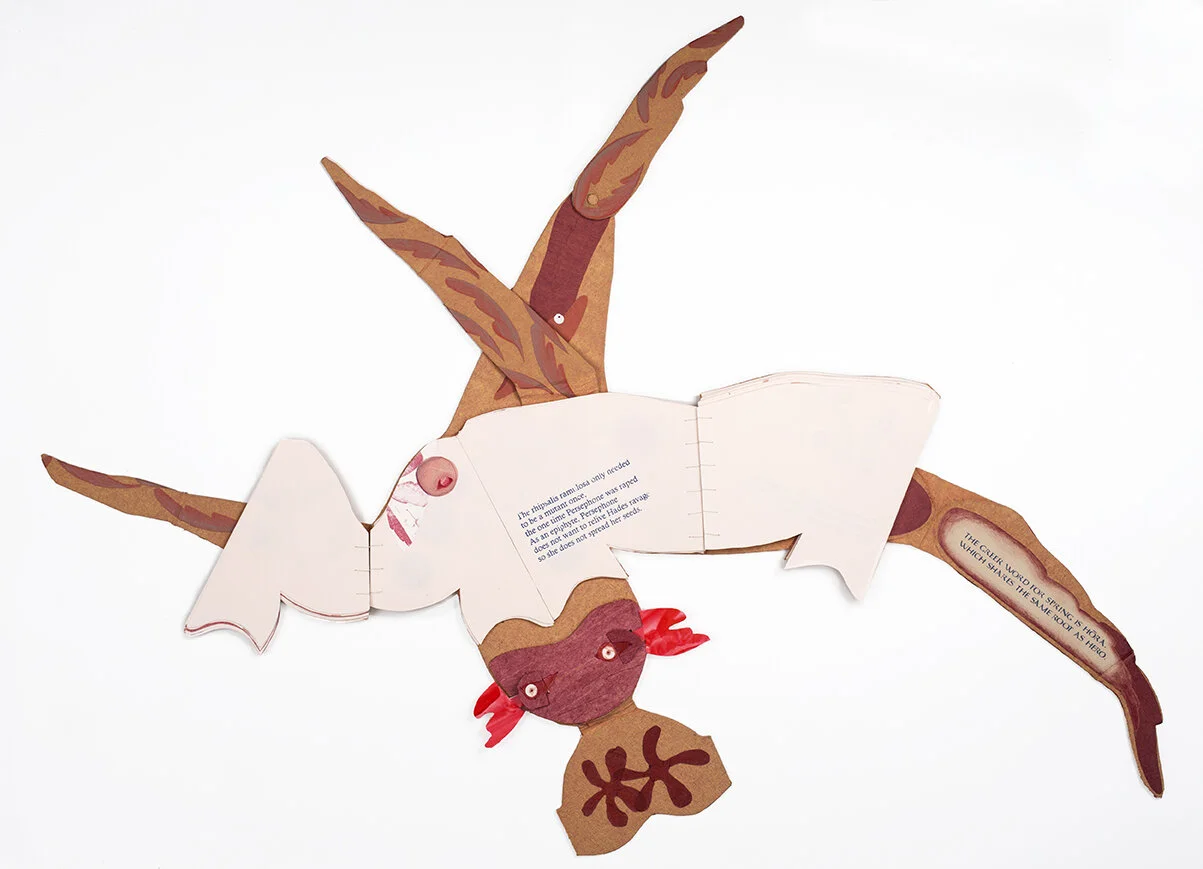
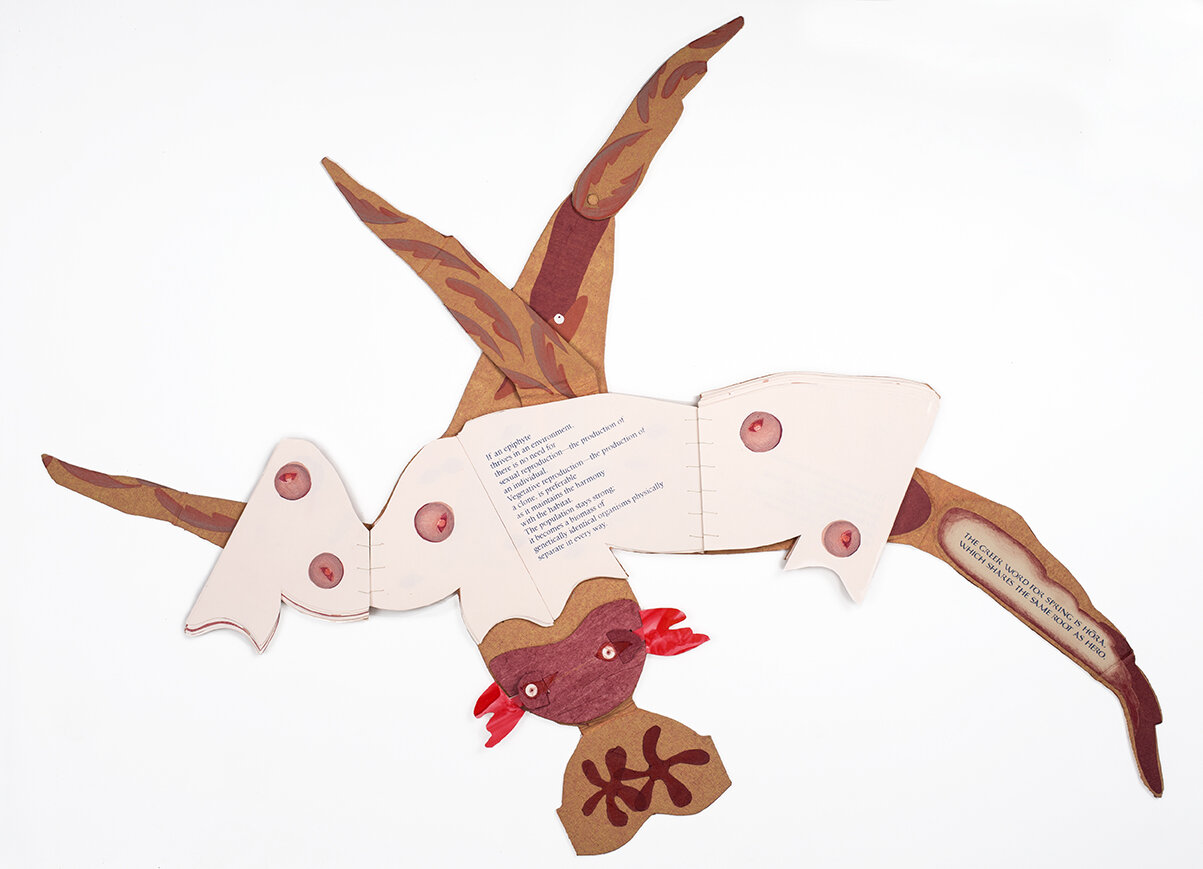

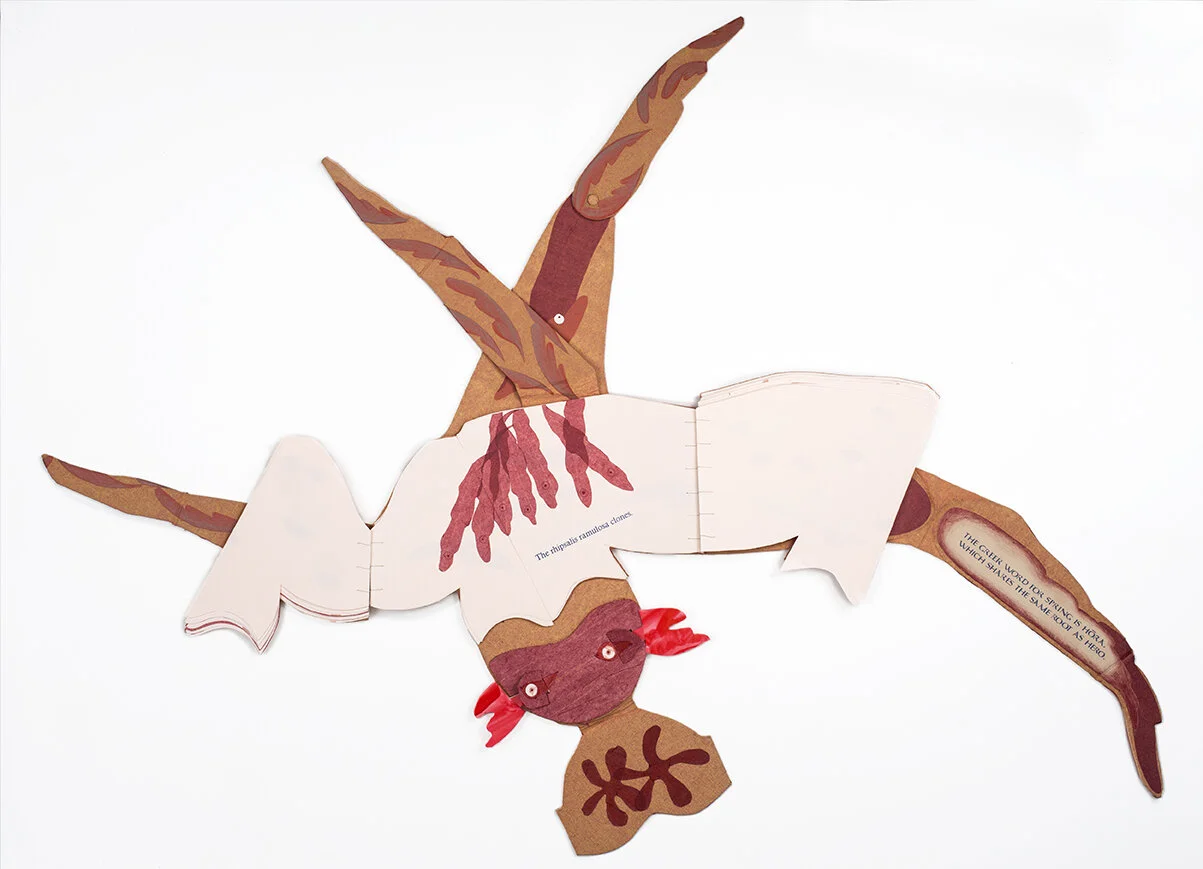
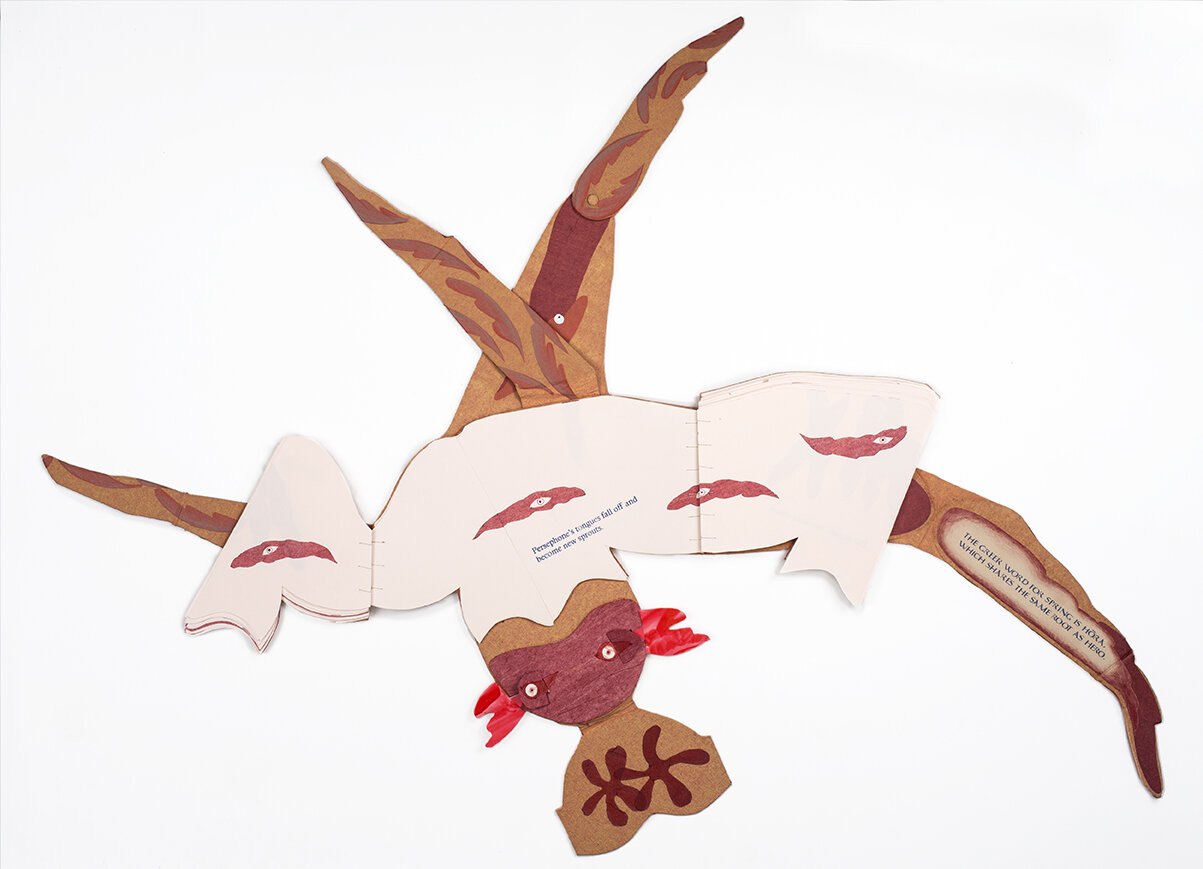
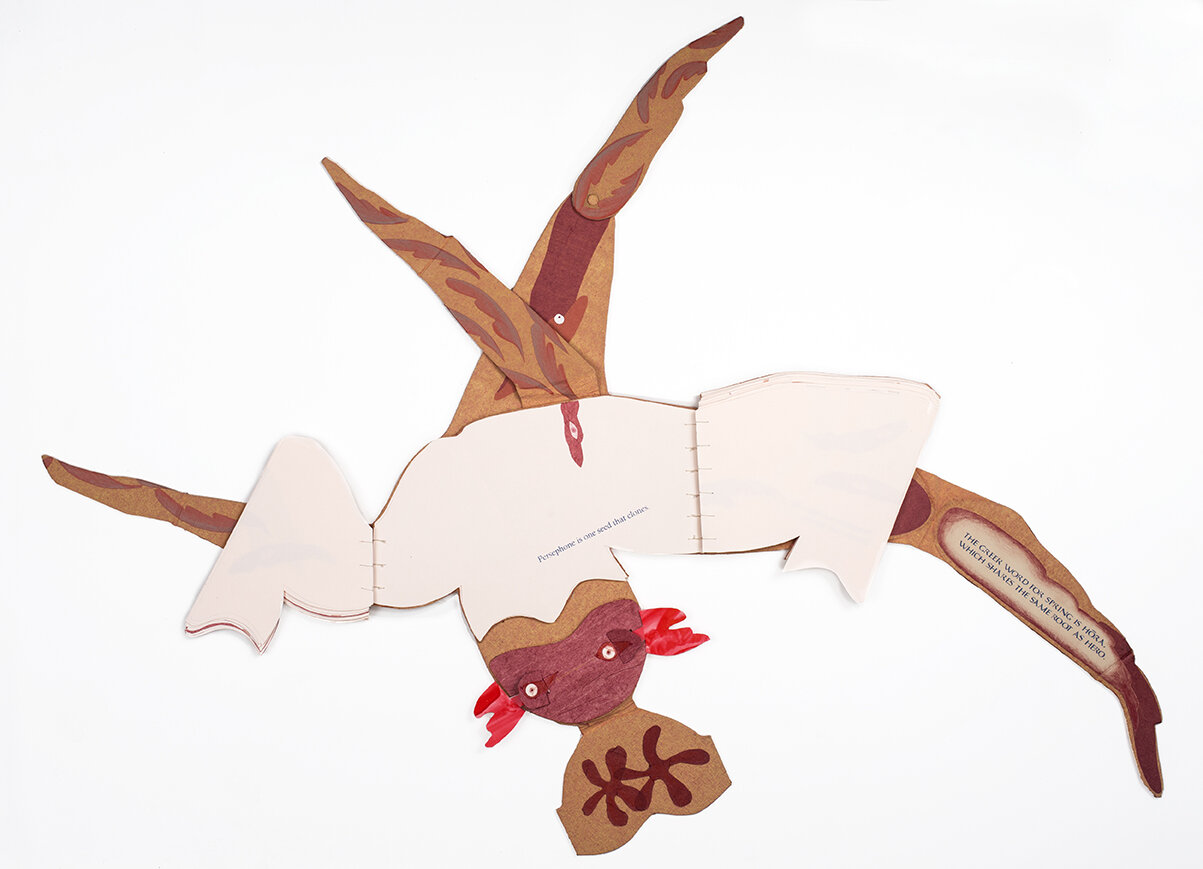
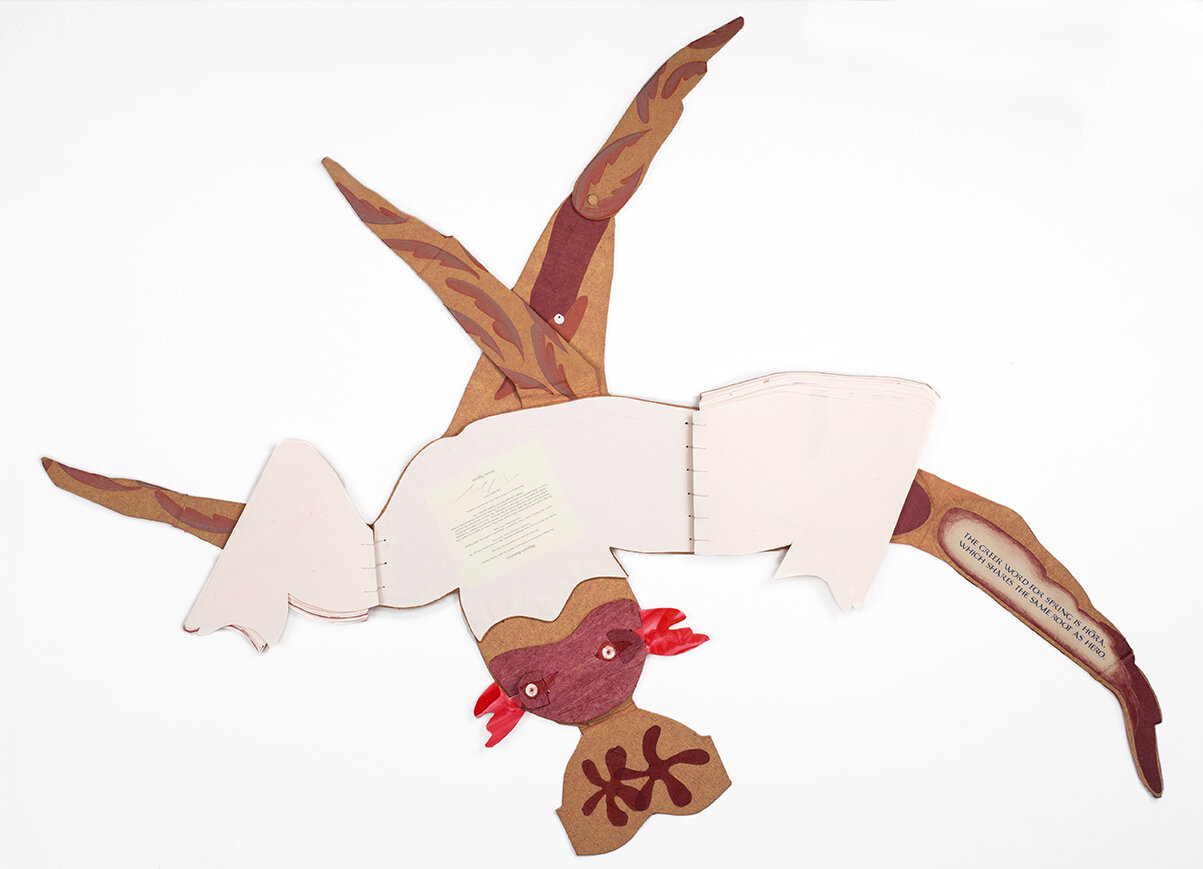
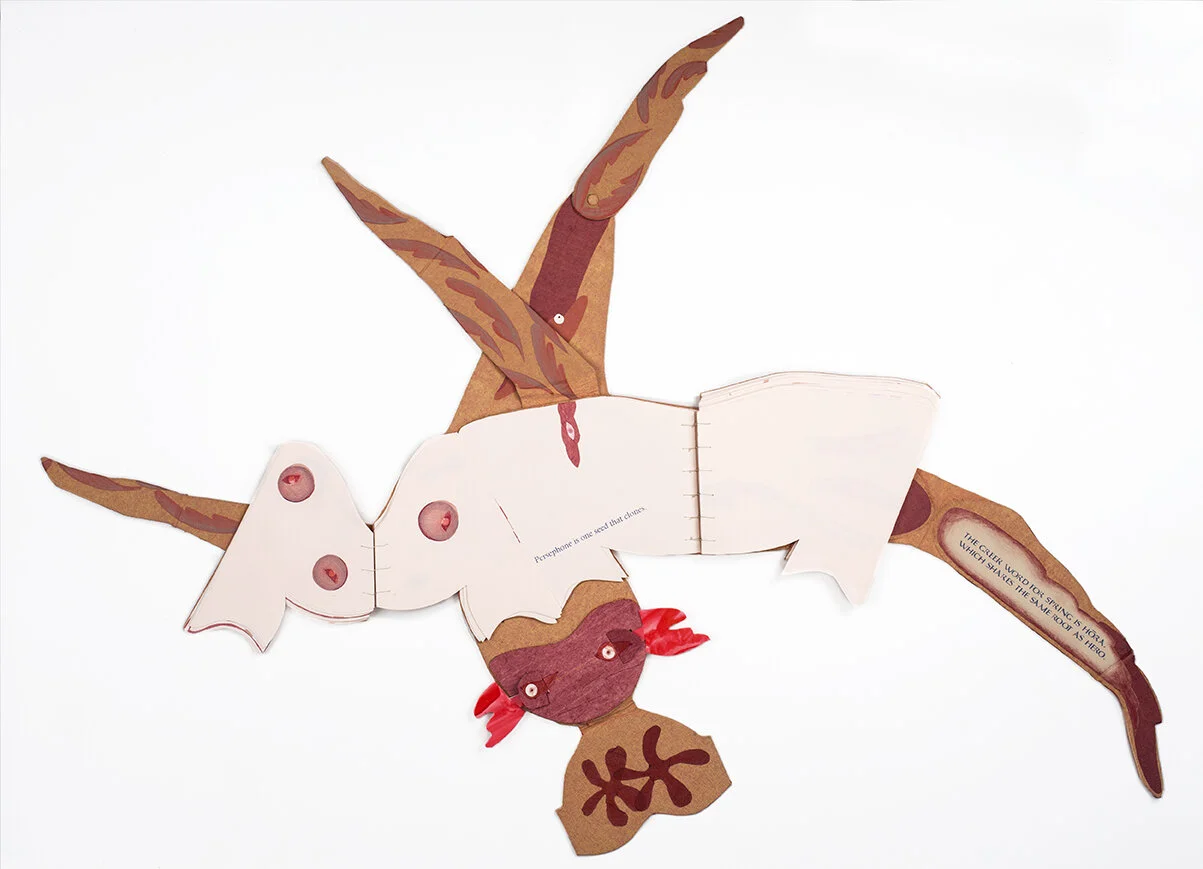
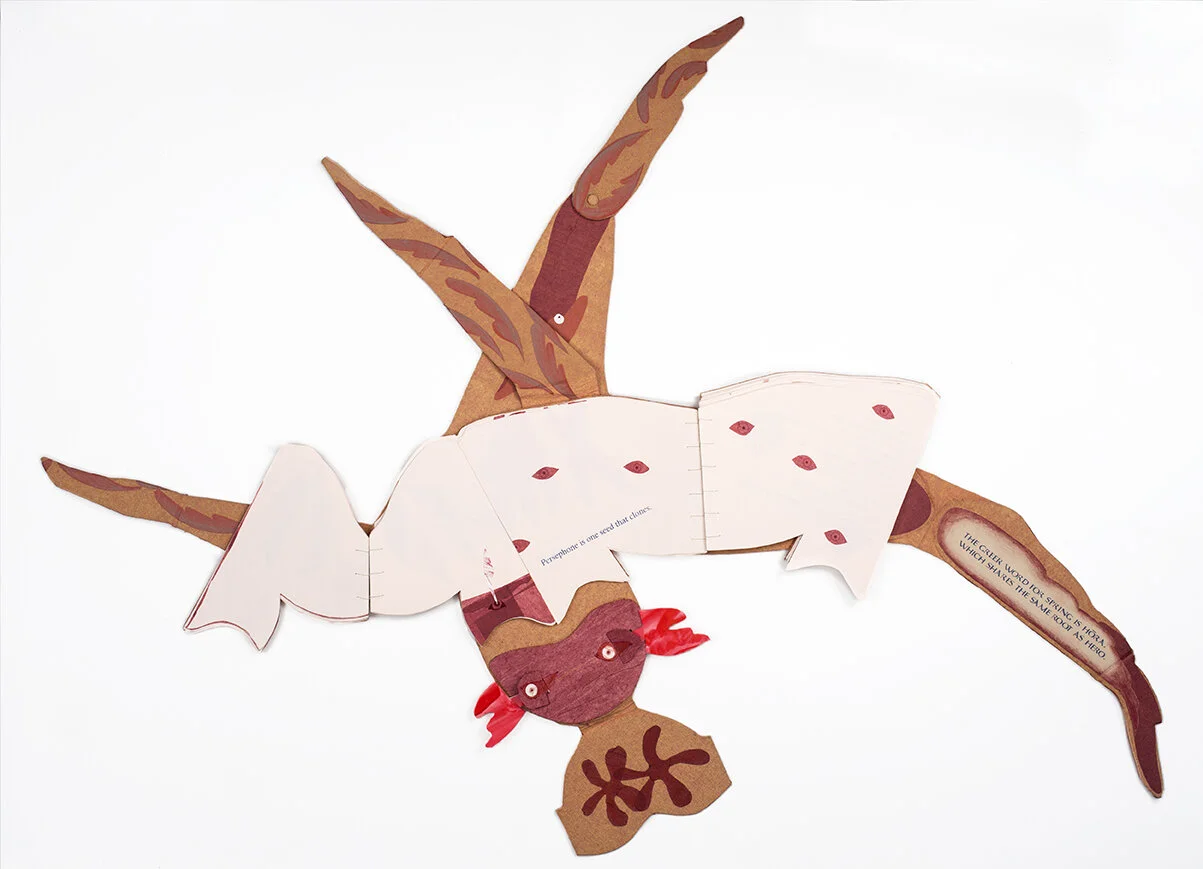
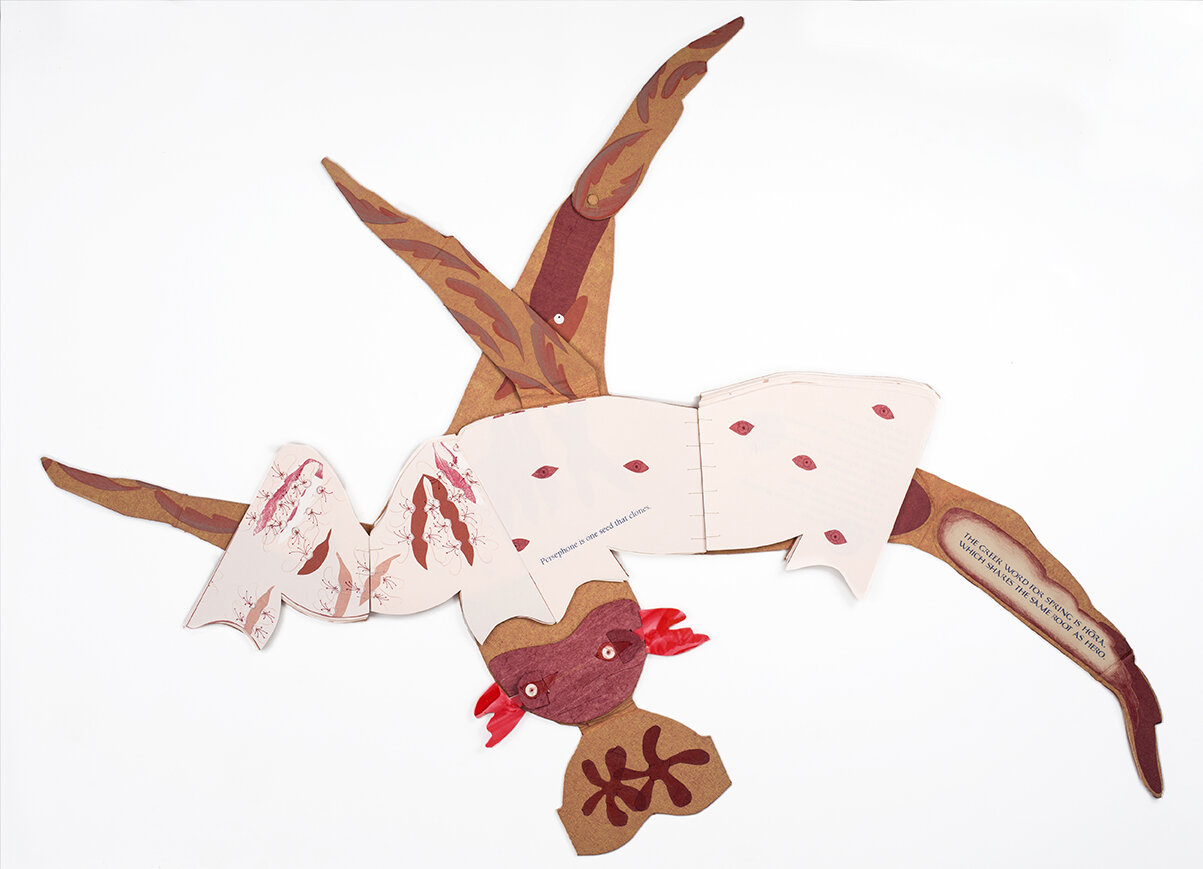
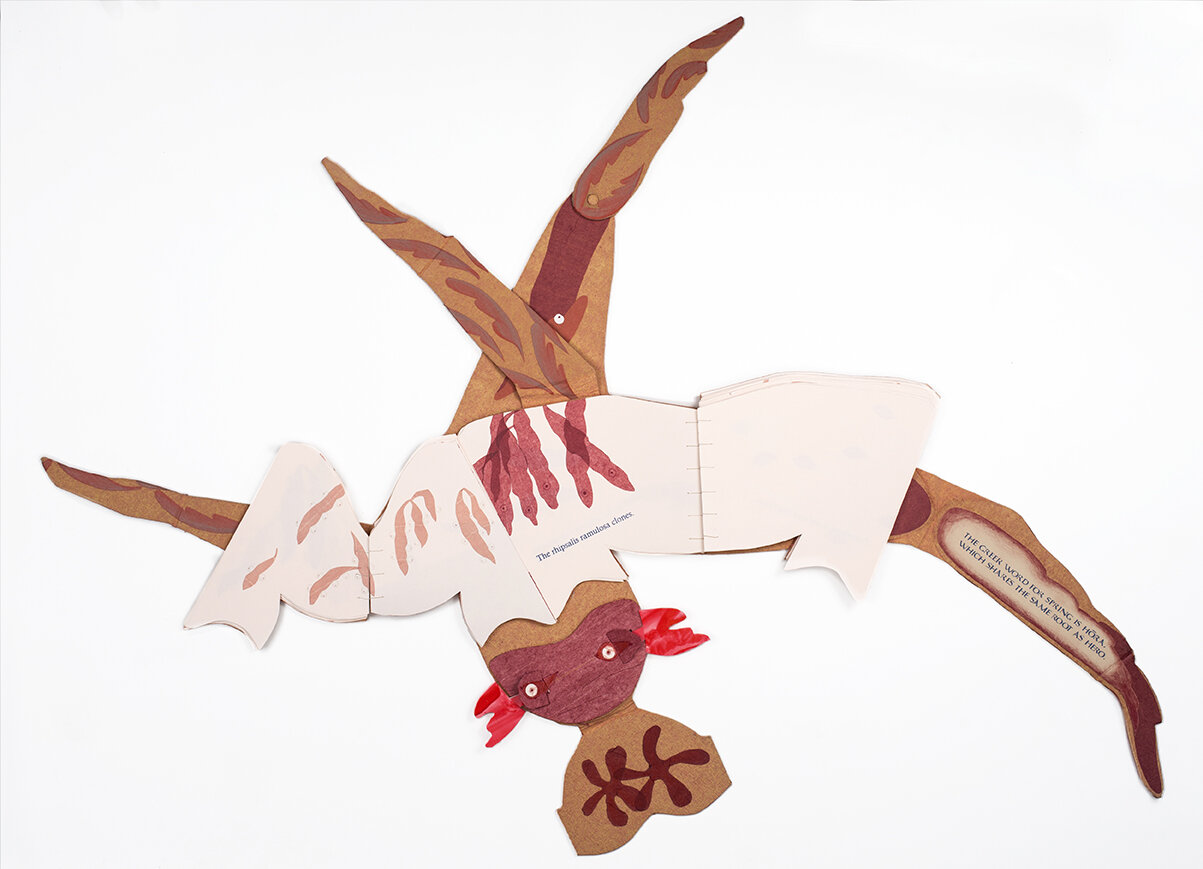
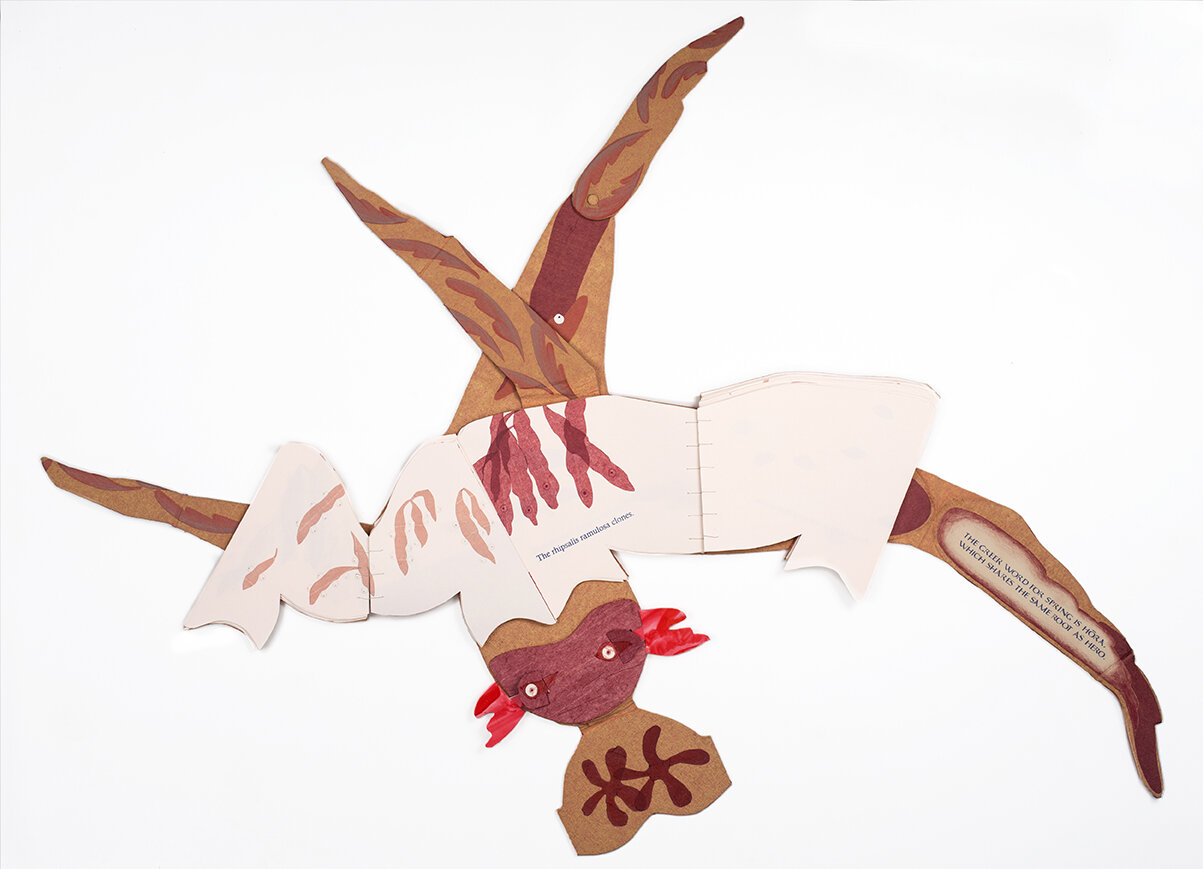
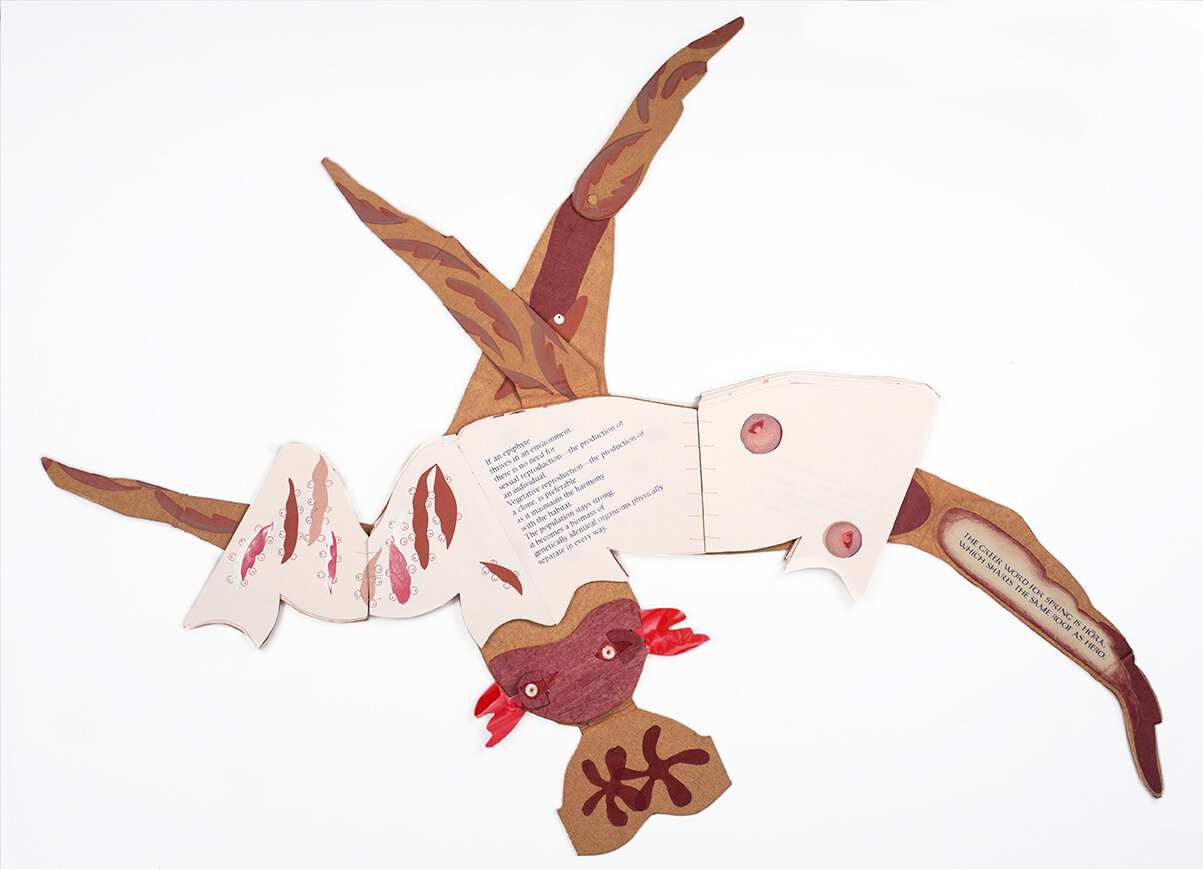
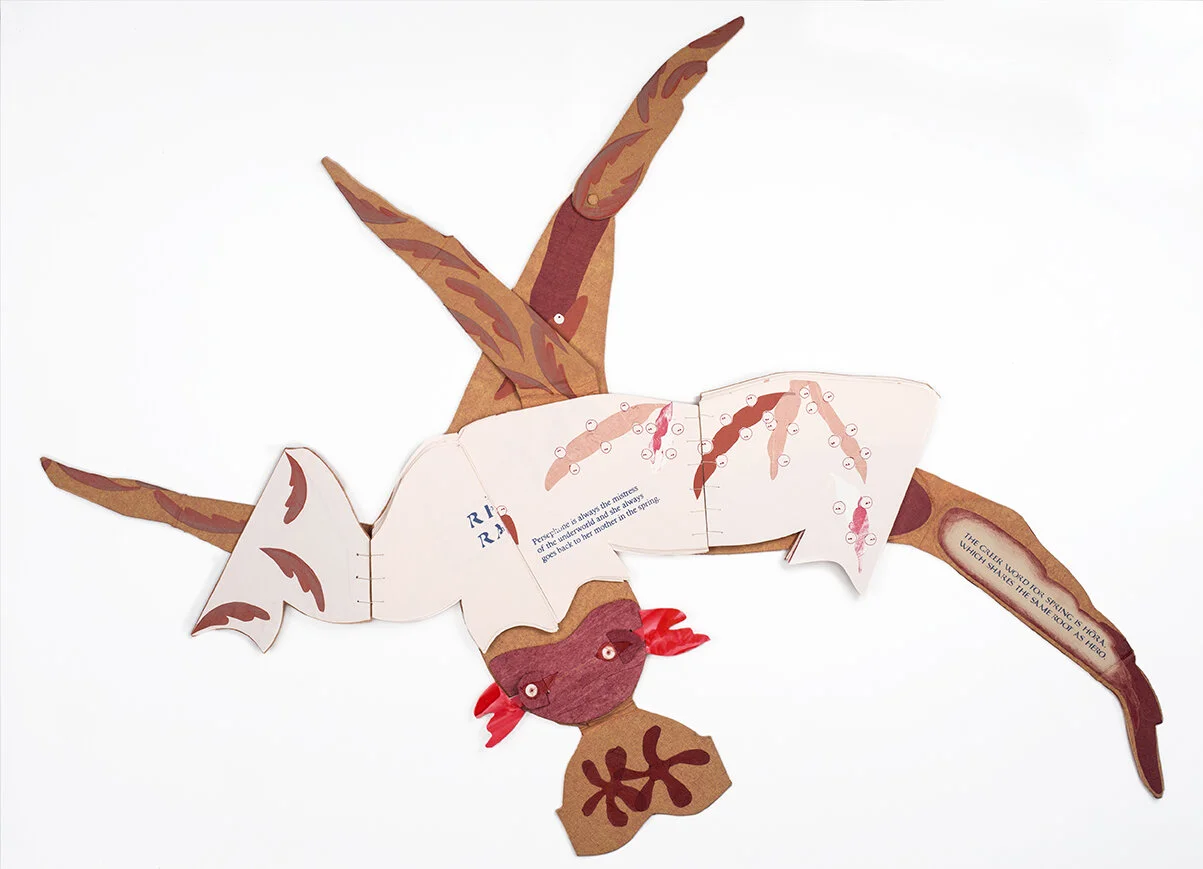
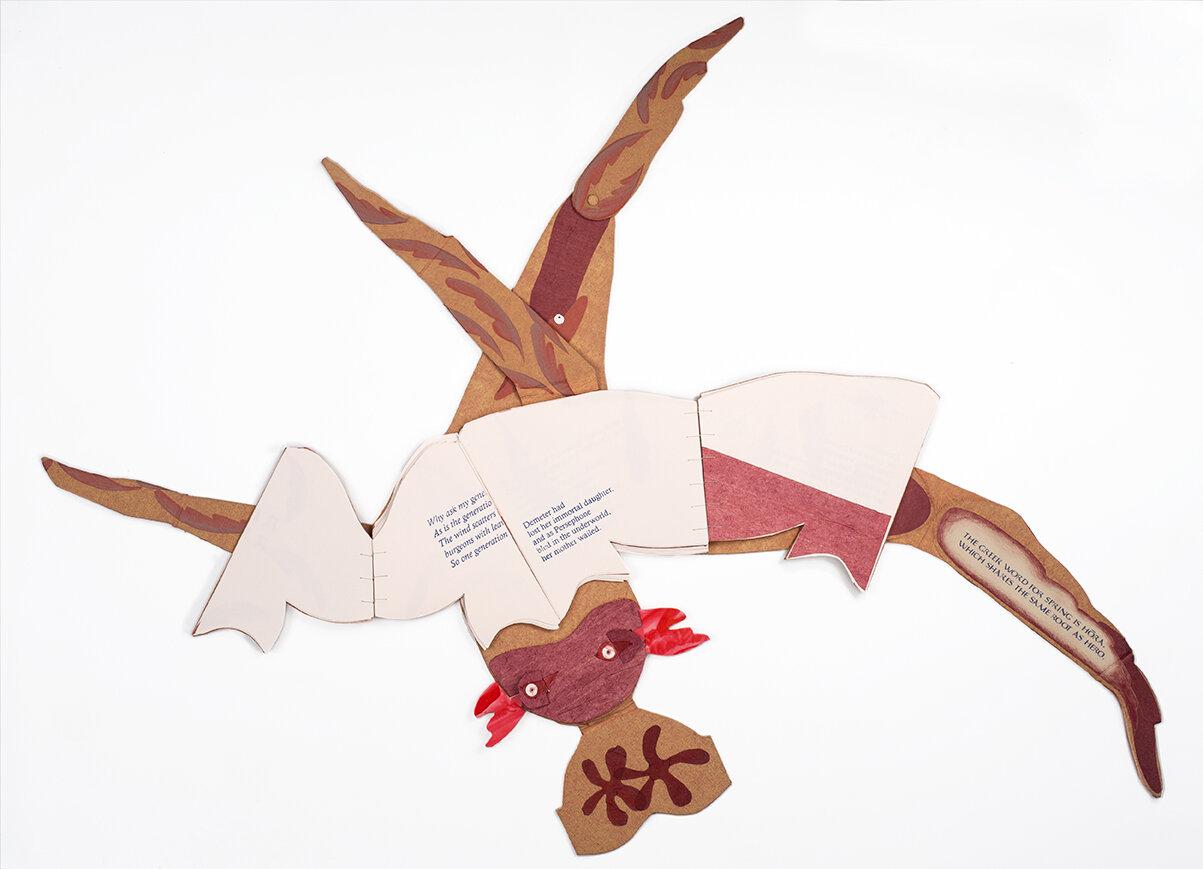

Rhipsalis Ramulosa
Springtime always welcomes the heroes.
Why ask my generation?
As is the generation of leaves, so is that of humanity.
The wind scatters the leaves on the ground, but the live timber
burgeons with leaves again in the season of spring returning.
So one generation of men will grow while another
dies.
detail
If you are in Central America,
you might see a rhipsalis ramulosa,
but it shouldn’t be there,
it shouldn’t exist.
You see, the genus Rhipsalis
are cacti and cacti are
originally from North America.
A long time ago, a bird traveled
from present day Tuscan to Managua,
and carried a cactus fruit seed
inside of its stomach.
The bird found rest on the bed
of a tropical forest,
where it released the seed into the soil.
The likelihood of this
seed sprouting,
never mind surviving,
was slim to none. However,
on this rare occasion,
a mutant cactus emerged,
and it found the dense air ideal
for a new life.
detail
This cactus is the rhipsalis ramulosa,
the epiphyte that clings onto
the large trunks of trees
by its roots.
Each leaf is long and ovular,
they have the thickness of an ear lobe,
and the redness of blushed cheeks.
Each leaf has a long flexible stem,
which connects it to the next leaf.
Each leaf is healthy and heavy,
making the plant droop
as it climbs around the forest.
Many people call this plant
the devil’s tongue.
But these are hanging tongues of Persephone
who was taken from her mother and
raped by Hades.
detail
Demeter,
the goddess of harvest and
Persephone’s mother,
remembers that day when
a sharp pain gripped her heart, and
her seedling was taken away from her.
None of the birds flying
between Tuscan and Managua
came to her as a truthful messenger.
Demeter had
lost her immortal daughter,
and as Persephone
bled in the underworld,
her mother wailed.
To make up for the loss of Persephone,
Demeter thought that if she could raise
a boy into a hero,
immortal and ageless forever.
But men are too foolish
to know ahead of time
the measure of good and evil
which is yet to come and
it is not possible for him to
escape the fate of death.
Her failure turned into rage,
the goddess of harvest left
the earth barren, and
she contemplated a great scheme to destroy
the feeble races of earth-born men.
Zeus needed to prevent this and
commanded Hades to return his
beloved Persephone to her mother.
However, Hades offered Persephone to
eat a honey-sweet pomegranate seed.
The seeds of the rhipsalis ramulosa
grow on the edges of the
tongue-shaped leaf.
They are kept inside
white iridescent round pearls that look
like pomegranate seeds that have
lost their blood.
Demeter suspected trickery when
she embraced the return of her Persephone.
Sure enough, by Persephone
eating the pomegranate seeds,
she was not fully returned to her mother. Instead, she shall fly and
go to the depths of the earth
to dwell there a third of seasons in the year,
spending two season with her mother
and the other with immortals.
detail
Near present day Tuscan
where many of the cacti live,
the fruits bloom with
every kind of sweet-smell
in the season of spring.
Then when it is winter in Tuscan,
the white pomegranate seeds of
the rhipsalis ramulosa bloom with
every kind of sweet-smell
in Managua.
The bird found rest on the bed
of a tropical forest, where it
released the Persephone into the soil.
The likelihood of Persephone sprouting,
nevermind surviving,
was slim to none. However,
on this rare occasion,
a mutant Persephone emerged, and
she found the dense air ideal for
a new life.
Persephone is always the mistress
of the underworld and she always
goes back to her mother in the spring.
The rhipsalis ramulosa is the mistress
of Managua, and the same flowers bloom
in the Tuscan every spring.
The rhipsalis ramulosa only needed
to be a mutant once,
the one time Persephone was raped.
As an epiphyte, Persephone
does not want to relive Hades ravage,
so she does not spread her seeds.
detail
If an epiphyte
thrives in an environment,
there is no need for
sexual reproduction—the production of
an individual.
Vegetative reproduction—the production of
a clone, is preferable
as it maintains the harmony
with the habitat.
The population stays strong;
it becomes a biomass of
genetically identical organisms physically
separate in every way.
Persephone is one seed that clones.
The rhipsalis ramulosa clones.
Persephone’s tongues fall off and
become new sprouts.
The following essay was written for the occasion of the exhibition and catalog.
An Essay
by Bruce King
detail
Tammy Nguyen’s work reflects upon—and re-generates—one of the principal themes of archaic and classical Greek myth: the analogy—and dis-analogy—of the traditional hero to the ephemeral bloom of spring. The very word “hero” derives from the same Indo-European root as the word for “season,” particularly the season that is spring. From that vantage, the determinate quality of the hero’s life is to be “in bloom”; and heroic, especially Iliadic, myth often compares the culmination of the hero’s life—the moment when heroic desire and bodily force coalesce—to the bloom of a spring flower, though—crucially—that moment of surpassing strength and beauty is also the moment of death. The “beautiful death” of the hero—the emblem of which is the flower in bloom—arrives at the very pitch of masculine consummation; at that moment, life-form is both completed and destroyed. And at that same paradoxical moment, the hero’s life—his story—passes into the keeping of the epic bard: a death in exaltation on the battlefield assures the hero’s immortality in the songs of the traditional poet. The ephemerality of natural life is countered by immortality in the recitations, generation after generation, of the poets.
In the Iliadic speech that Nguyen cites in each of her re-imaginings of Greek myth, we hear the hero articulate—and grapple with—his own traditional form: mortal lives are as fleeting and insignificant as the leaves—or as nature itself, which cares nothing for the individual, only for the species; adopting, for the moment, the distanced perspective of the Olympian or the naturalist, the heroic speaker sees the insignificance of any particular human life. It is that threat of meaninglessness (or, that reality for Achilles) that catalyzes the logic of the “beautiful death”: the struggle of the hero is to rescue meaning, however uncertainly (and if only in death), from the annihilating turns and returns of the seasons, from the death-bound fragility of mortal nature itself.
In Nguyen’s retellings and visual re-graftings of Greek myth, the ancient tales are animated yet again, even as her foregrounding of a less familiar—less celebrated—nature contests the old insistence—the old tragic mania—on individuation, on adventure at all costs, and all for the story that follows. Epiphytes, rhizomes, clones, the harmonies of the biomass: the nature that Nguyen makes meaningful in her art speaks less of the struggle to press the individual name into collective consciousness than of the possibilities of other natures observed and celebrated, perhaps to our own evolving human good.
Bruce M. King (Ph.D., University of Chicago) teaches Classics and Humanities at the Gallatin School of Individualized Study, NYU and at the Pierrepont School. He has published on early Greek poetry and philosophy, on Attic tragedy, and on Freud. His book on the Iliad, Achilles All Unheroic, is forthcoming.








